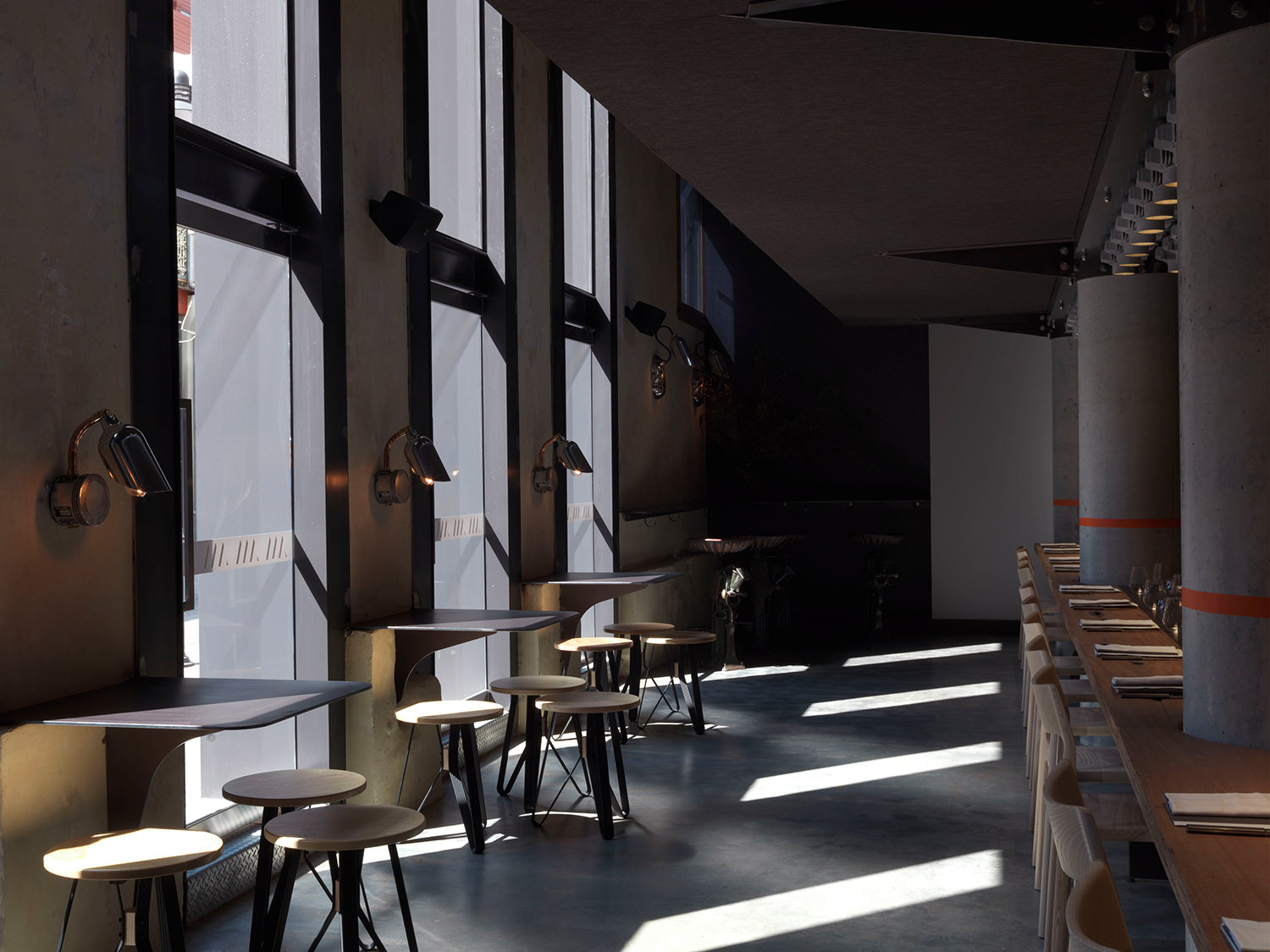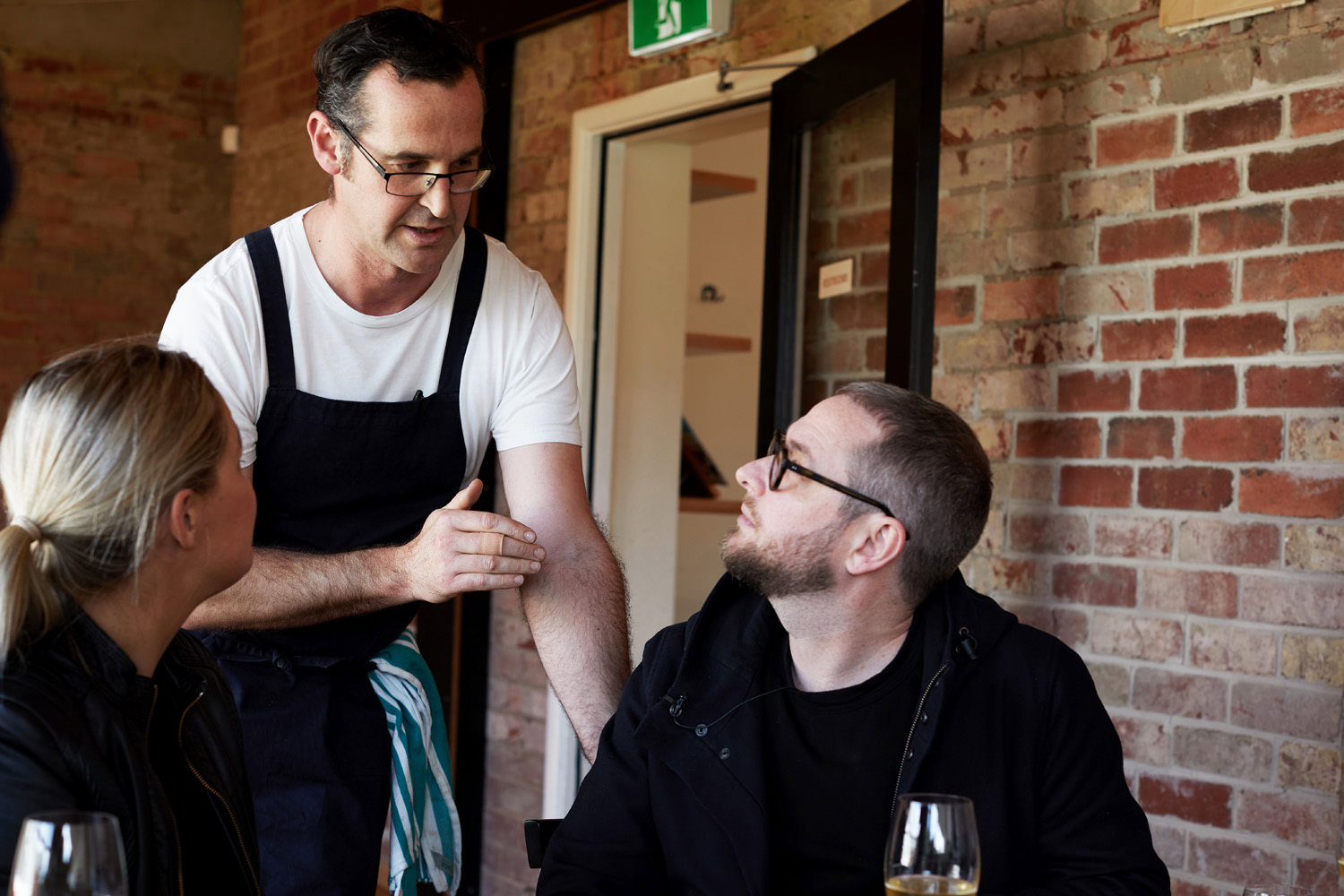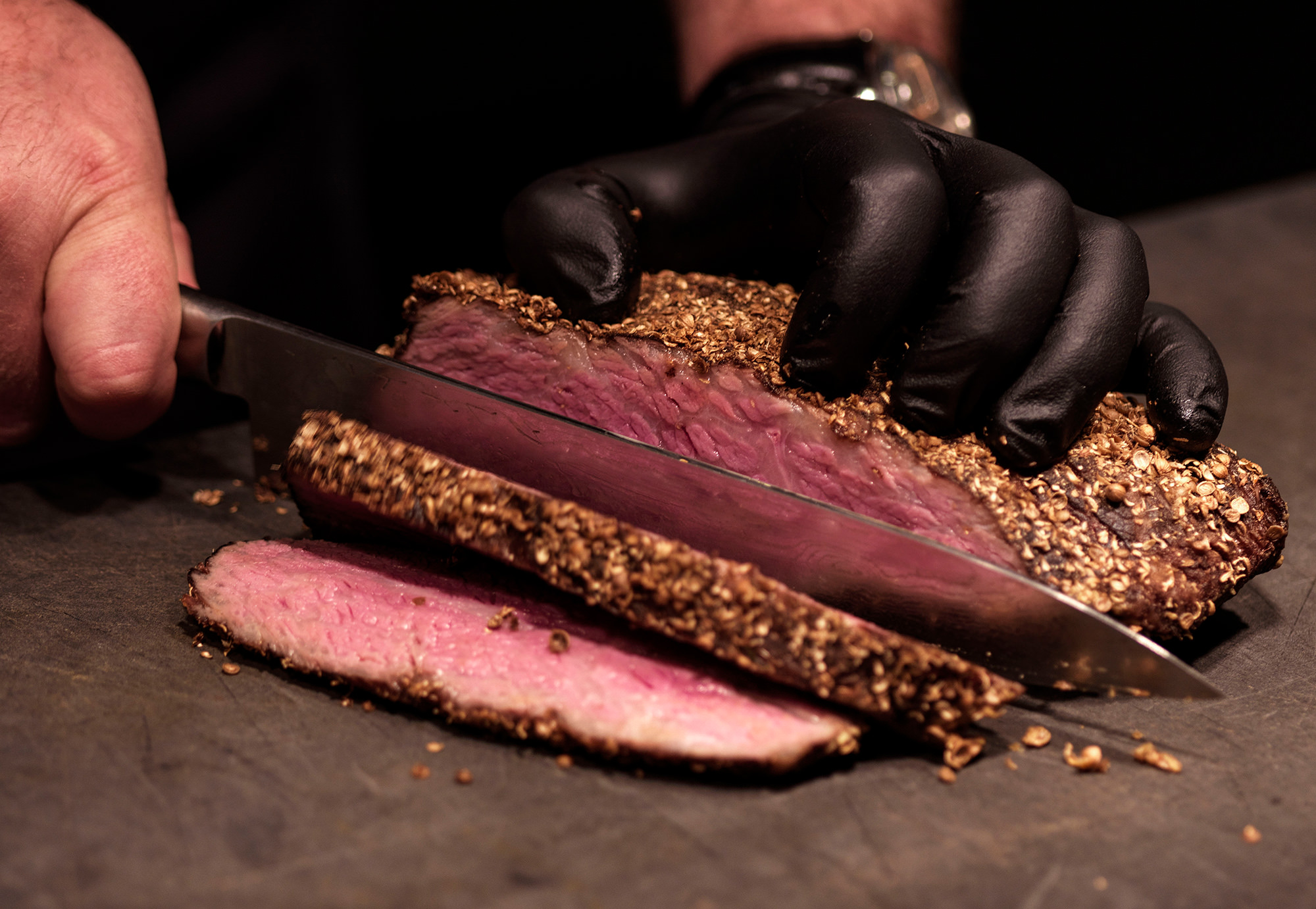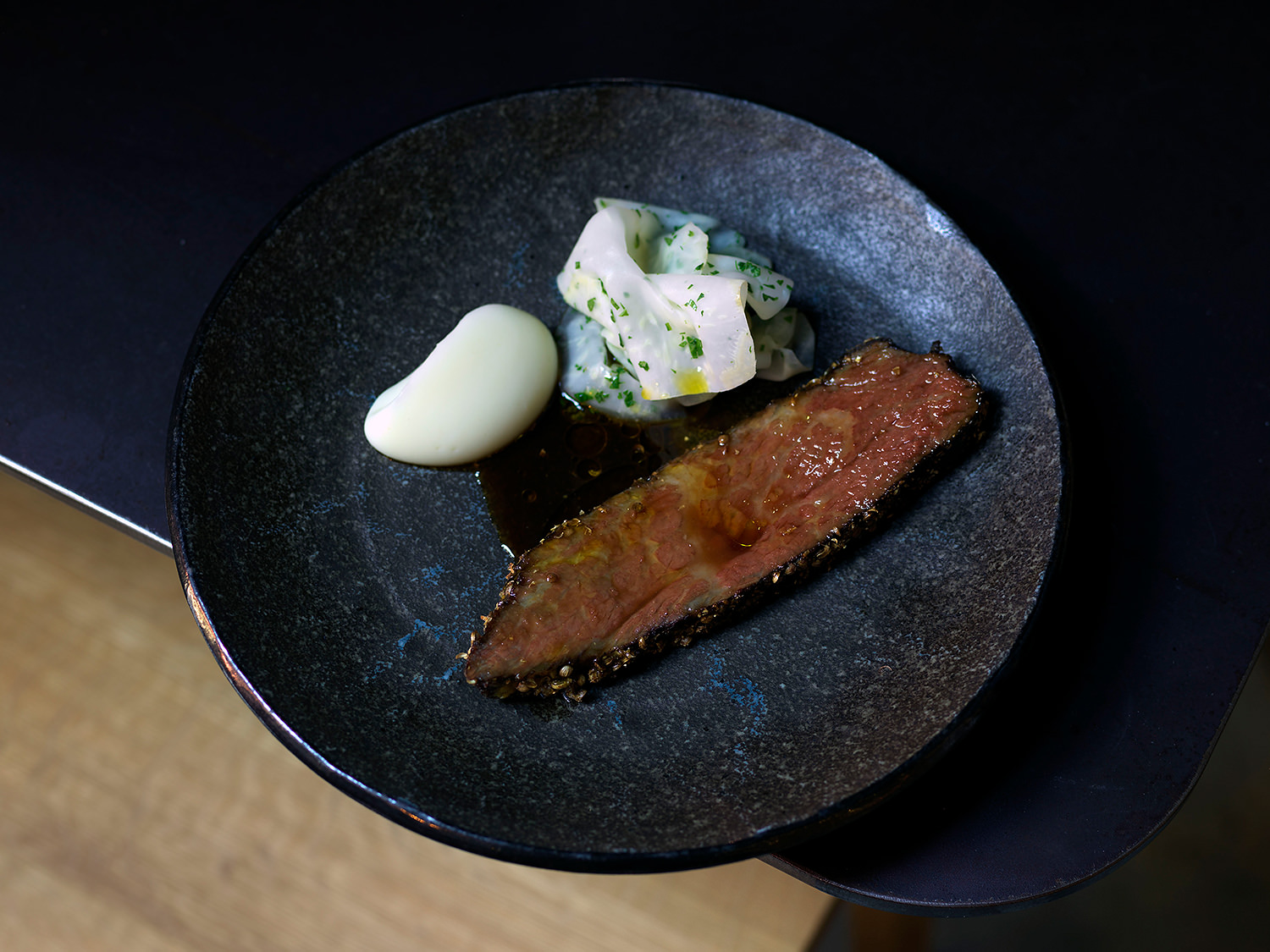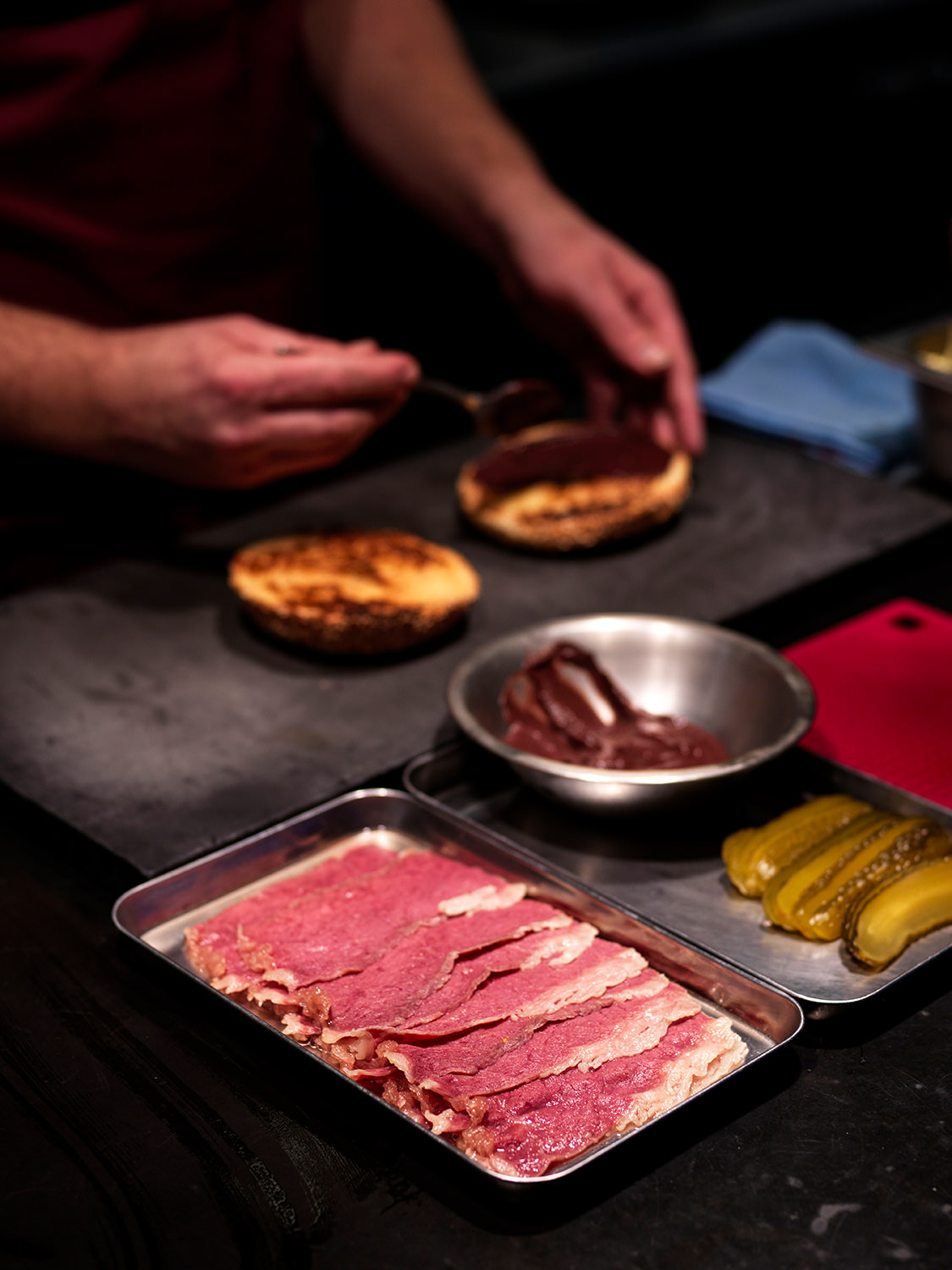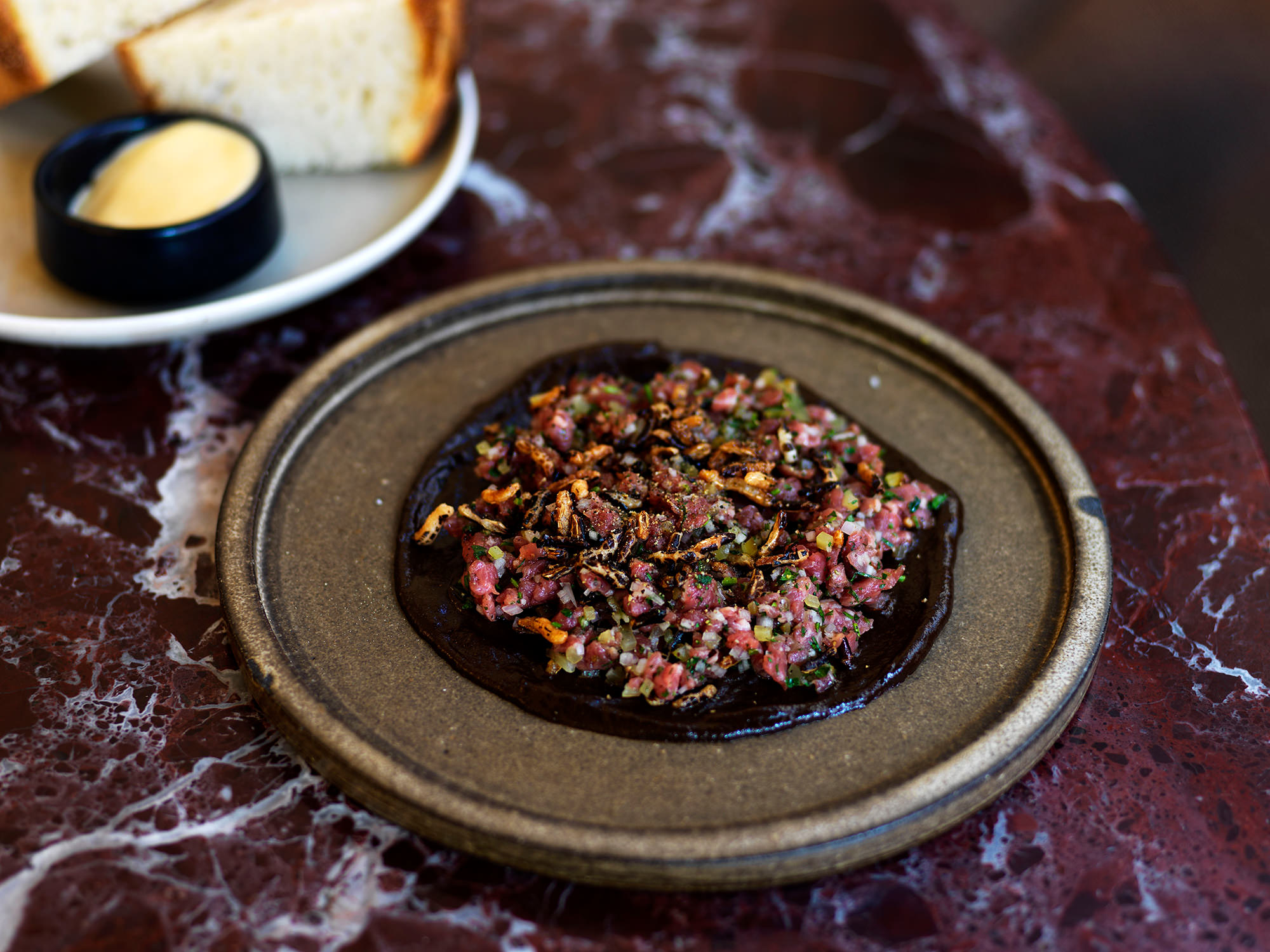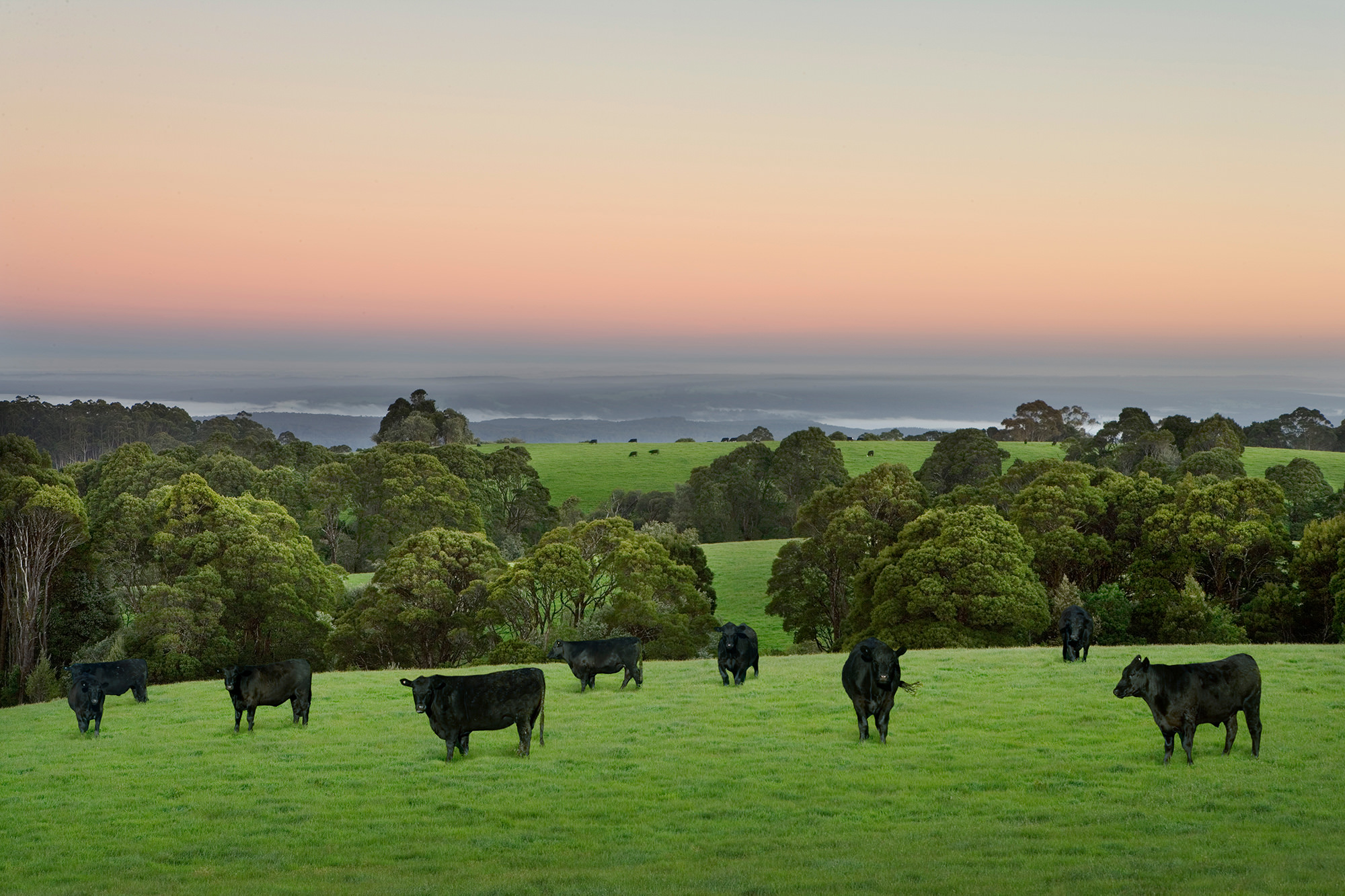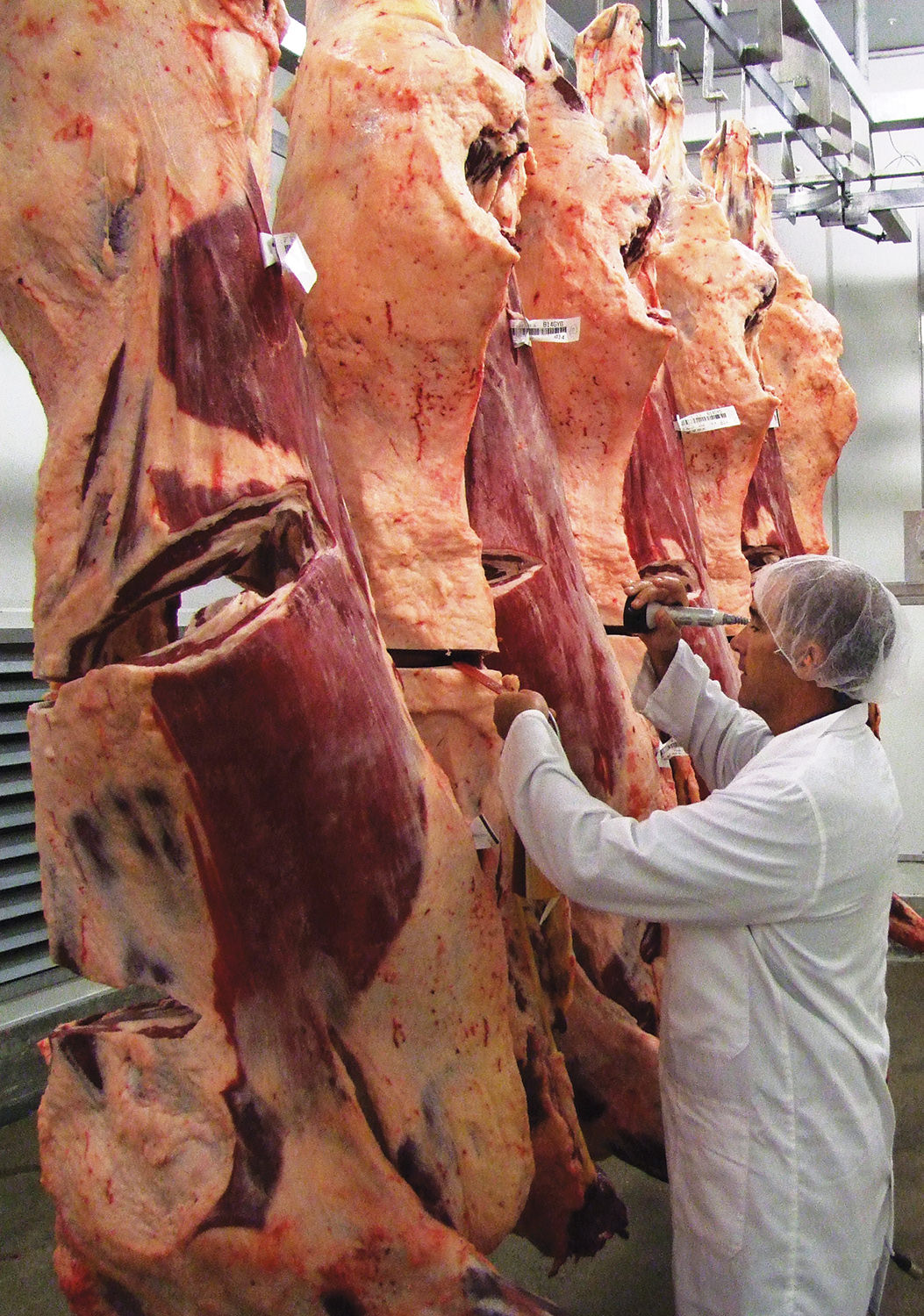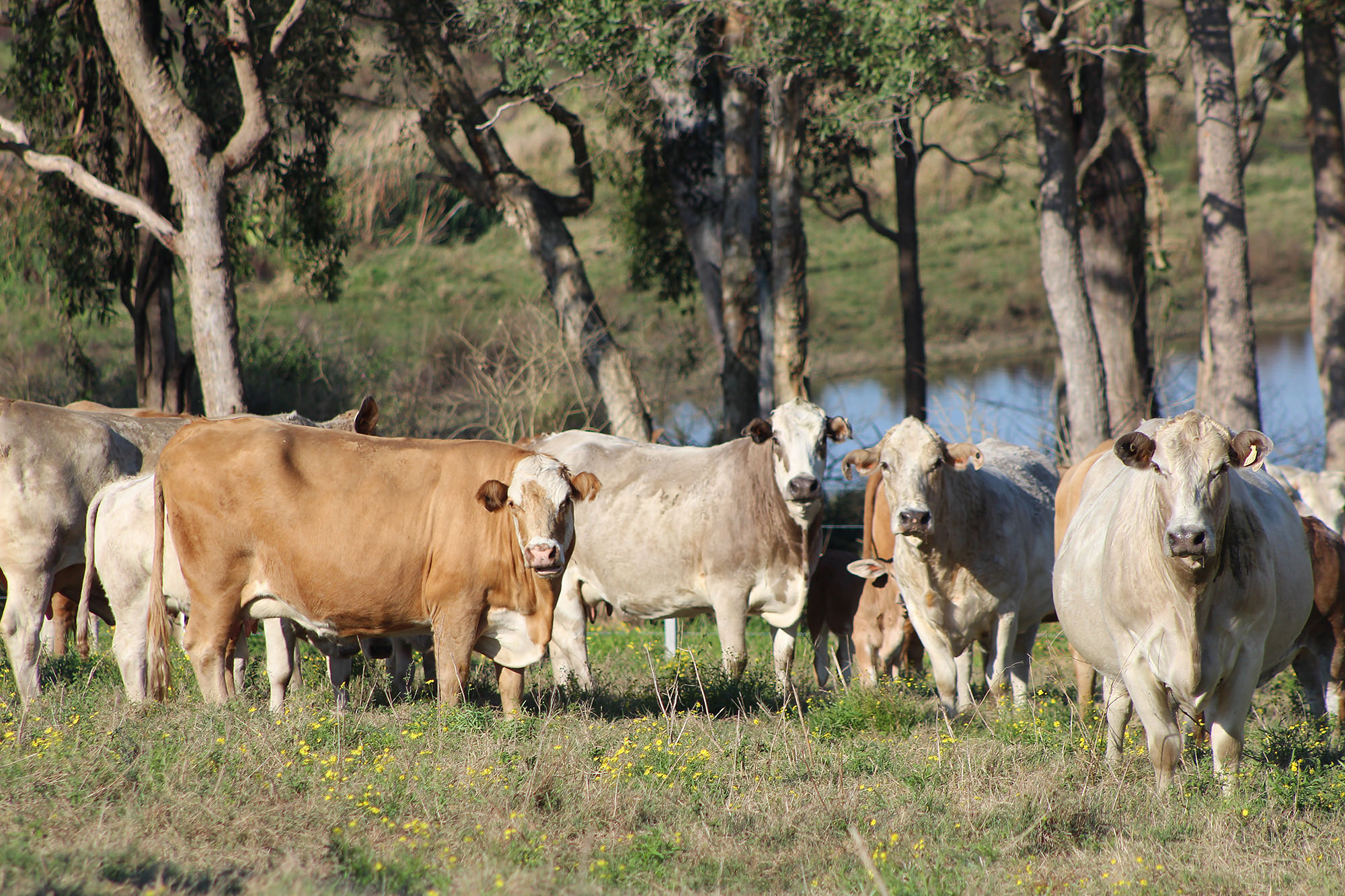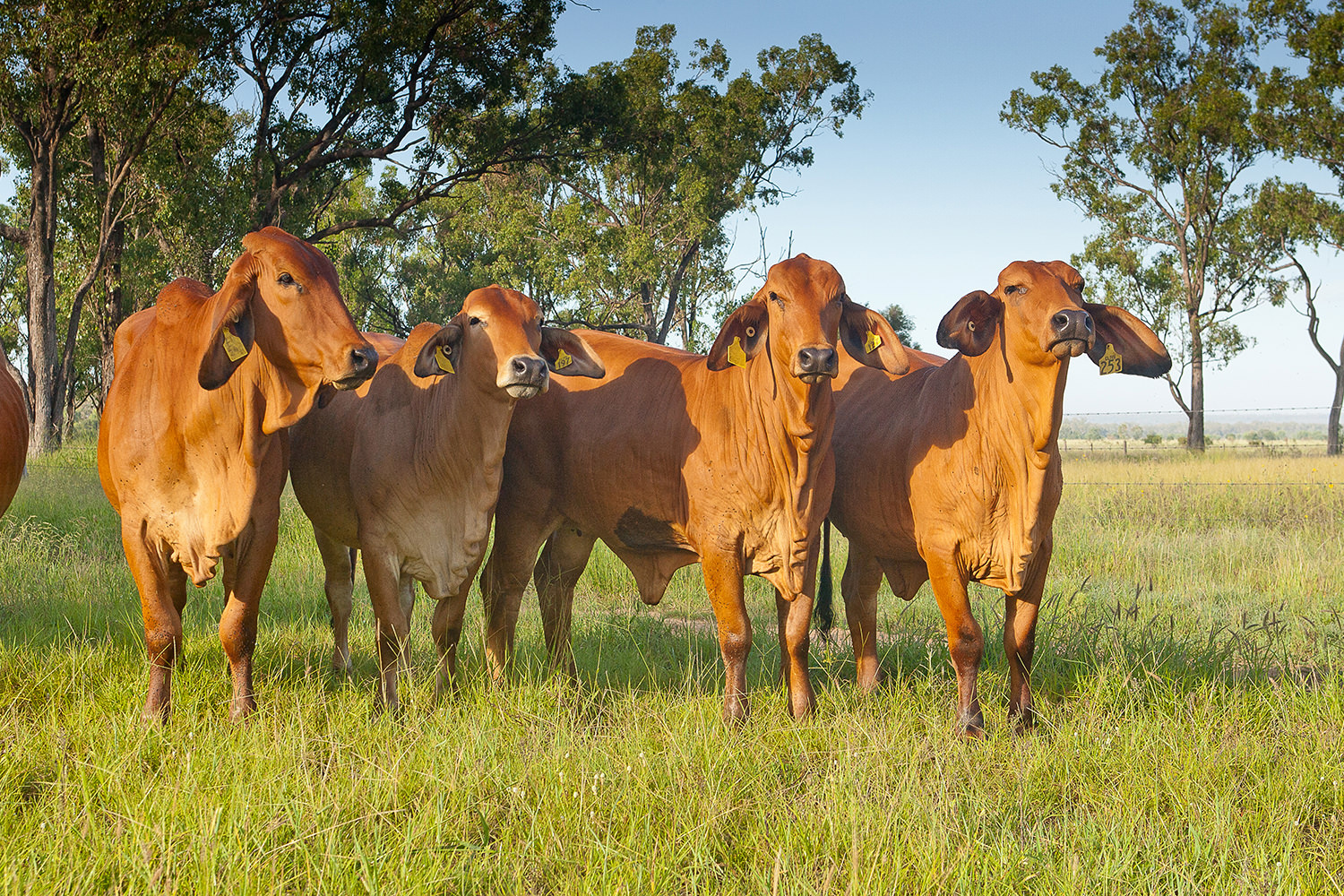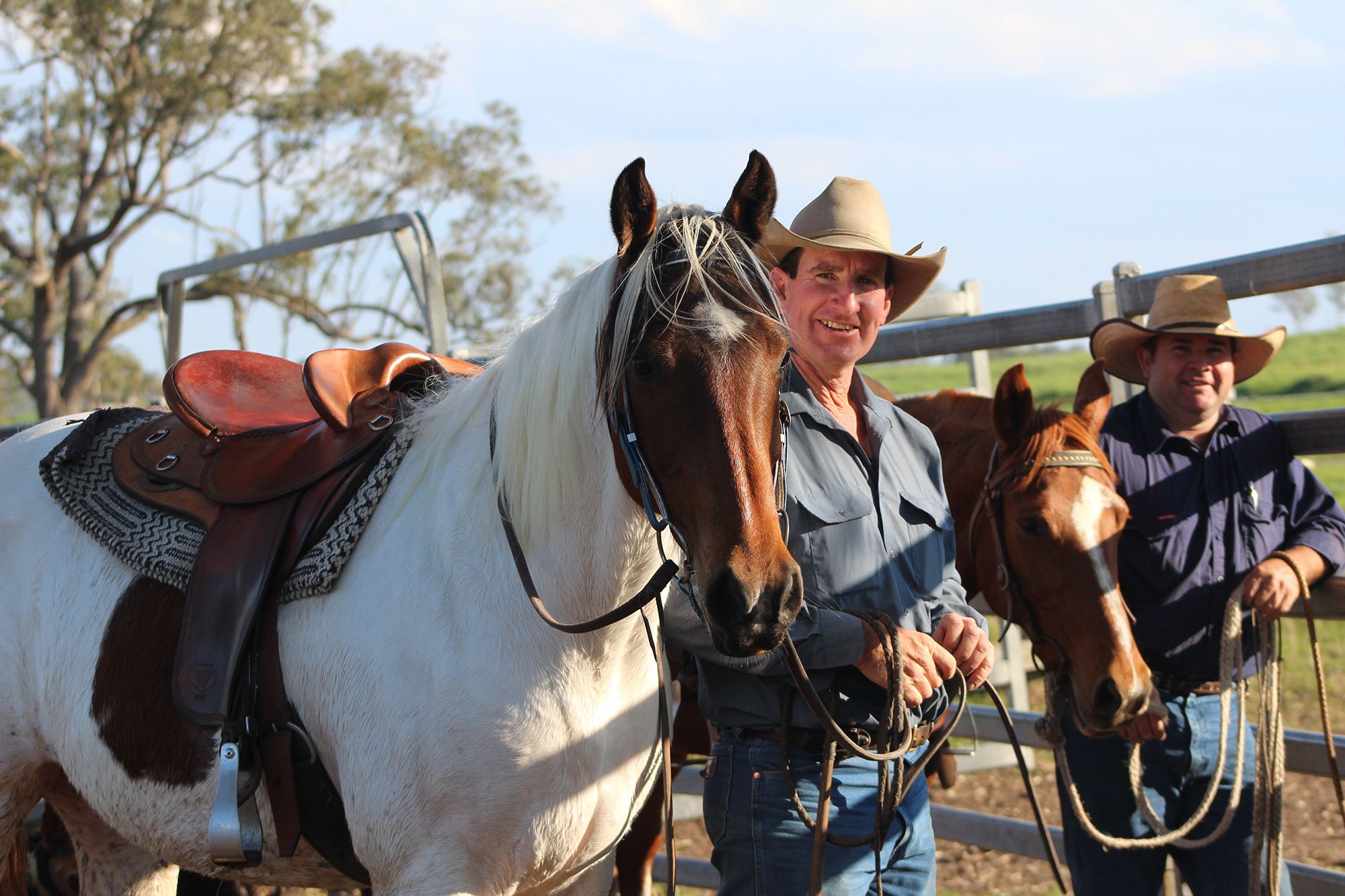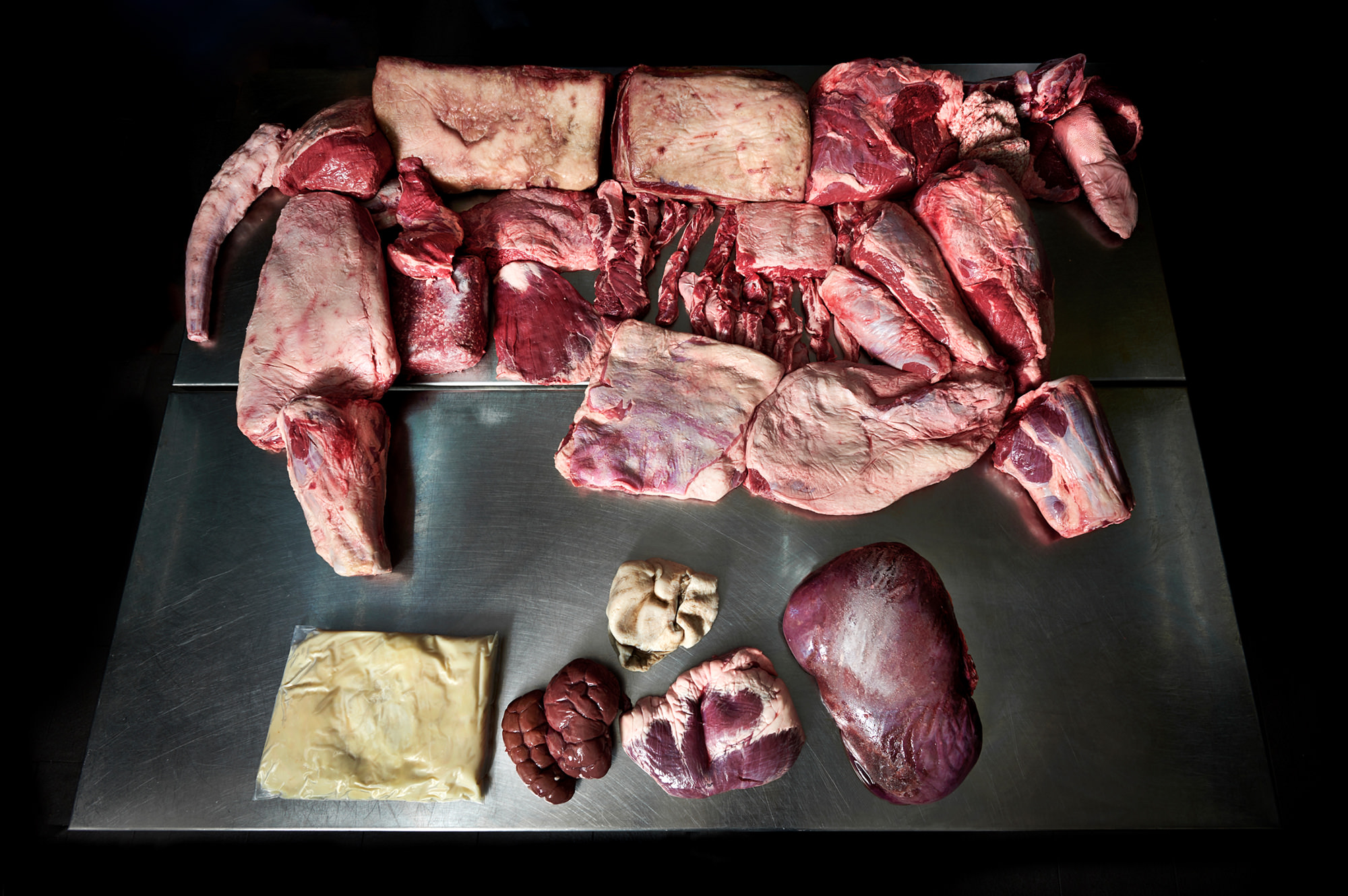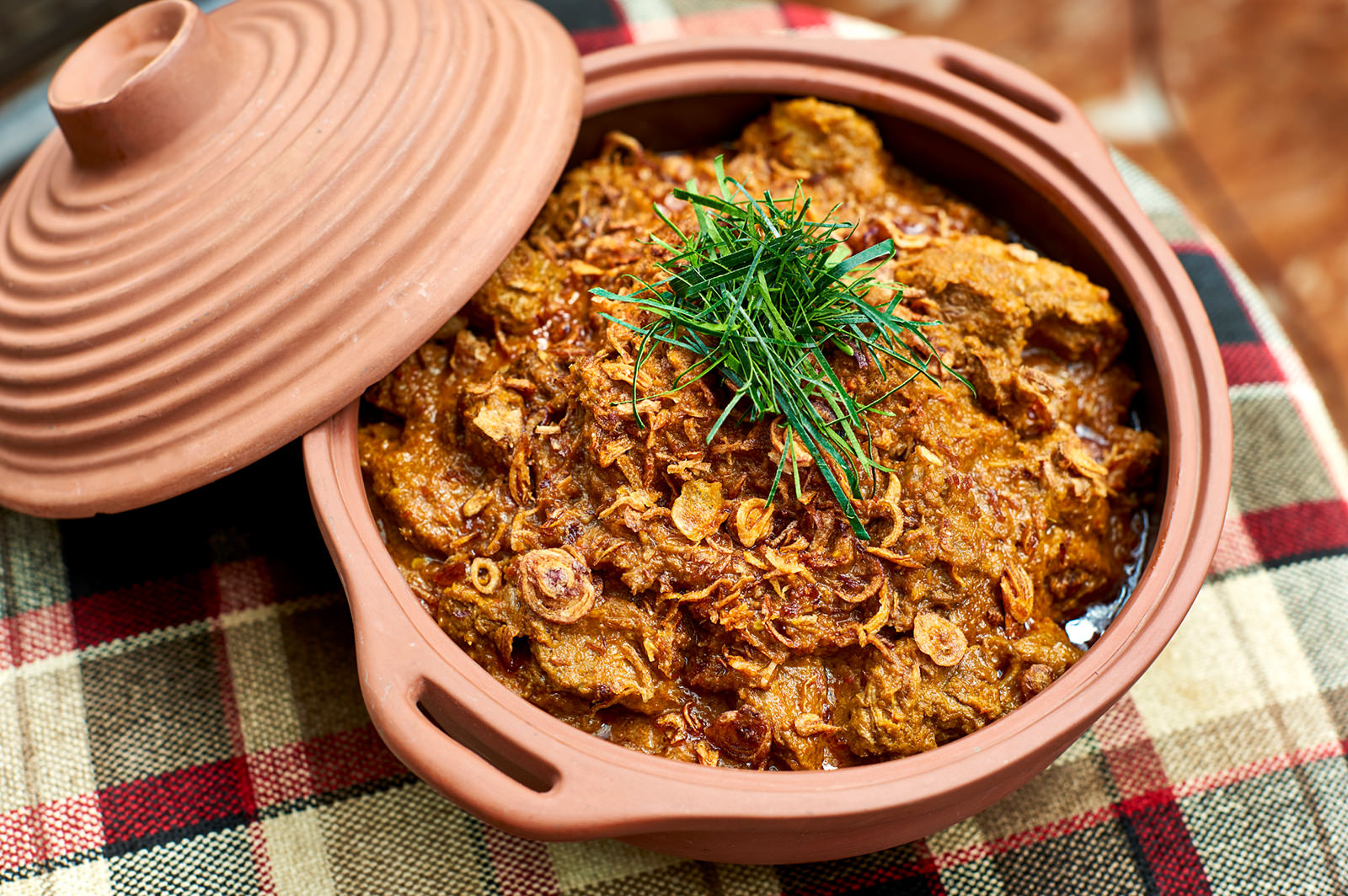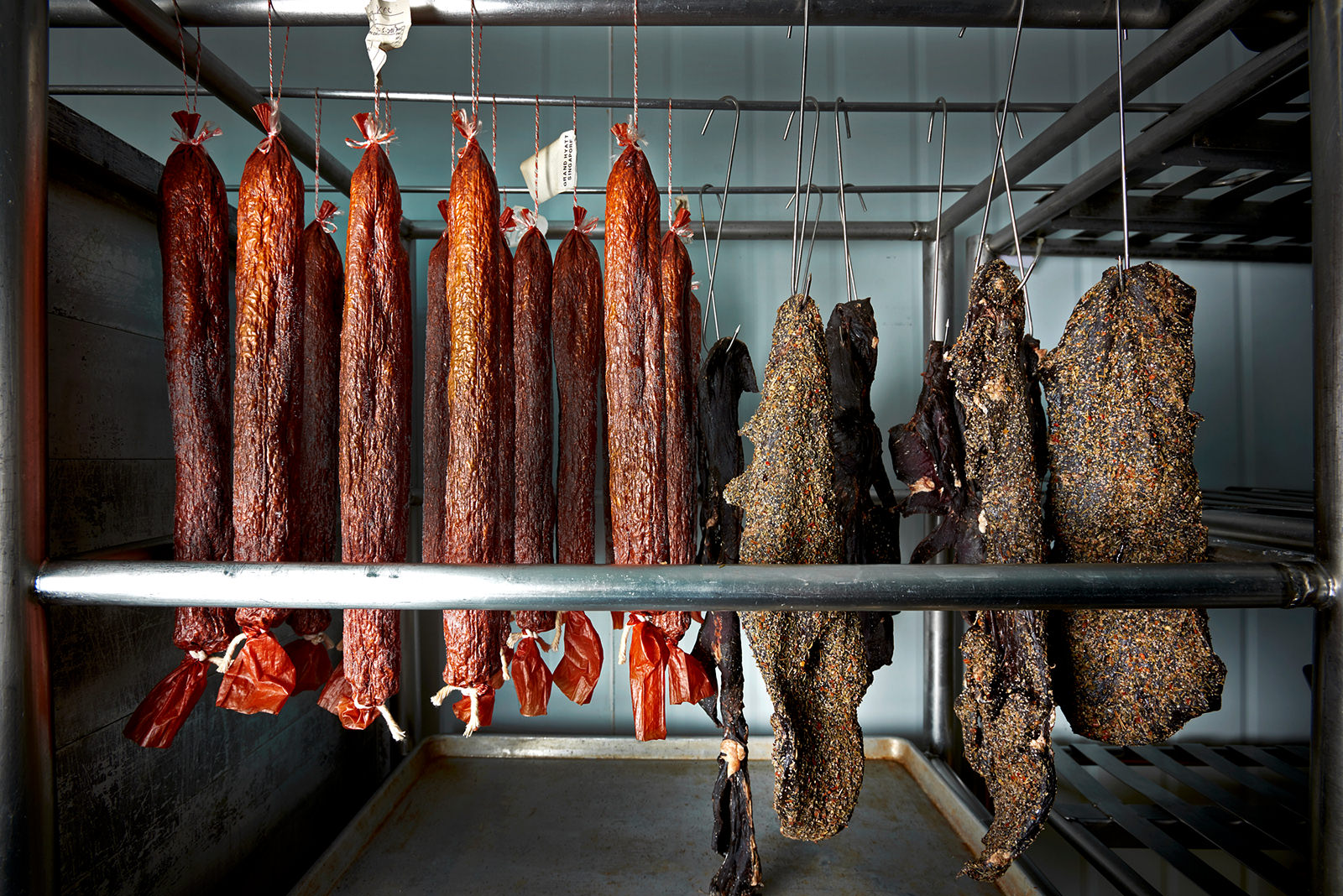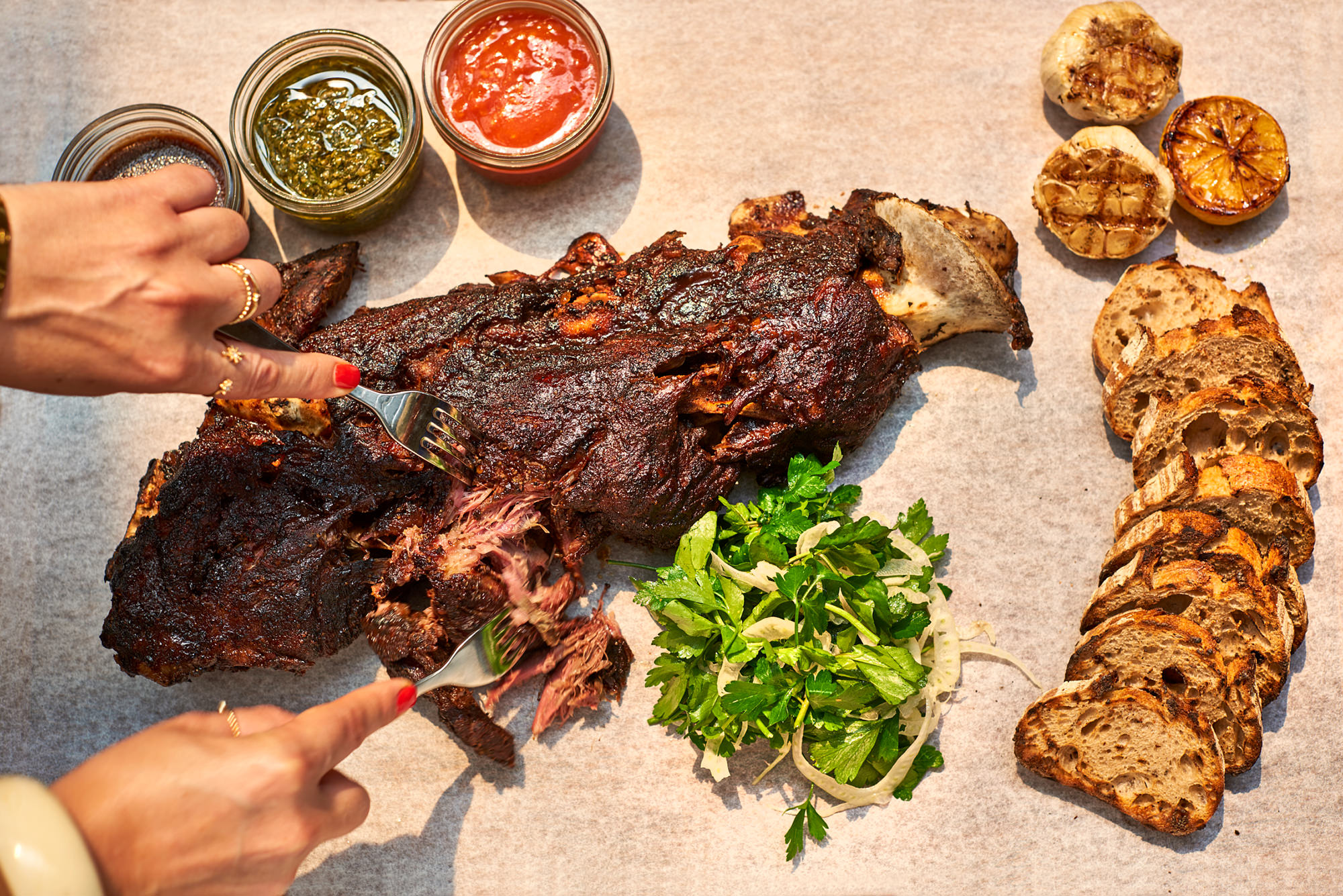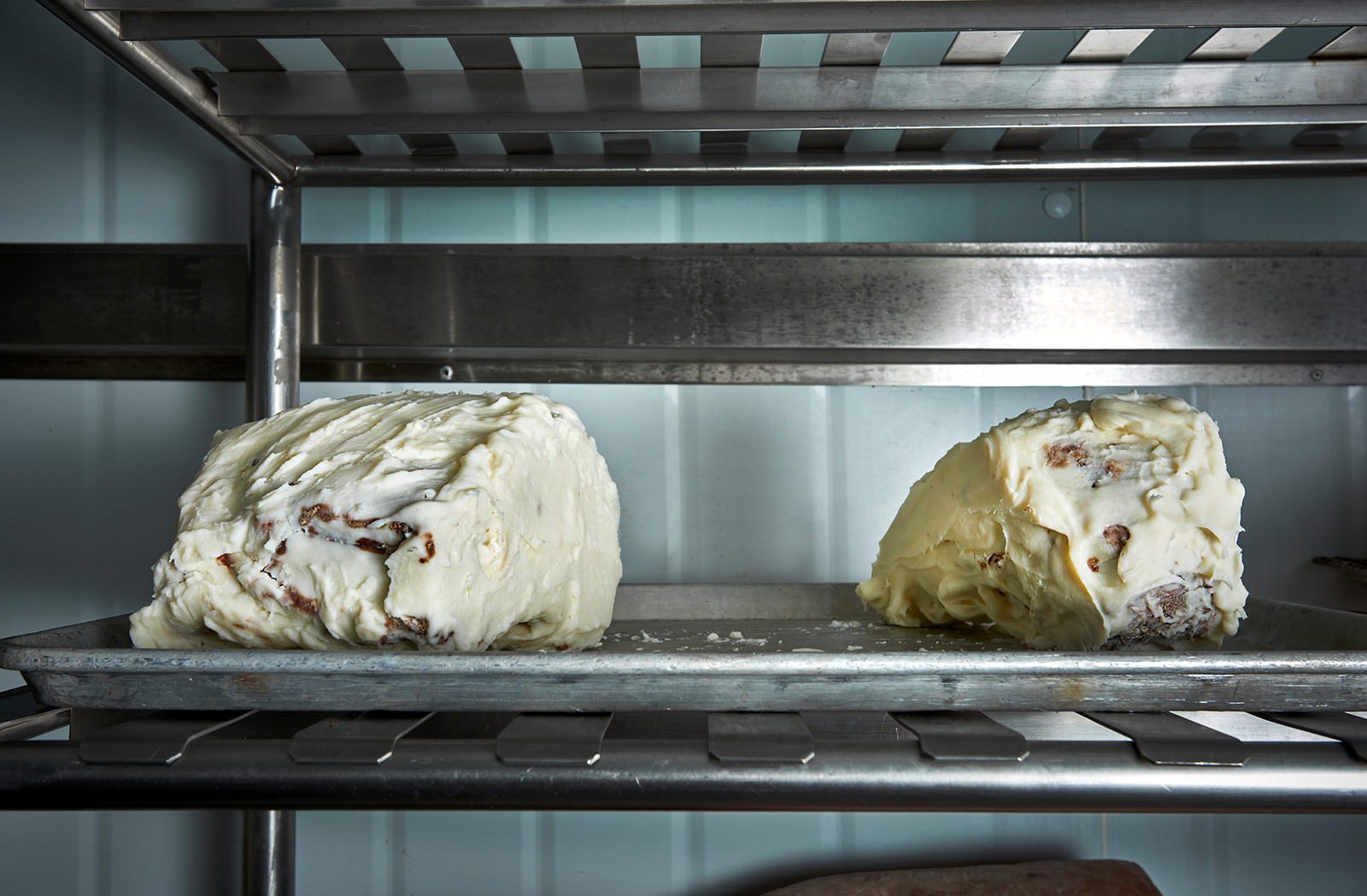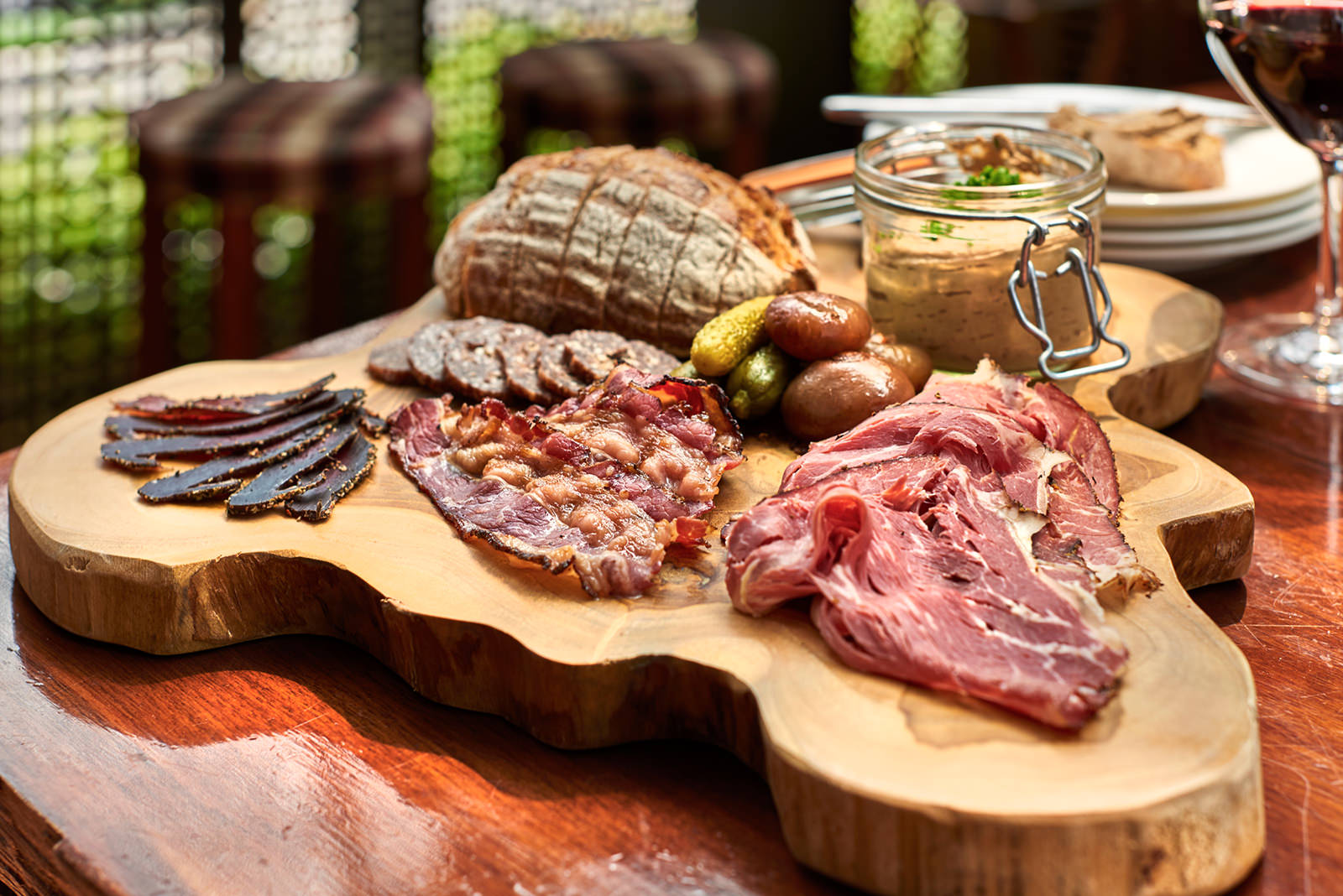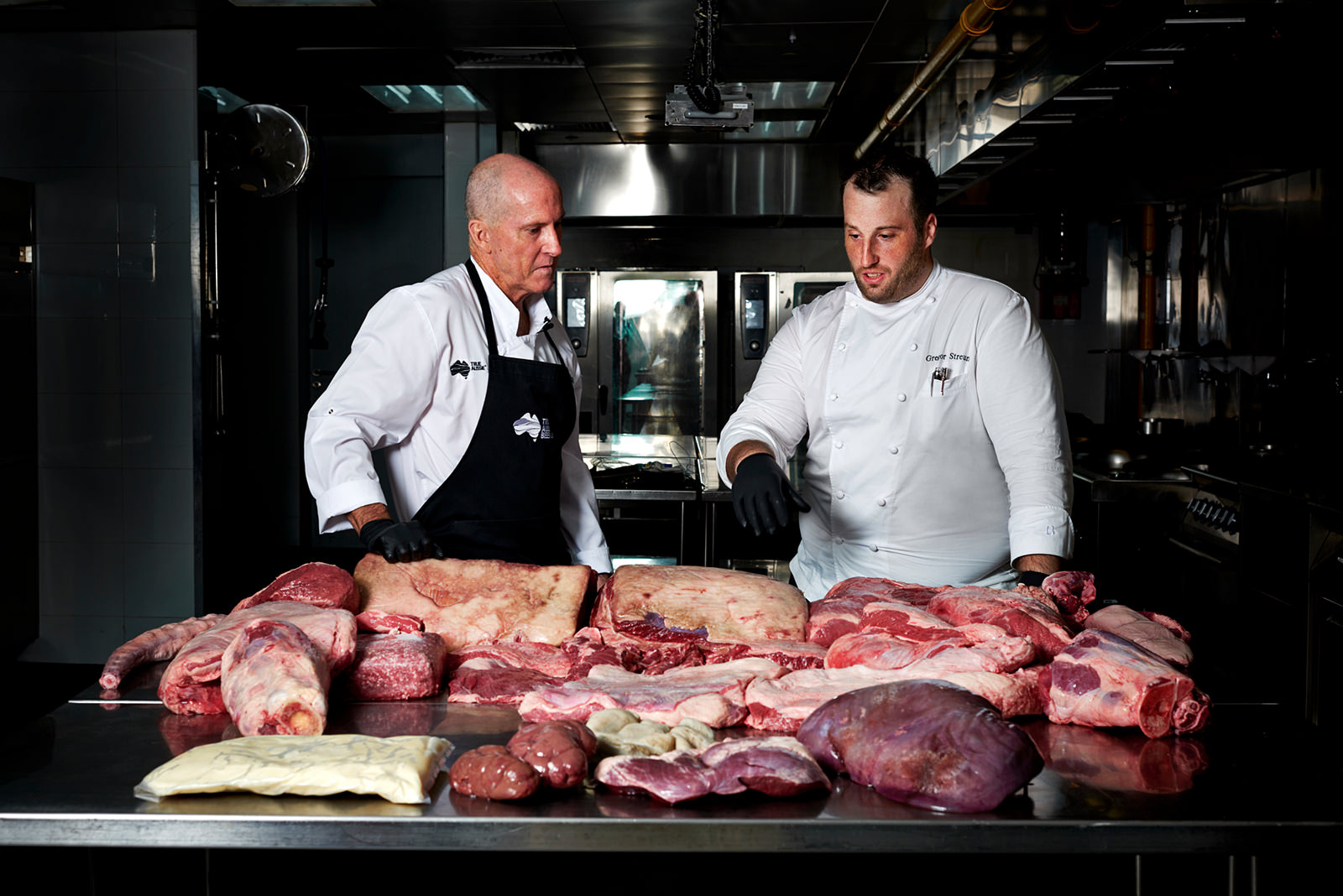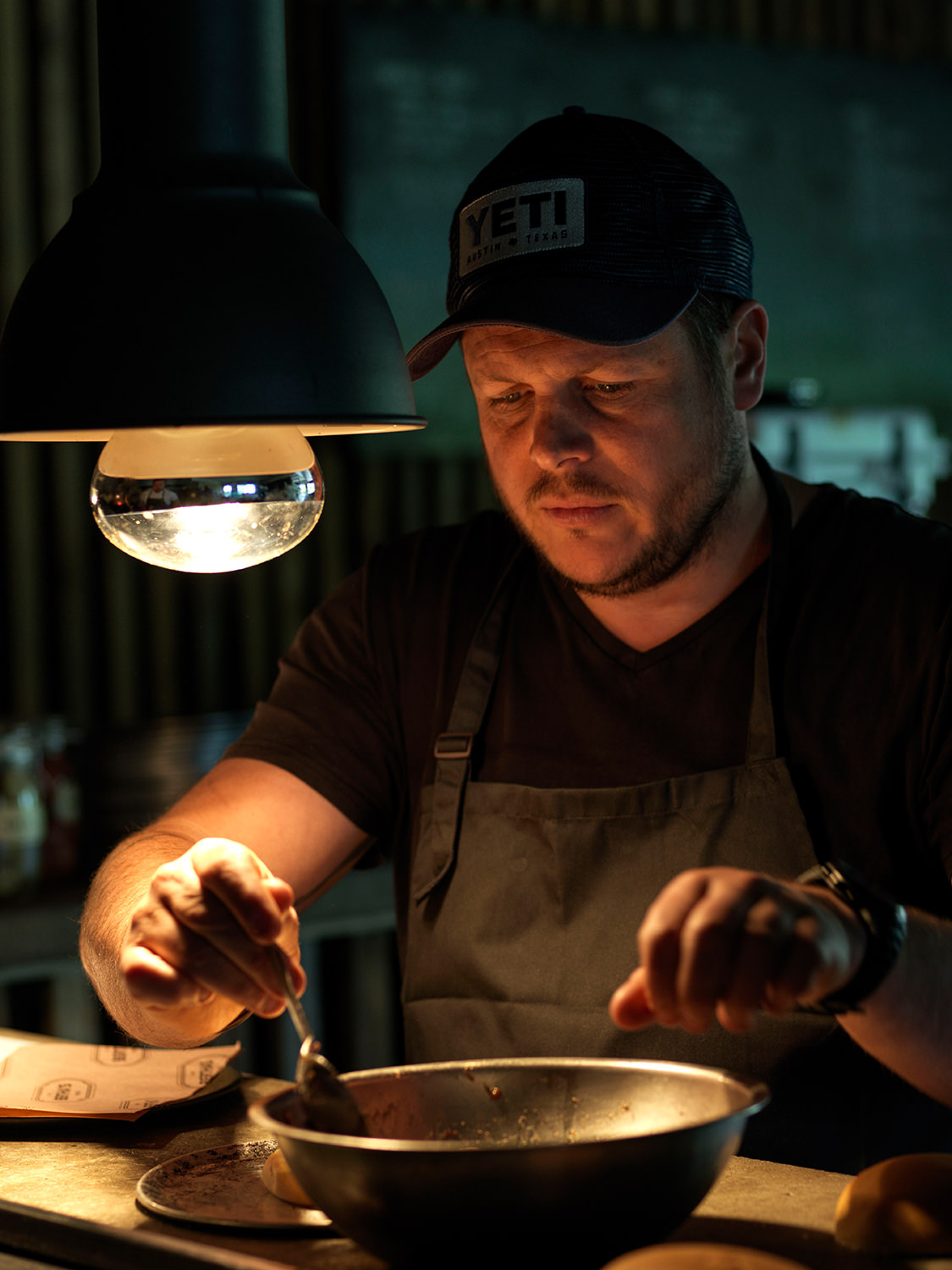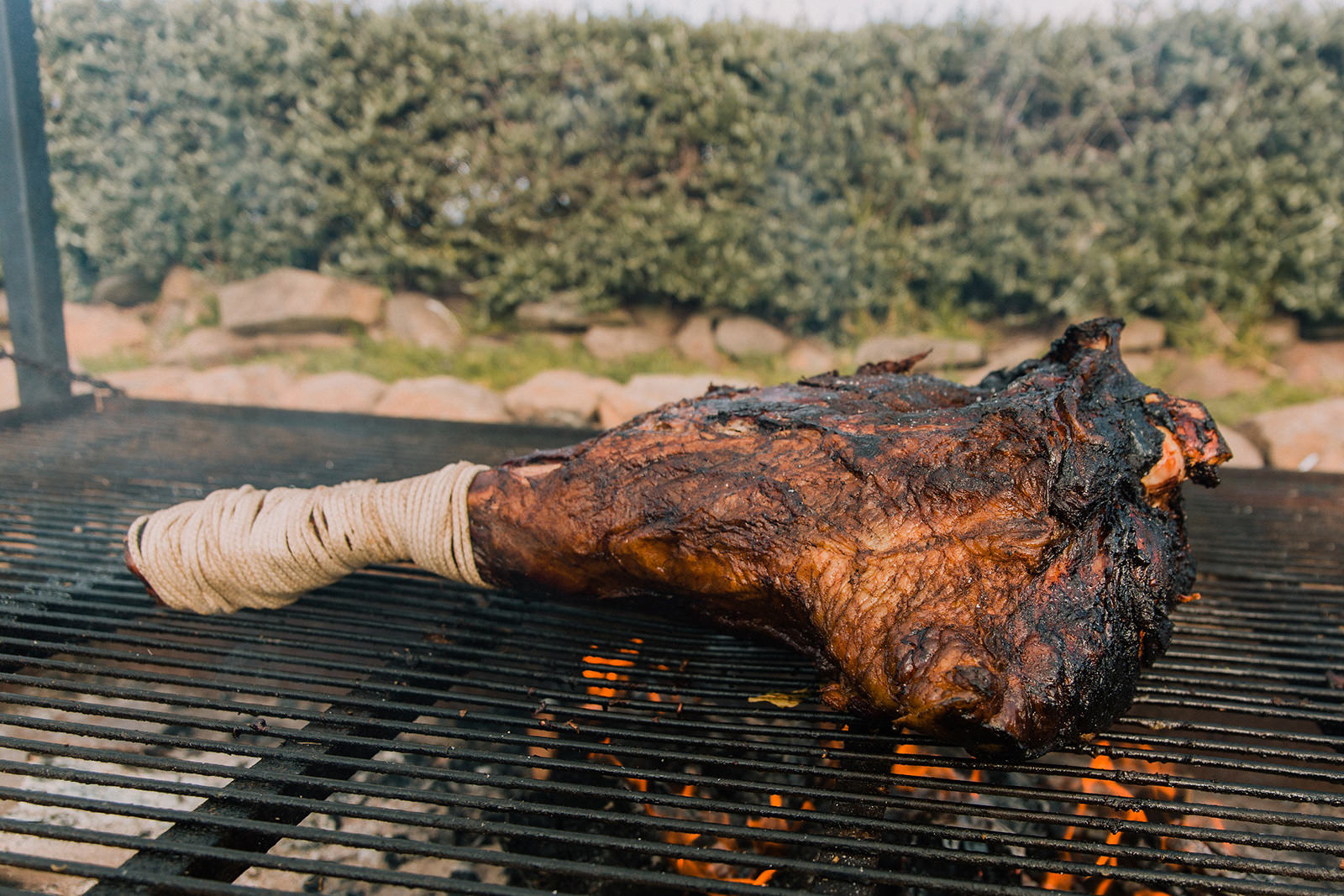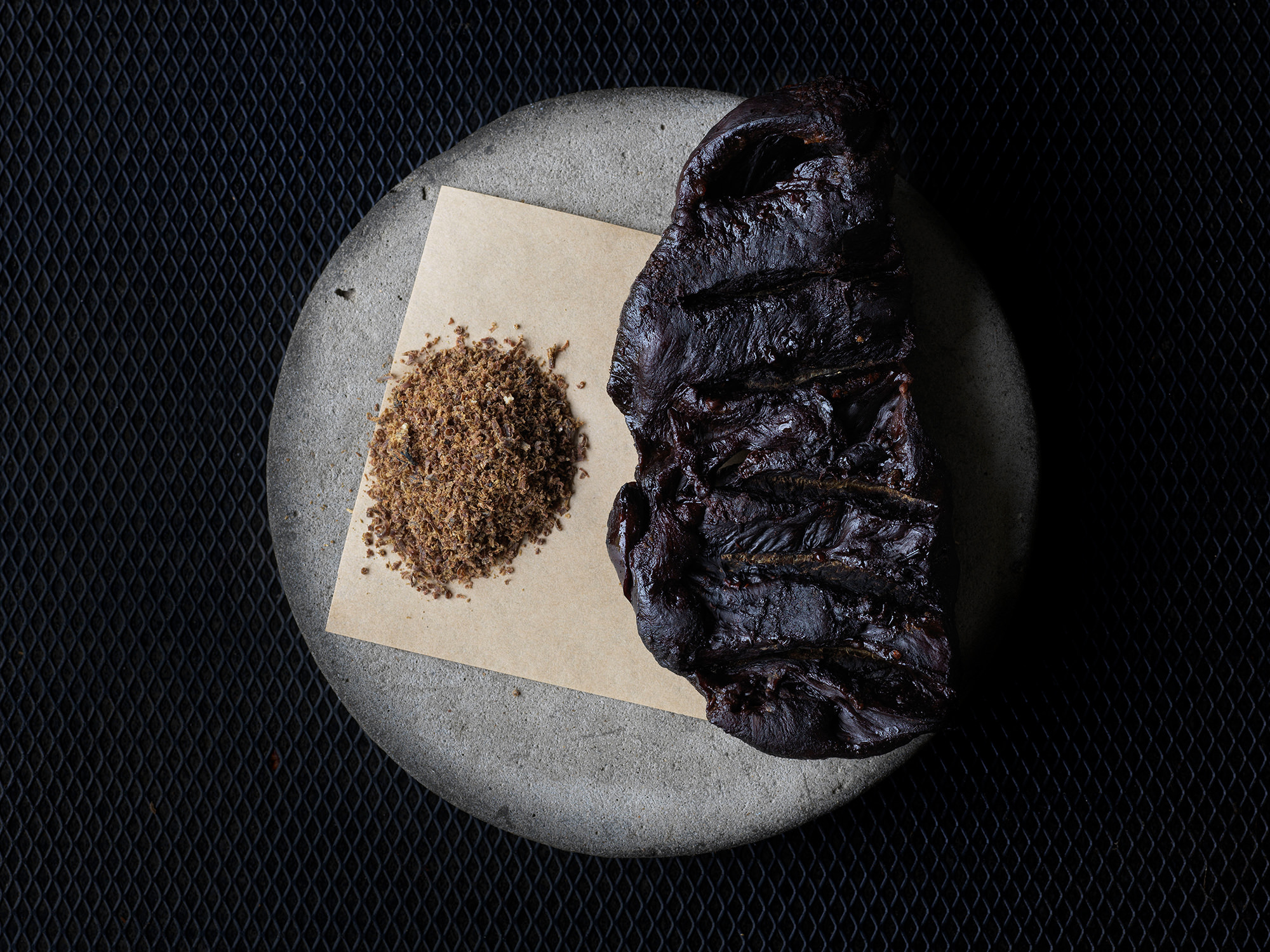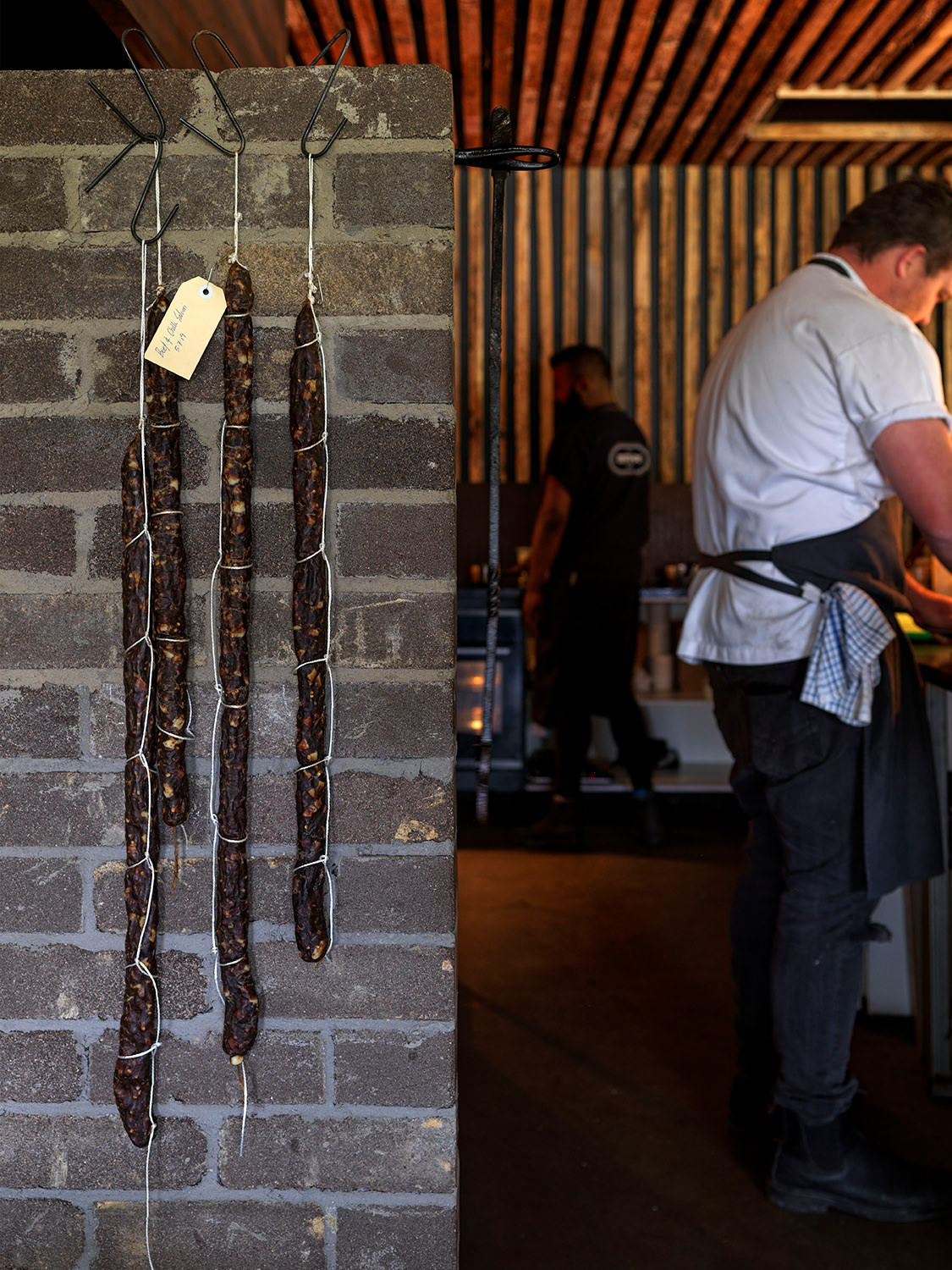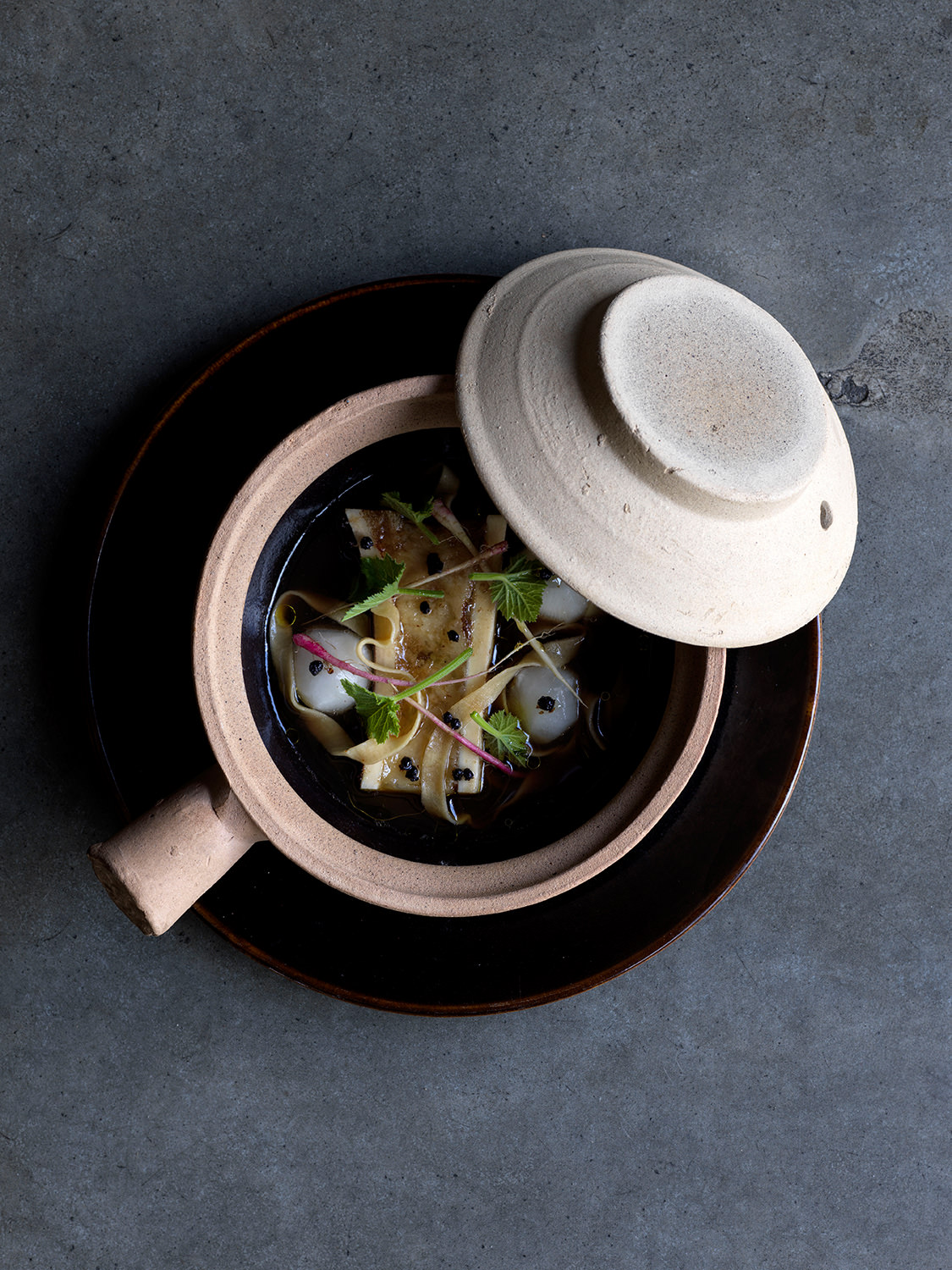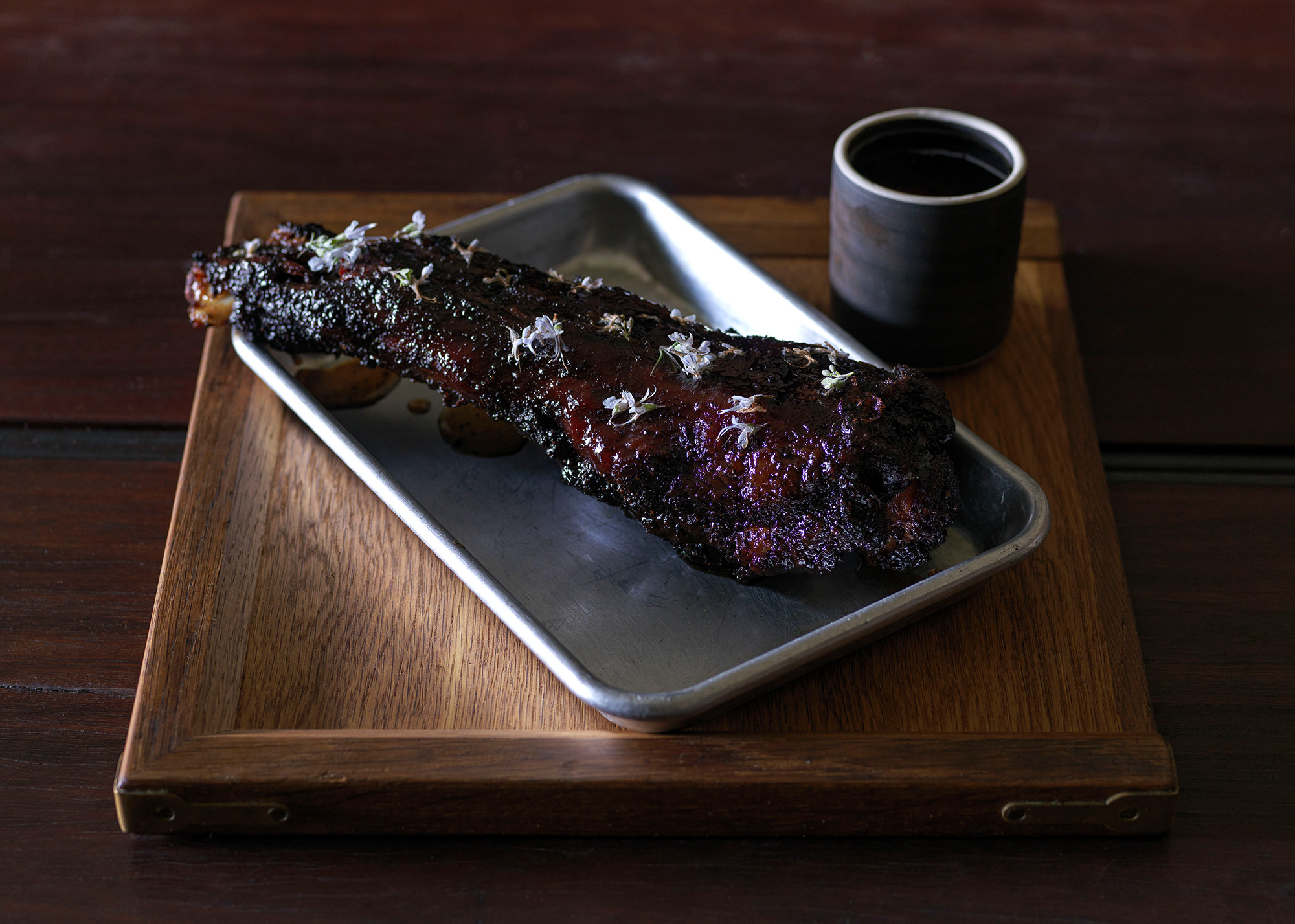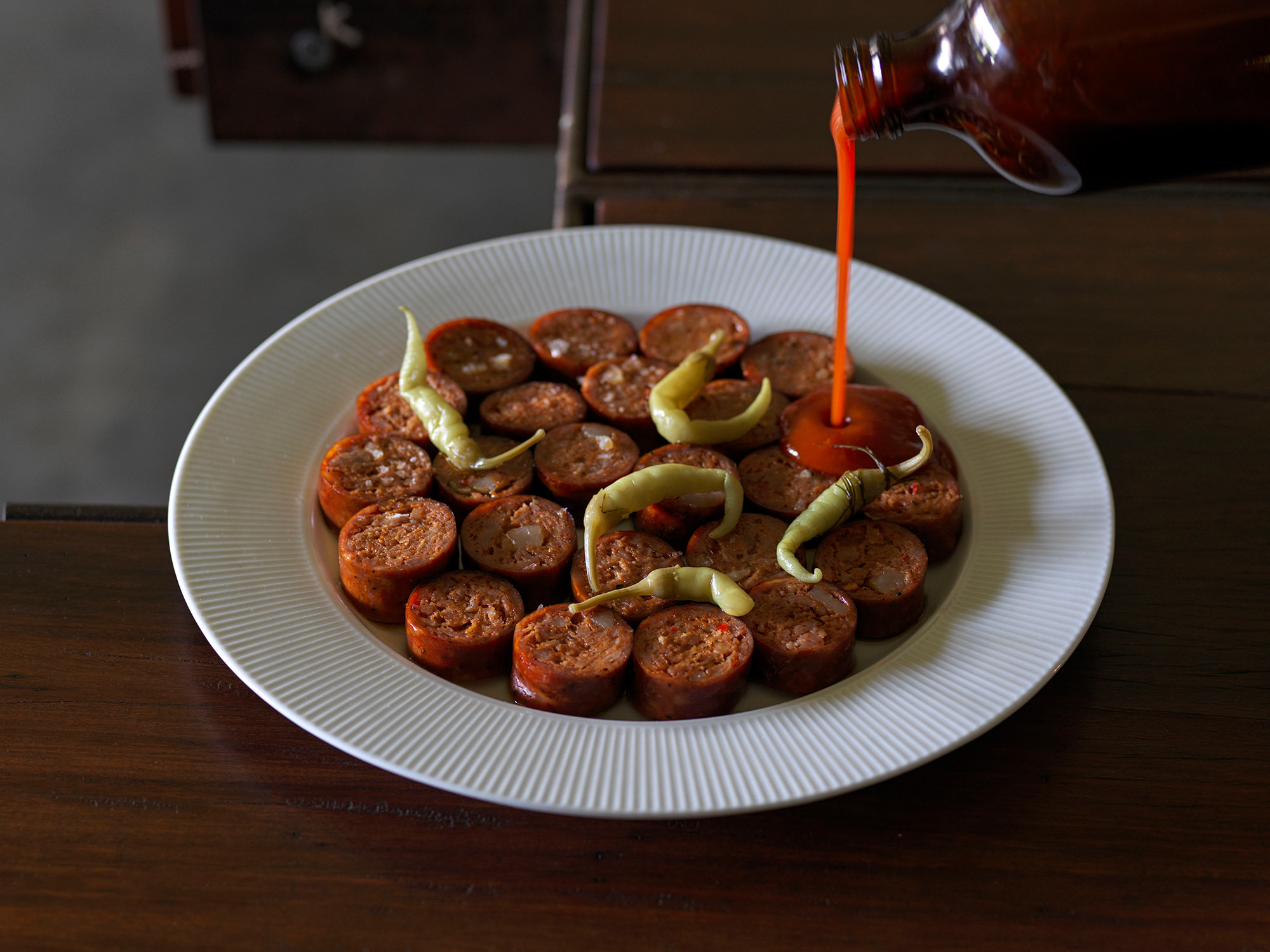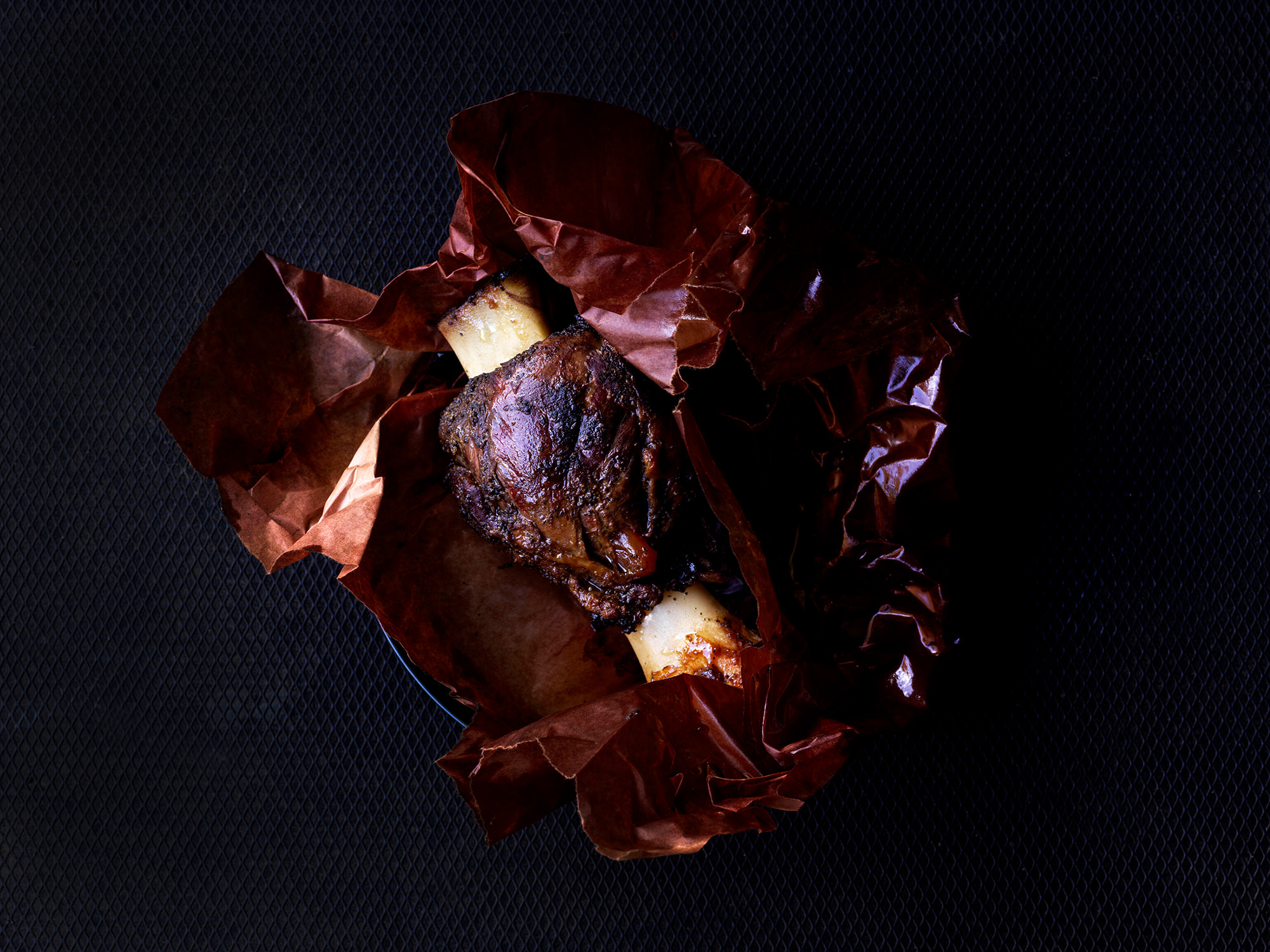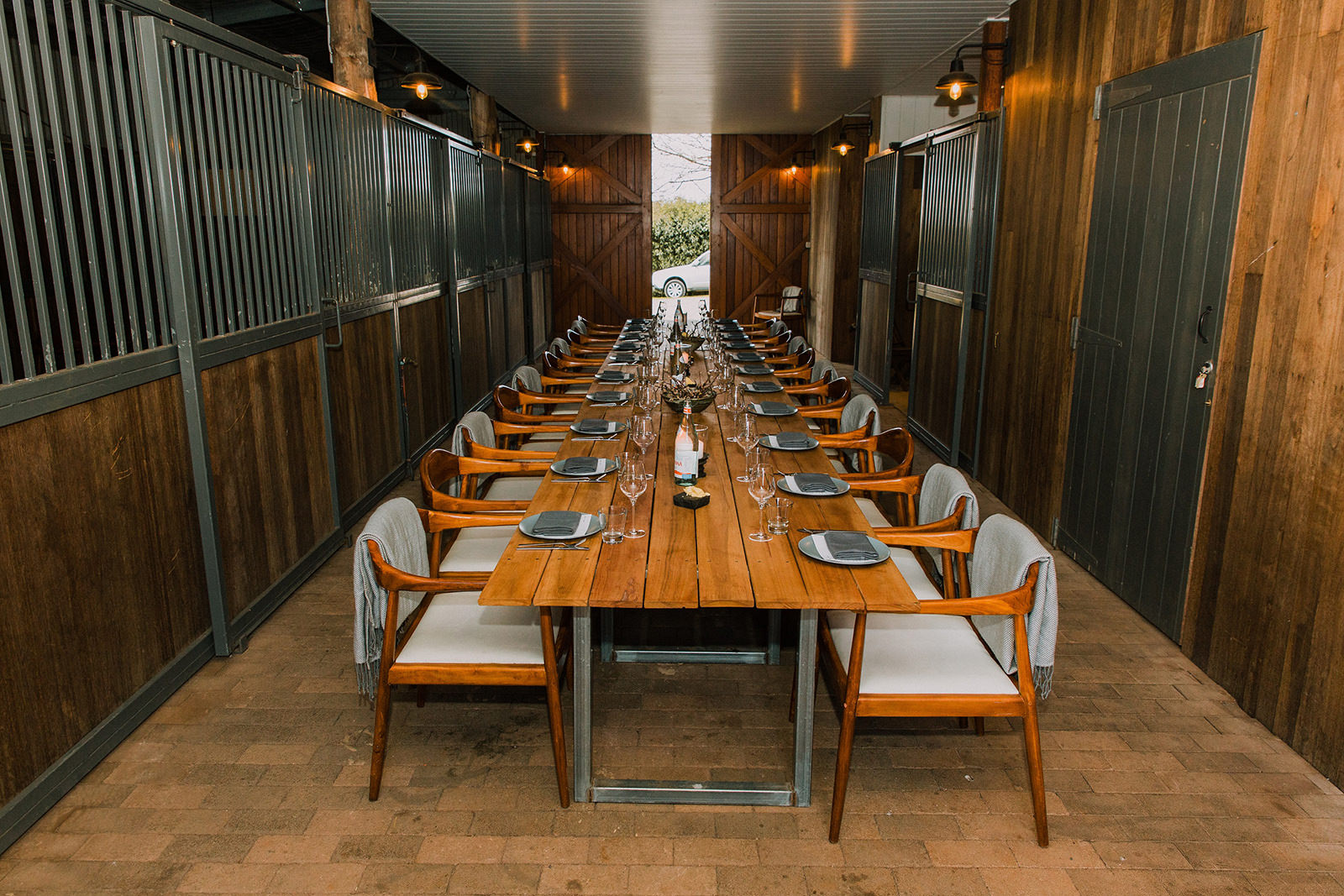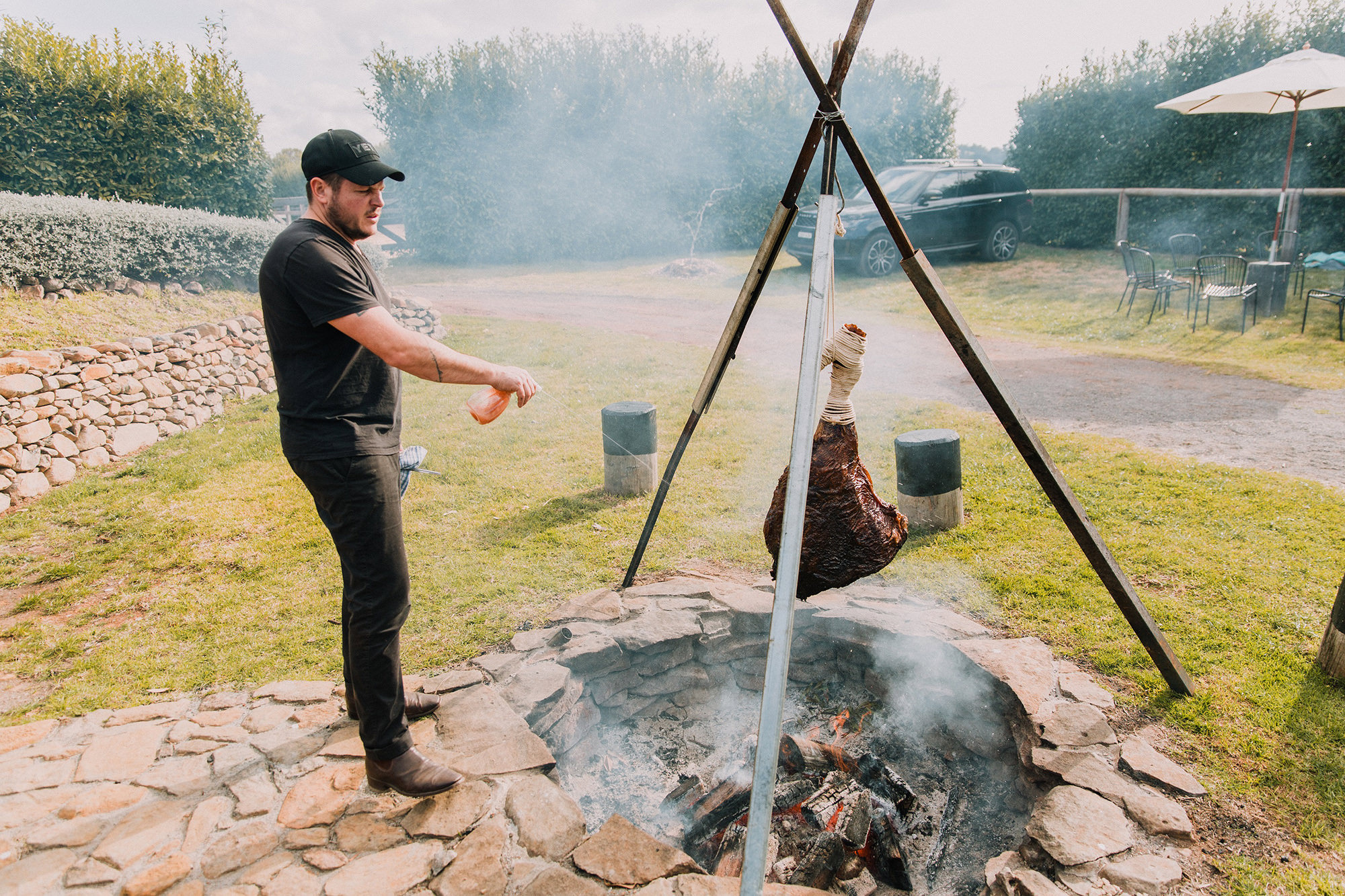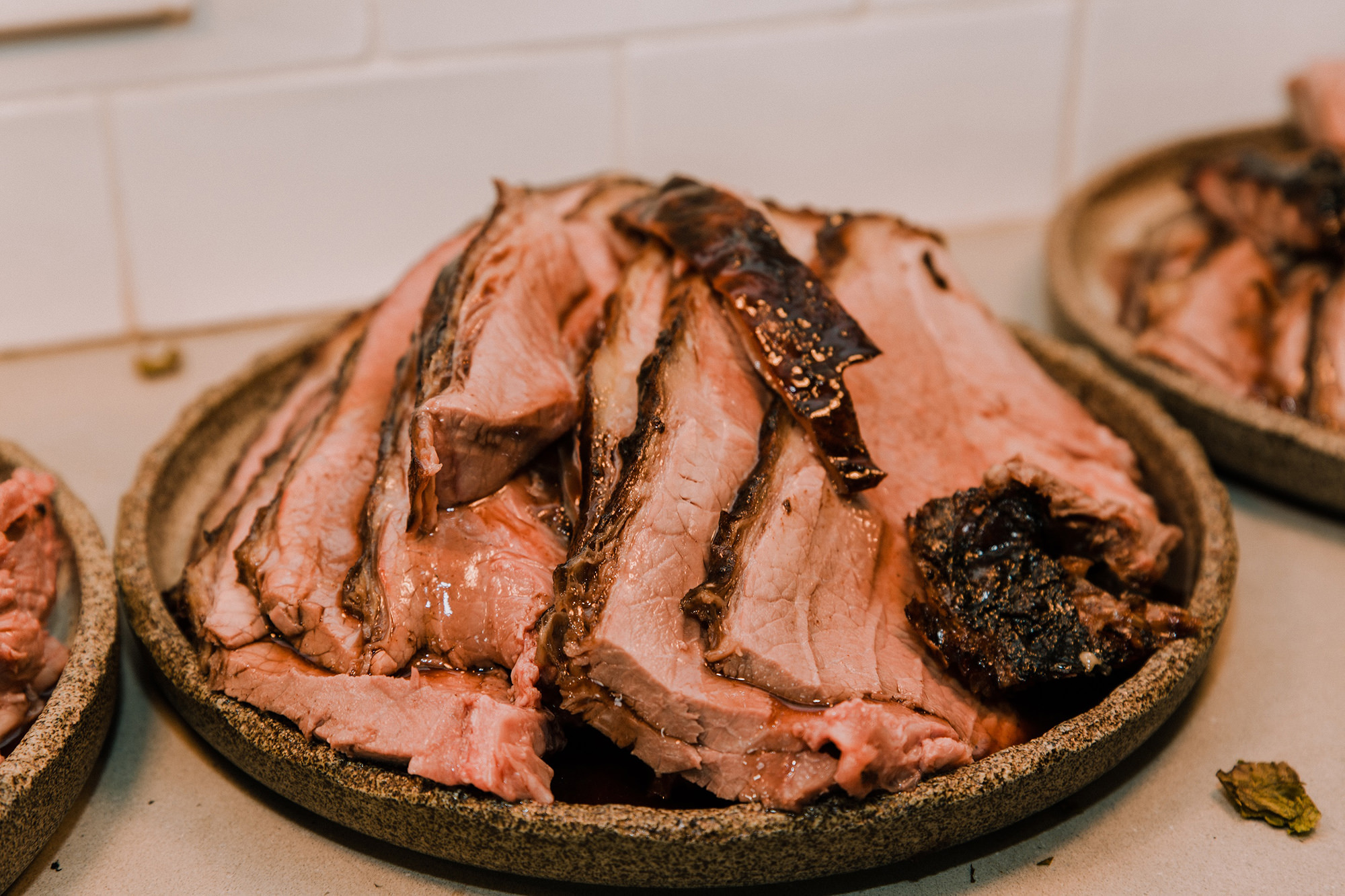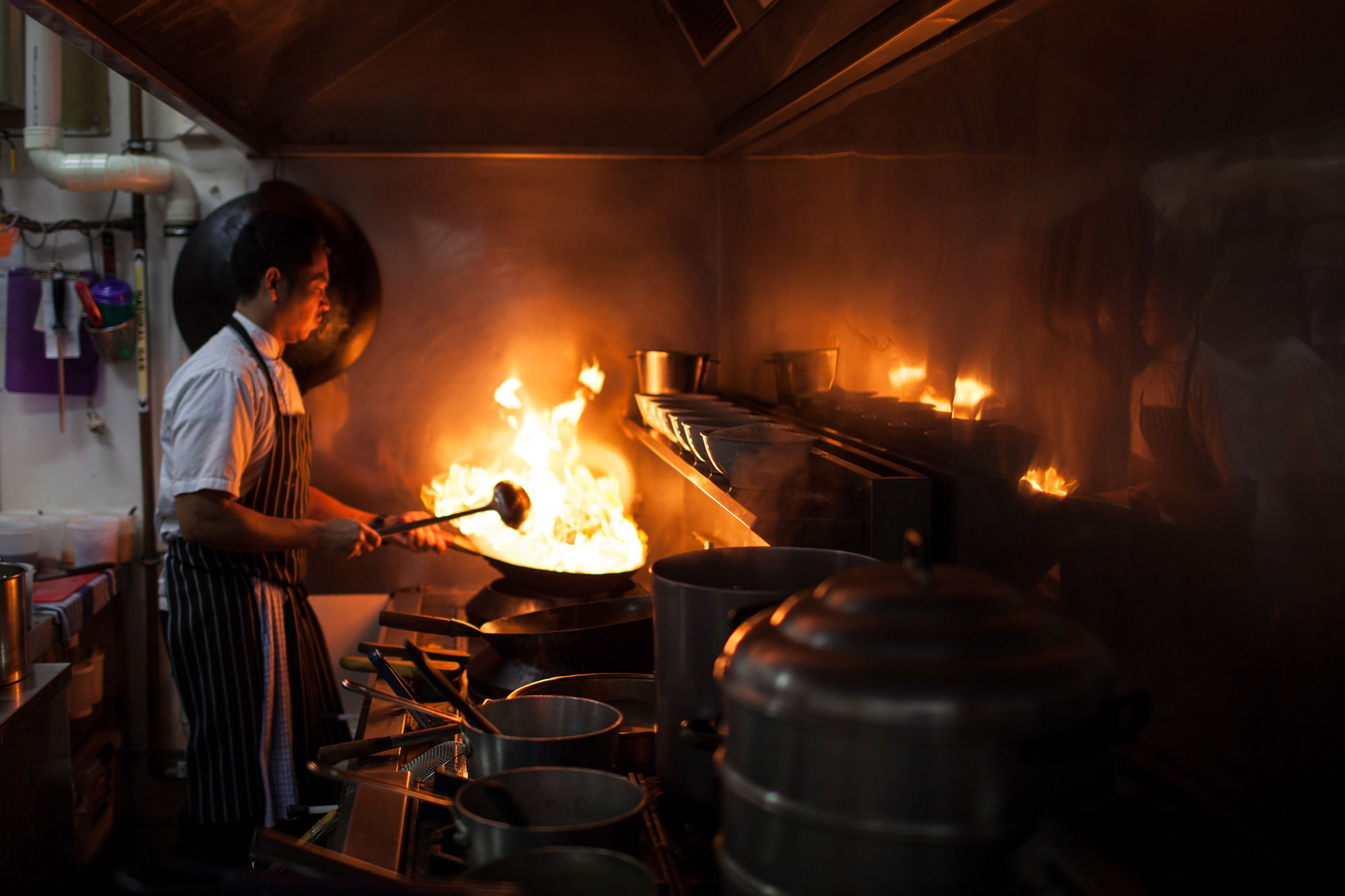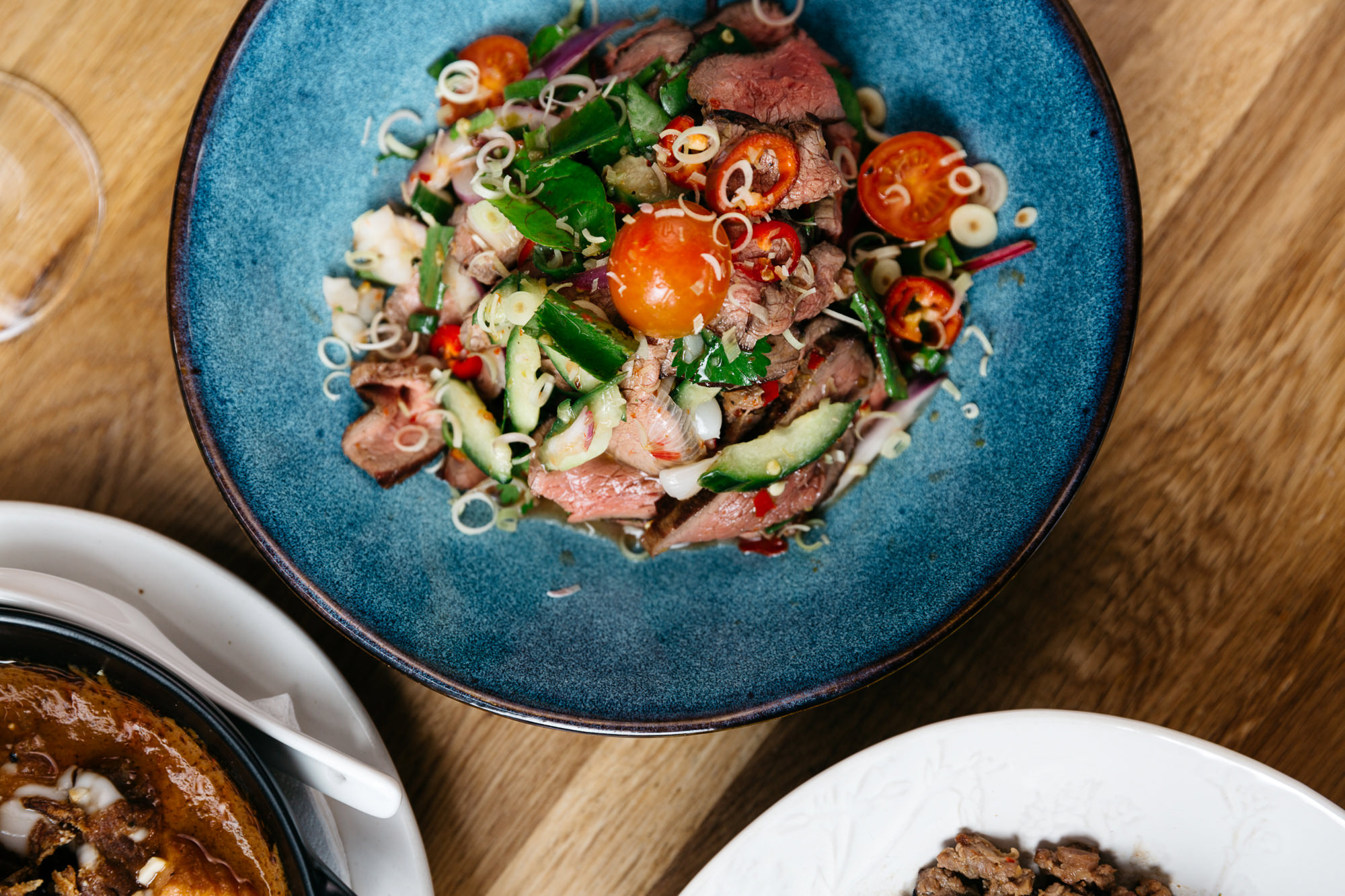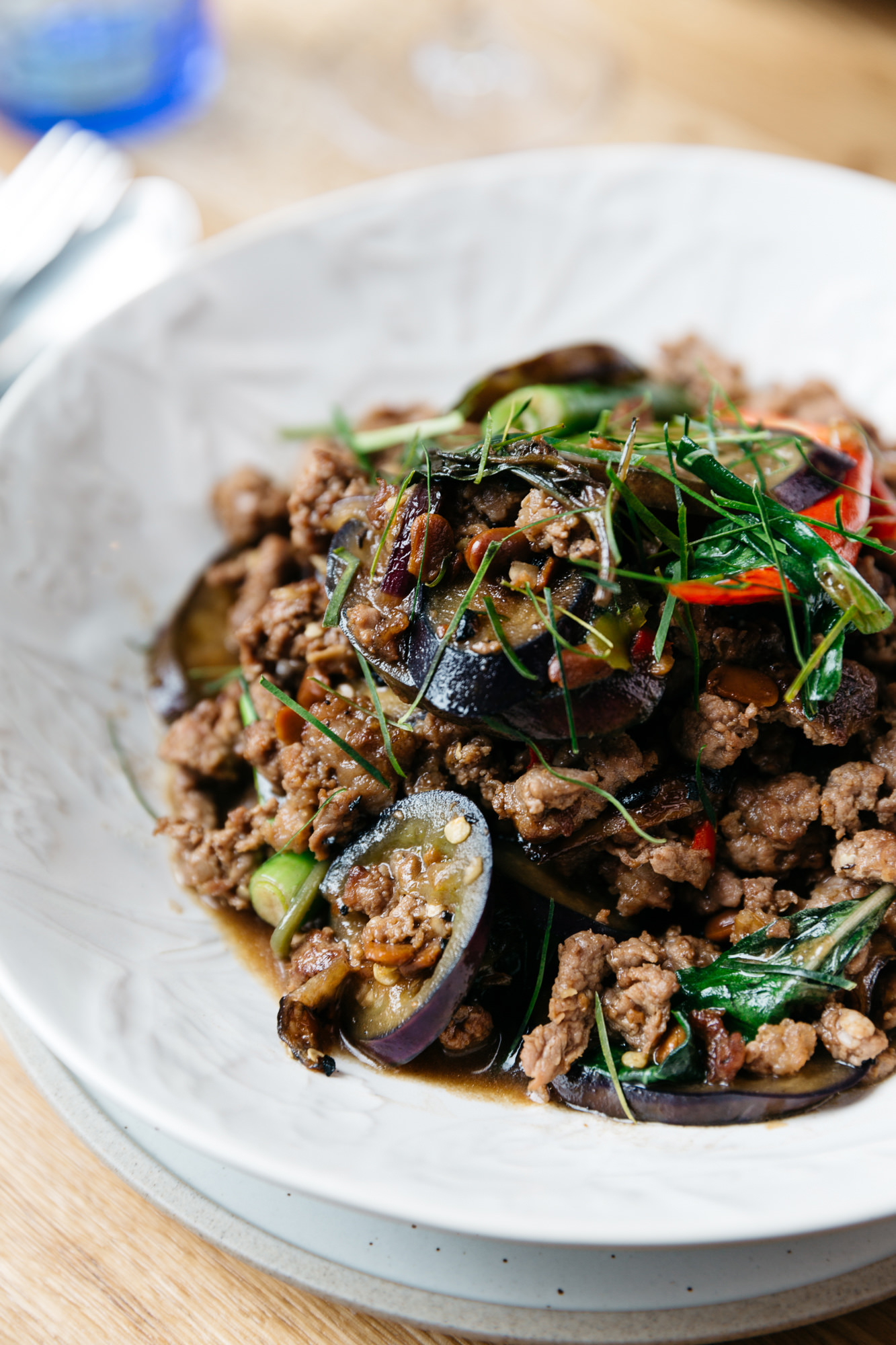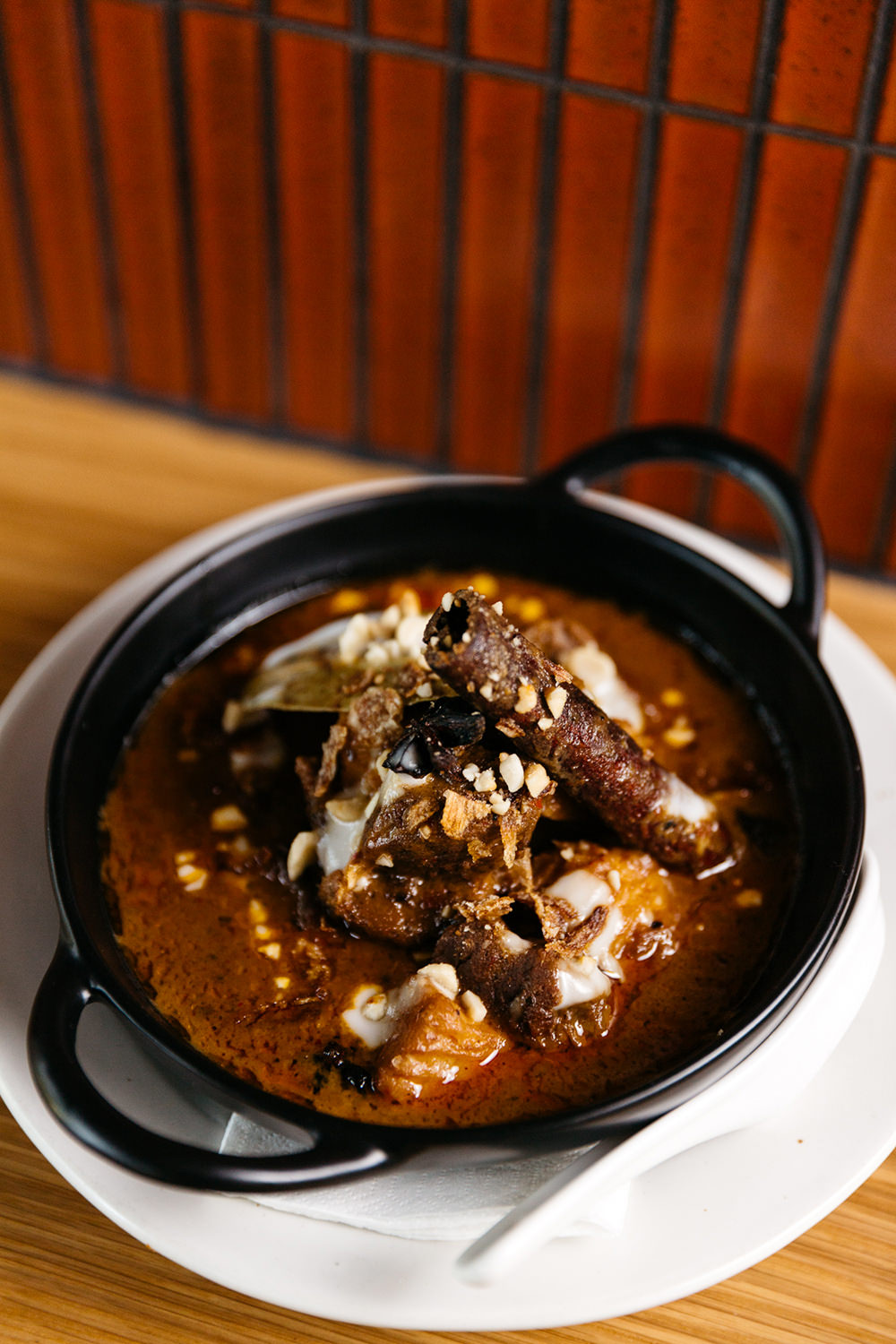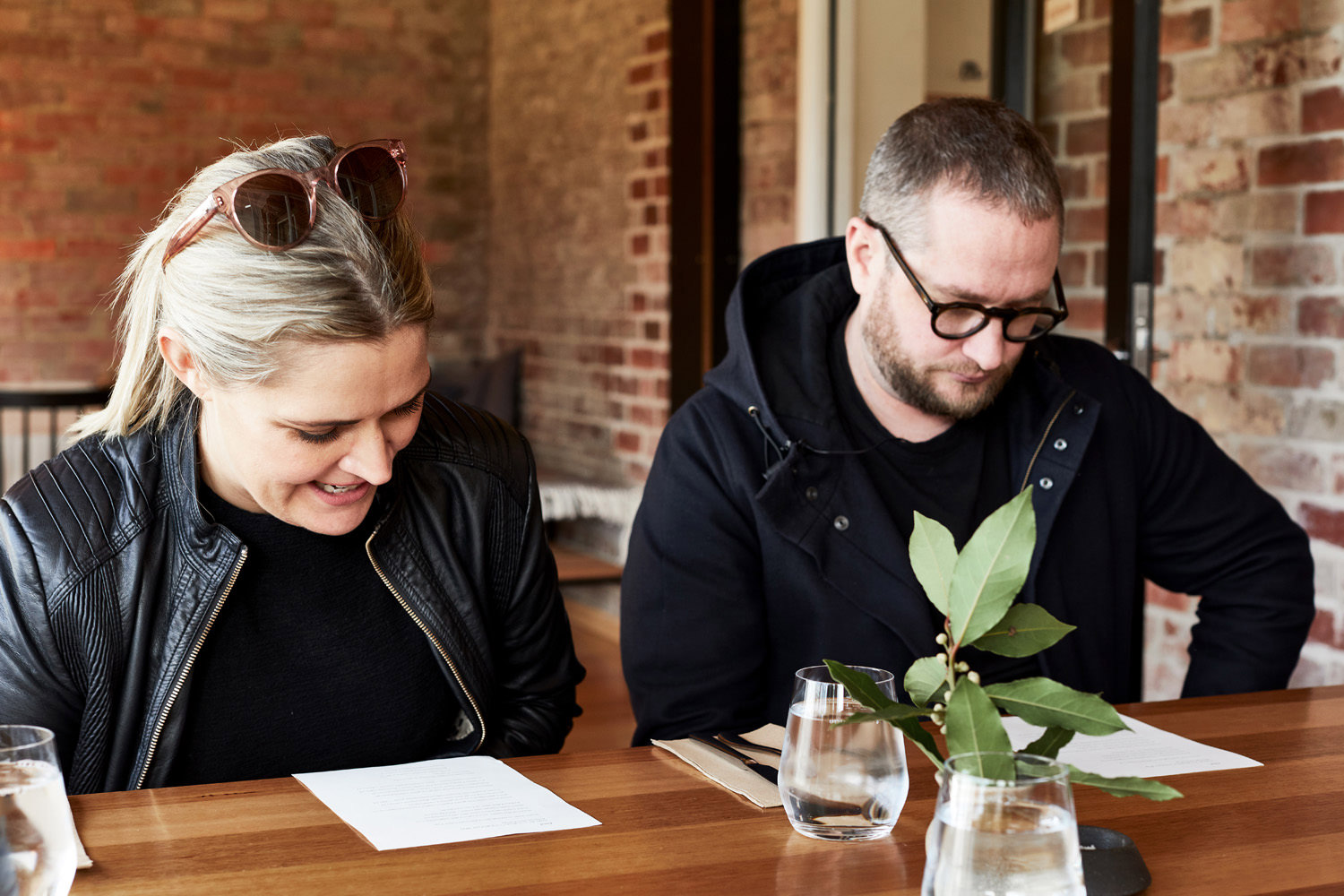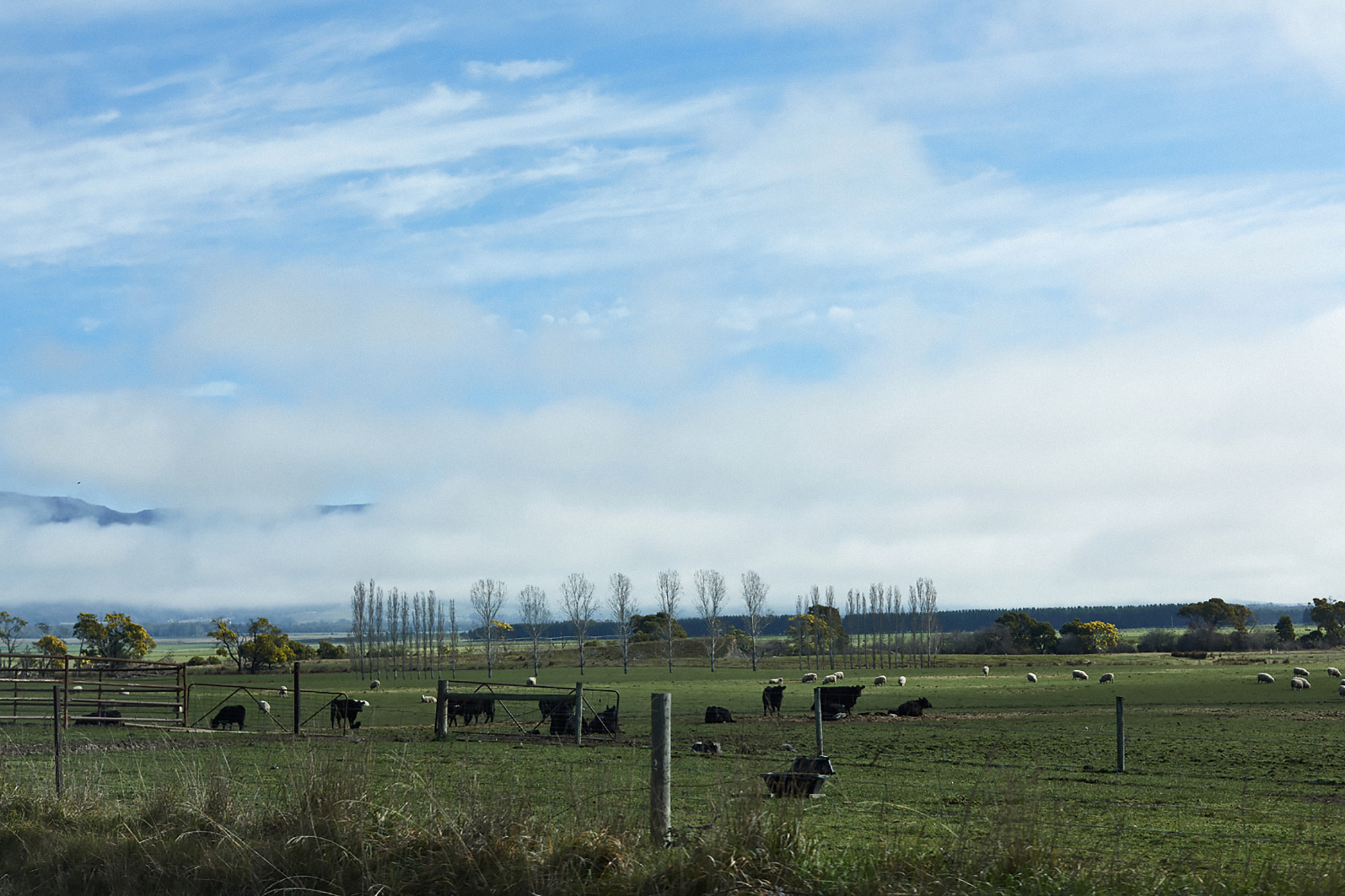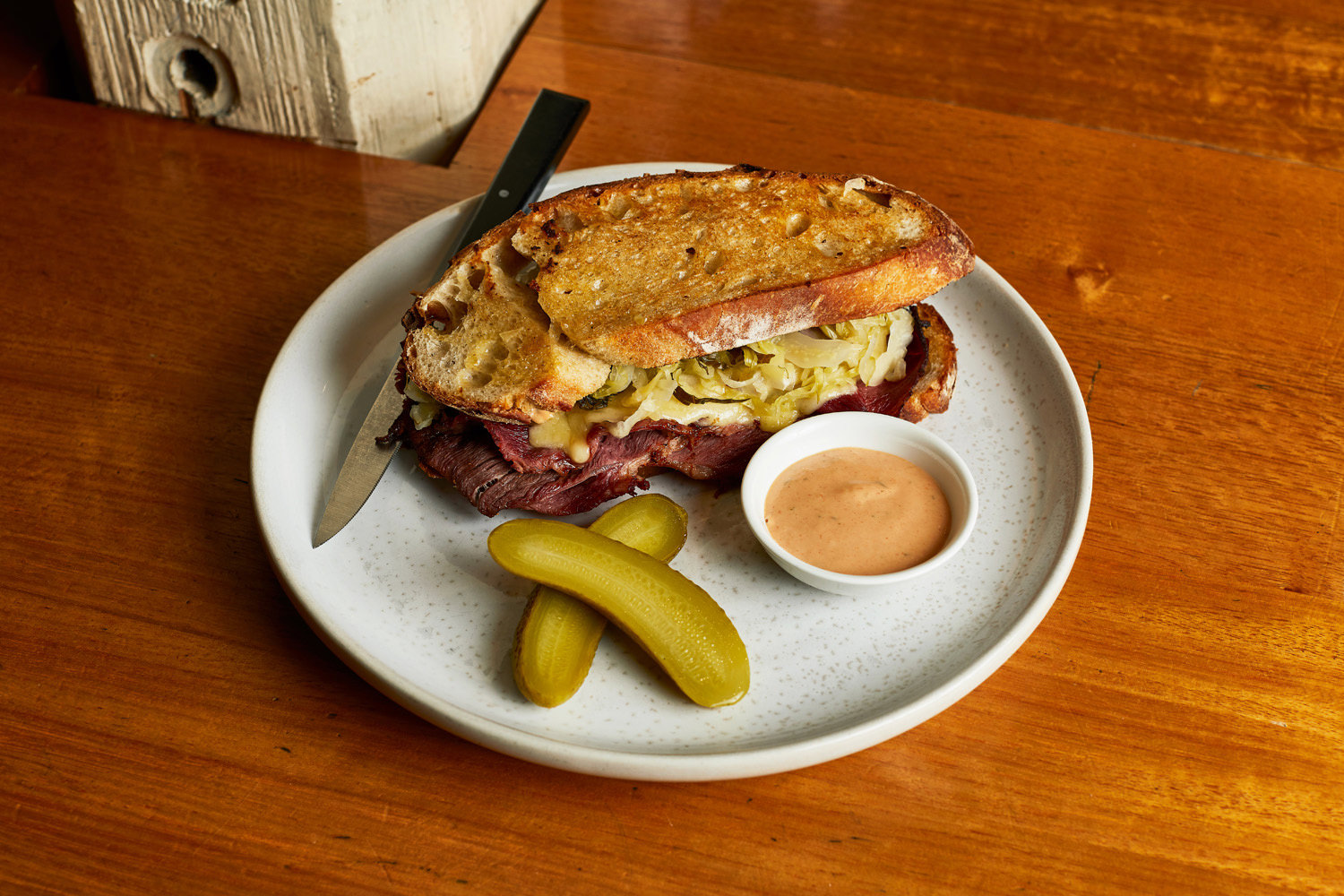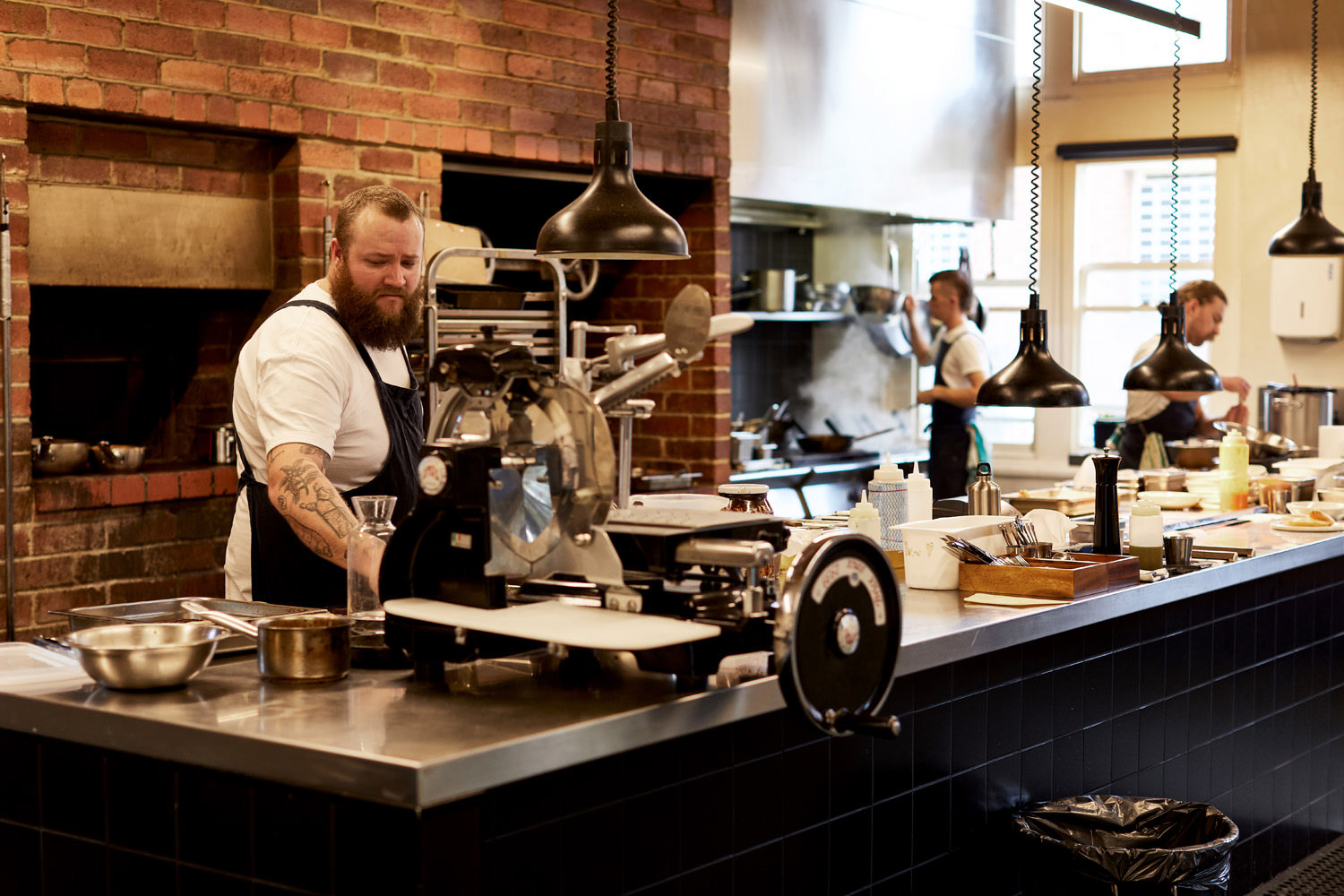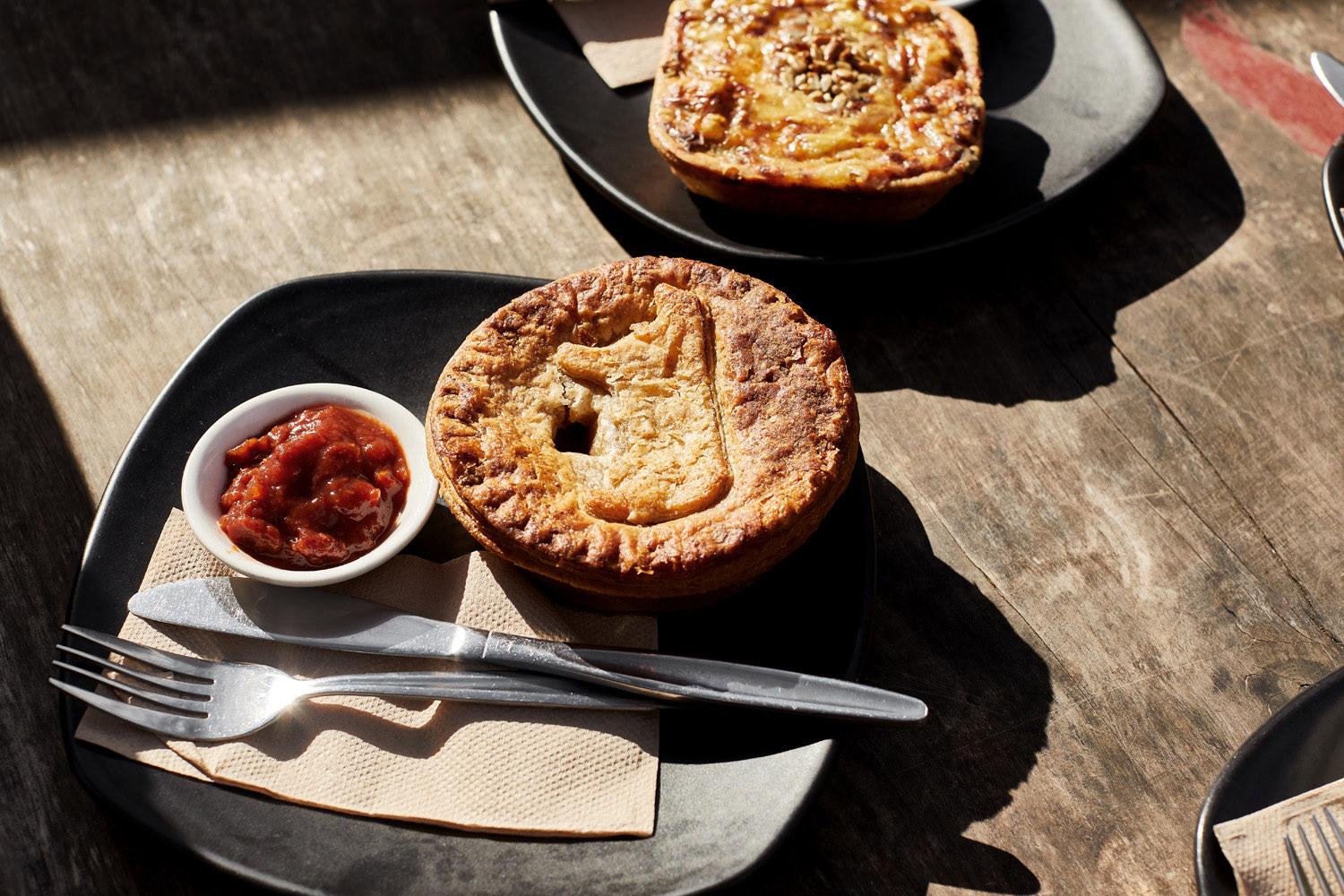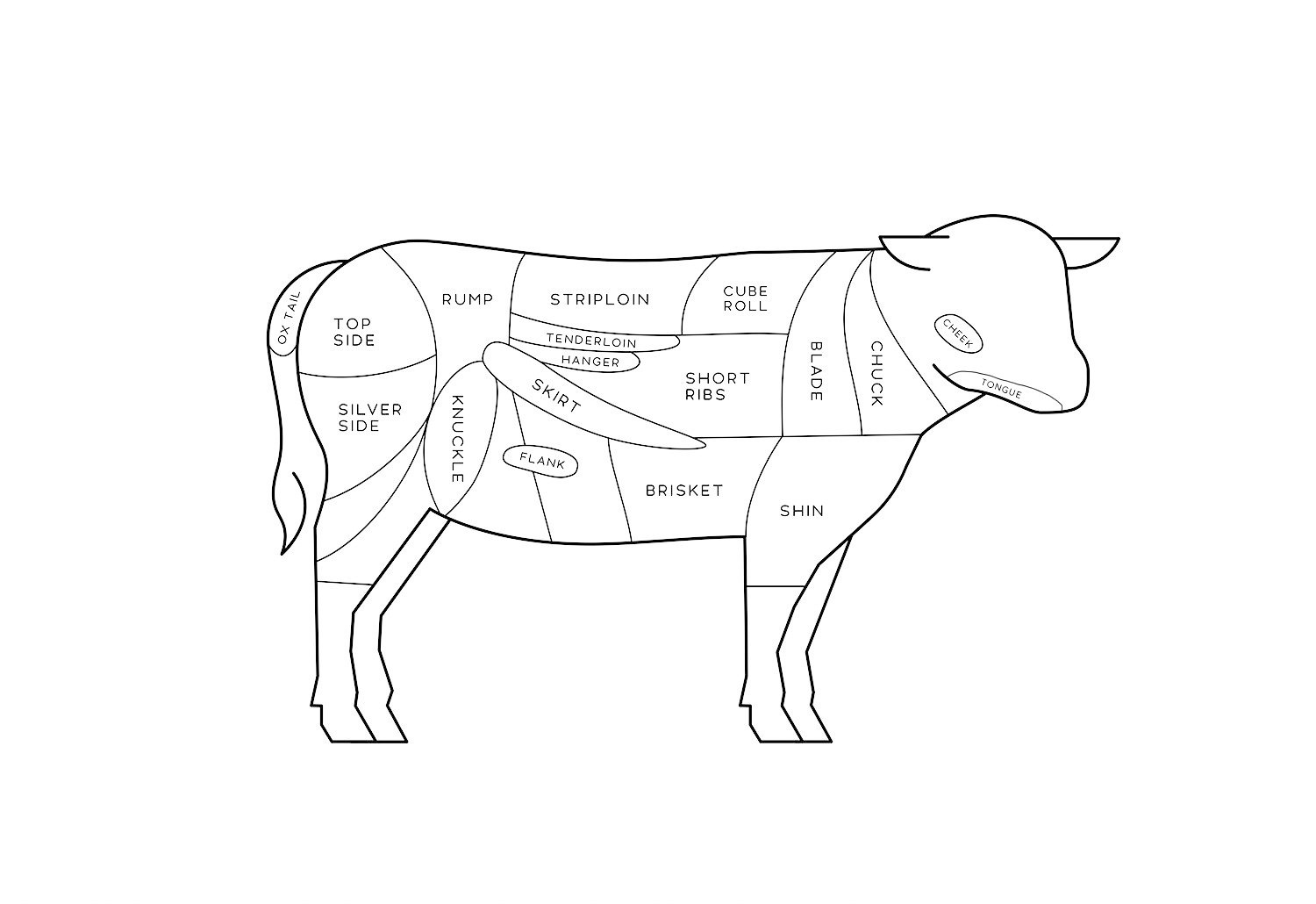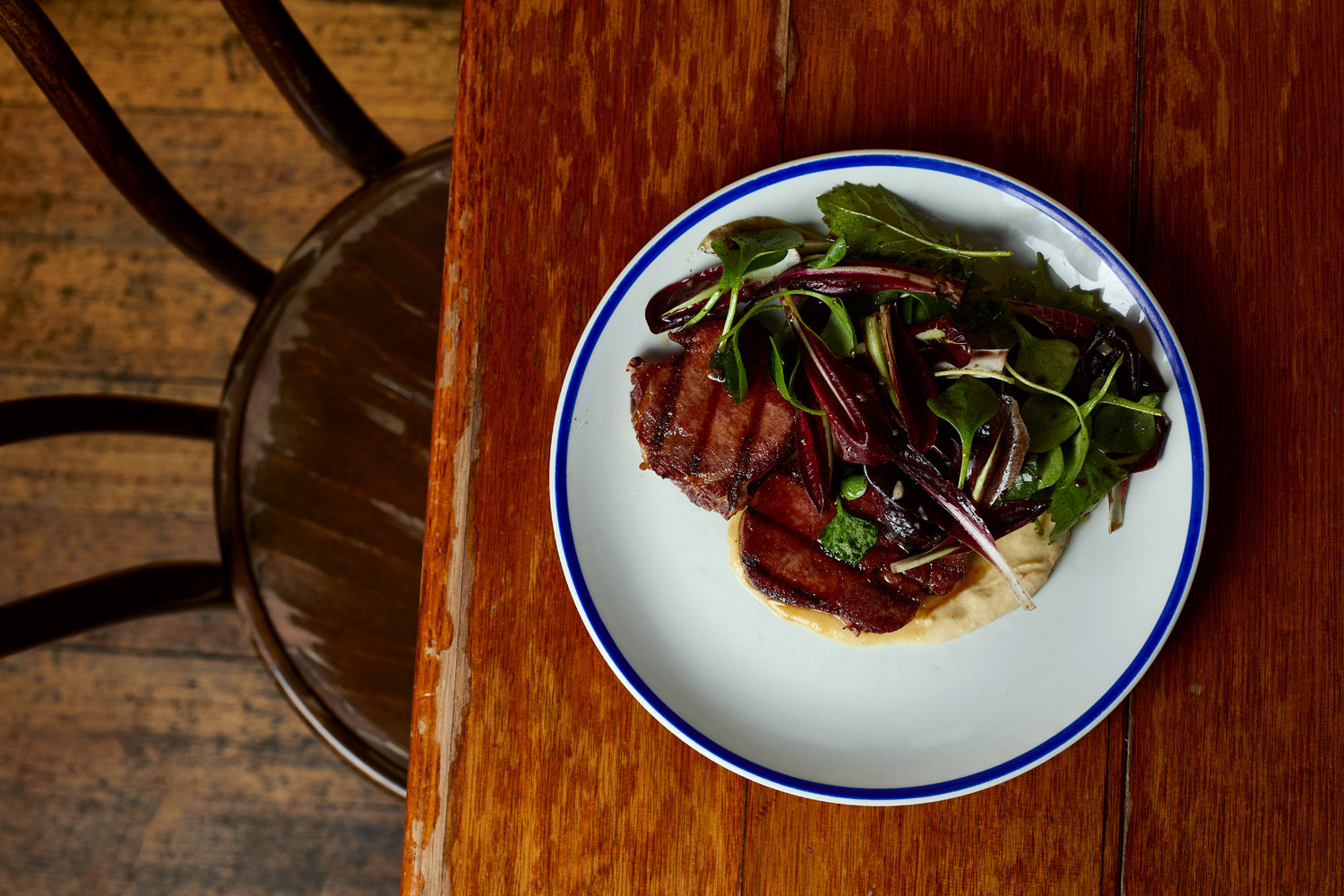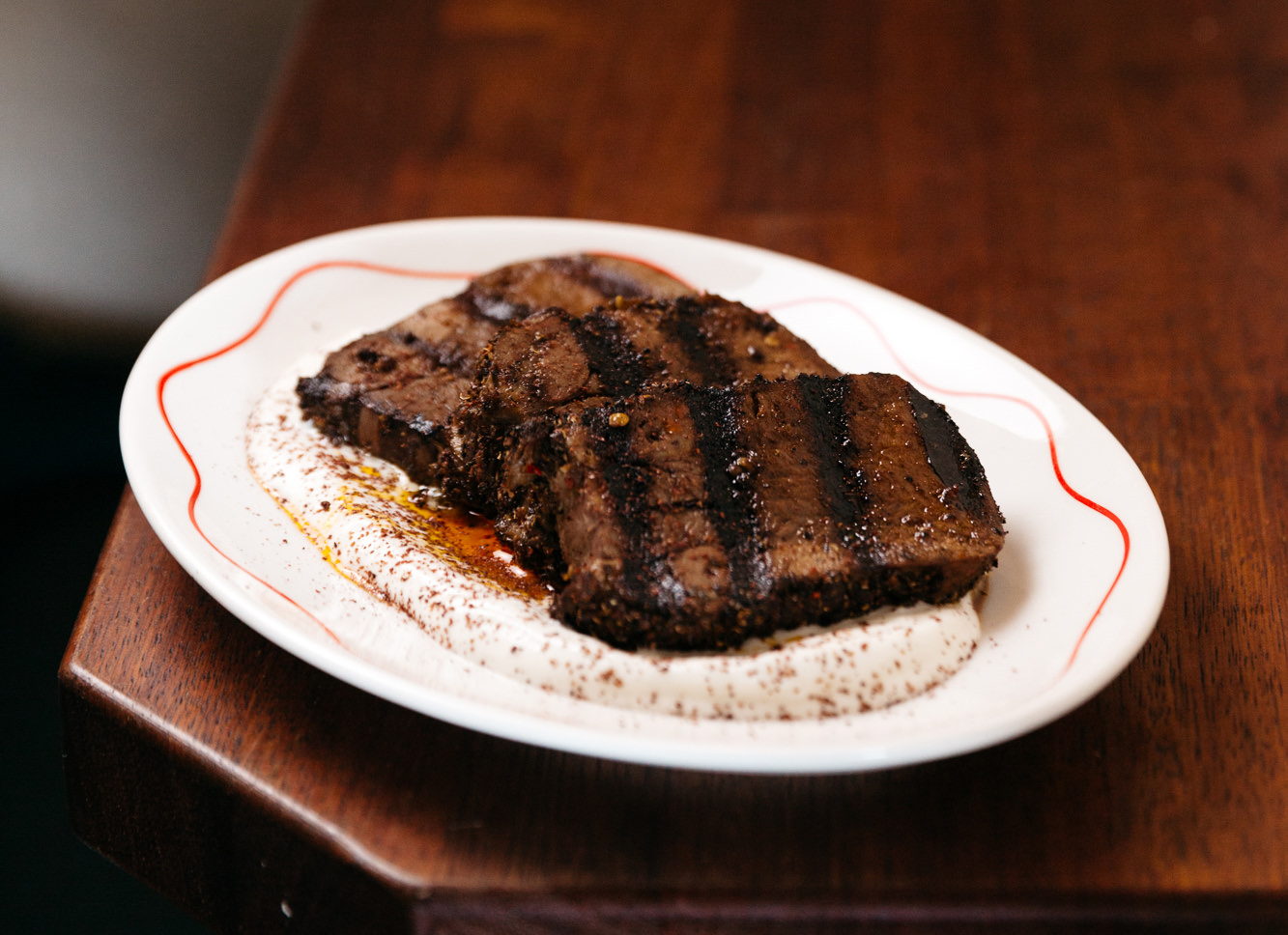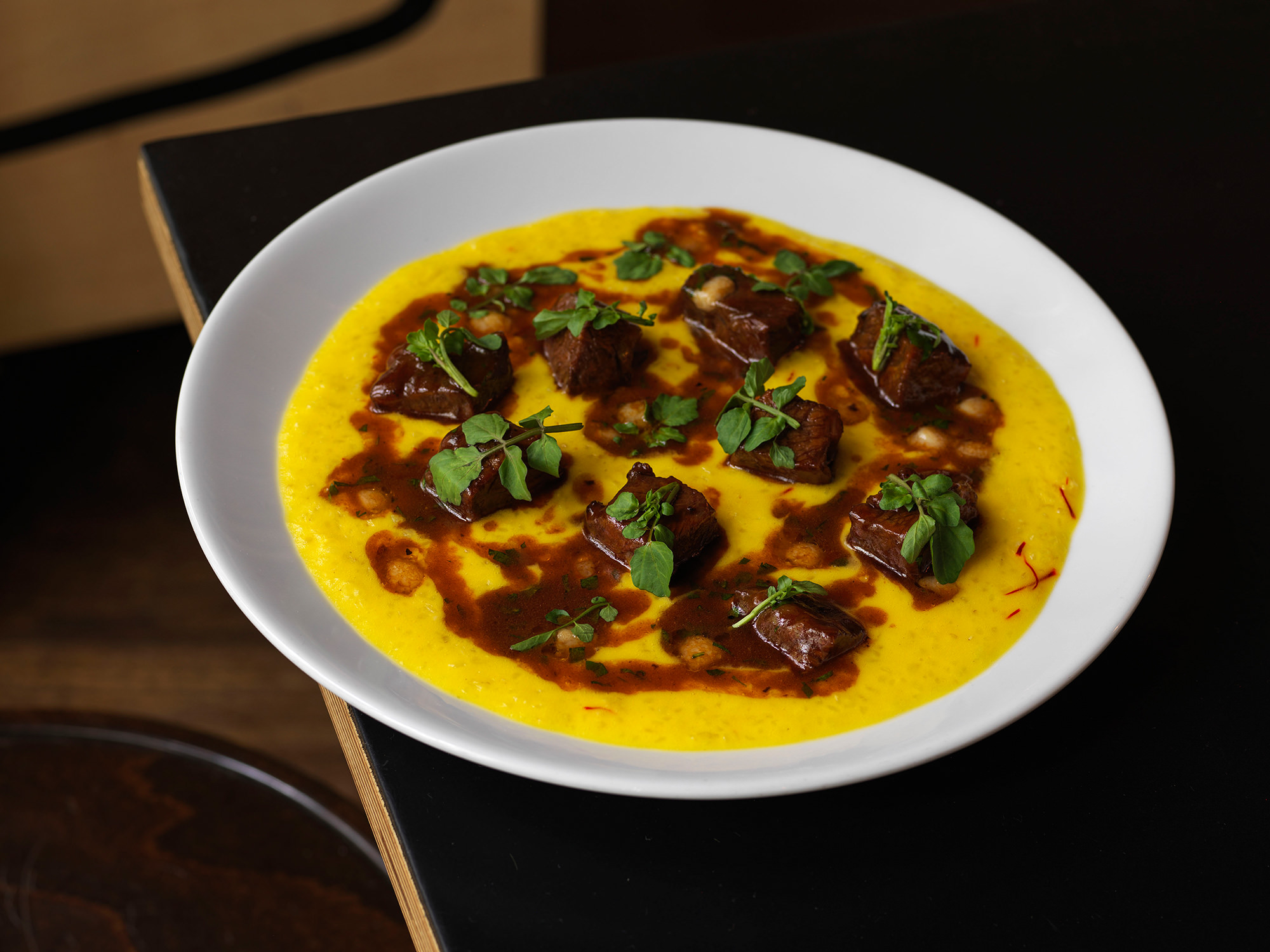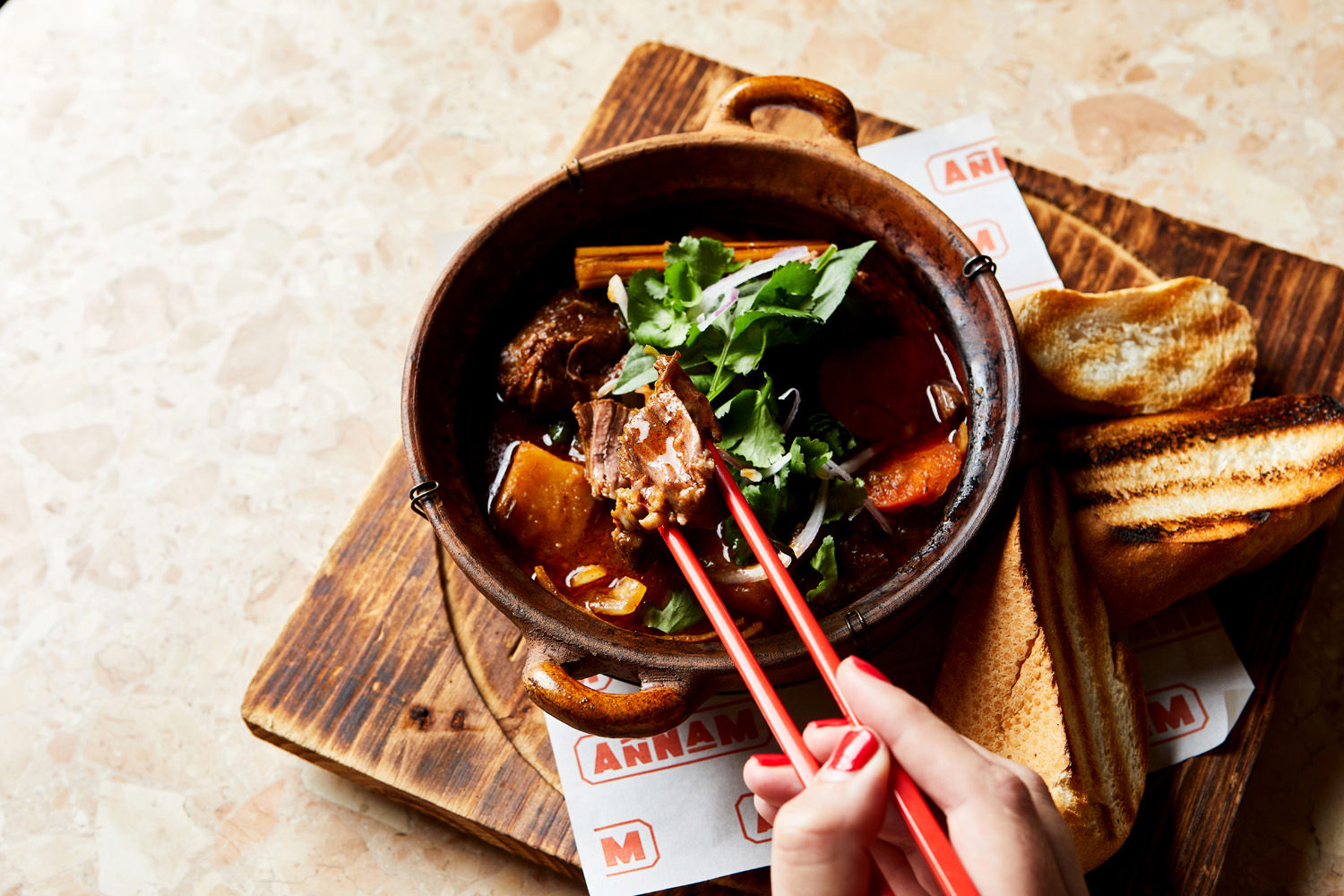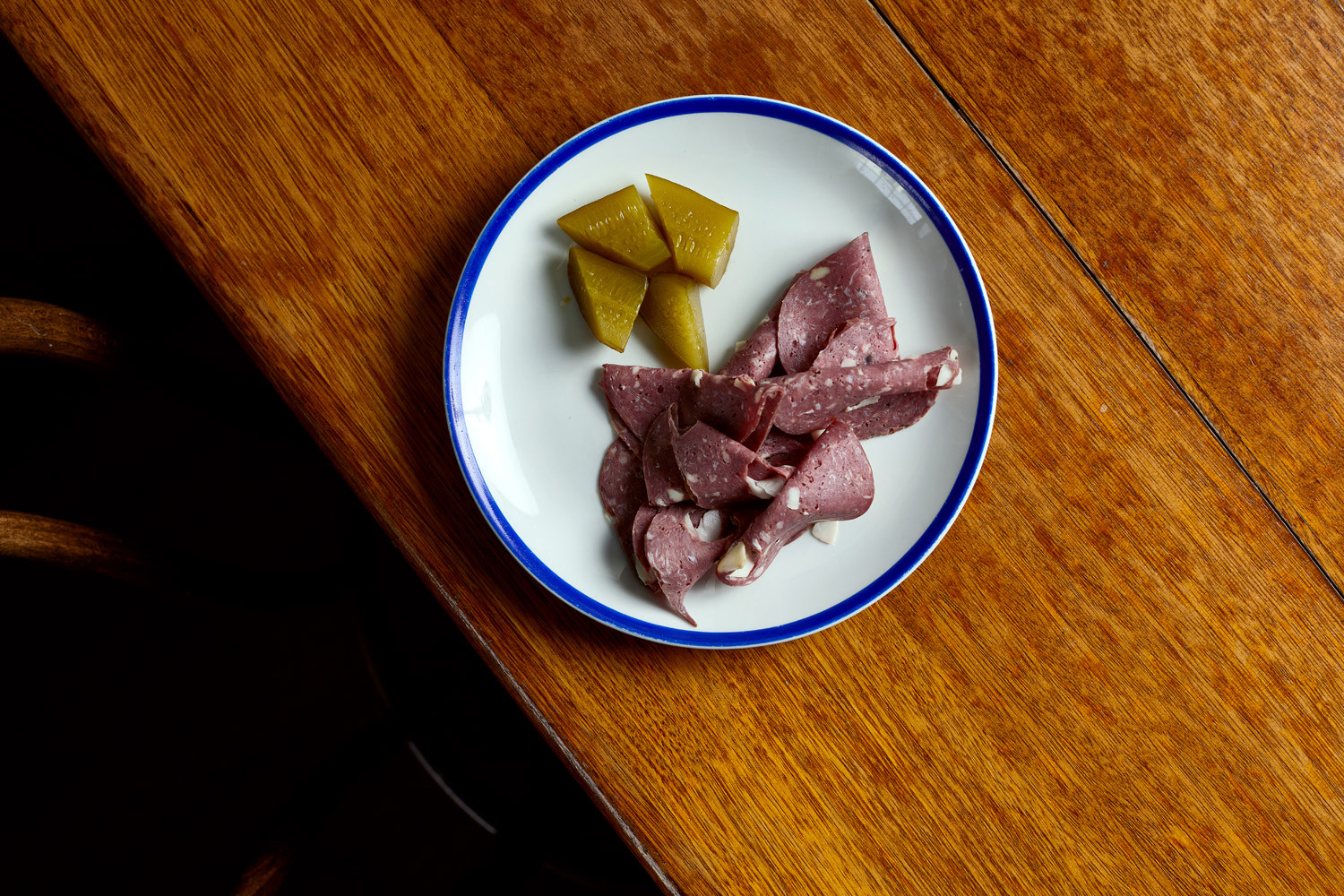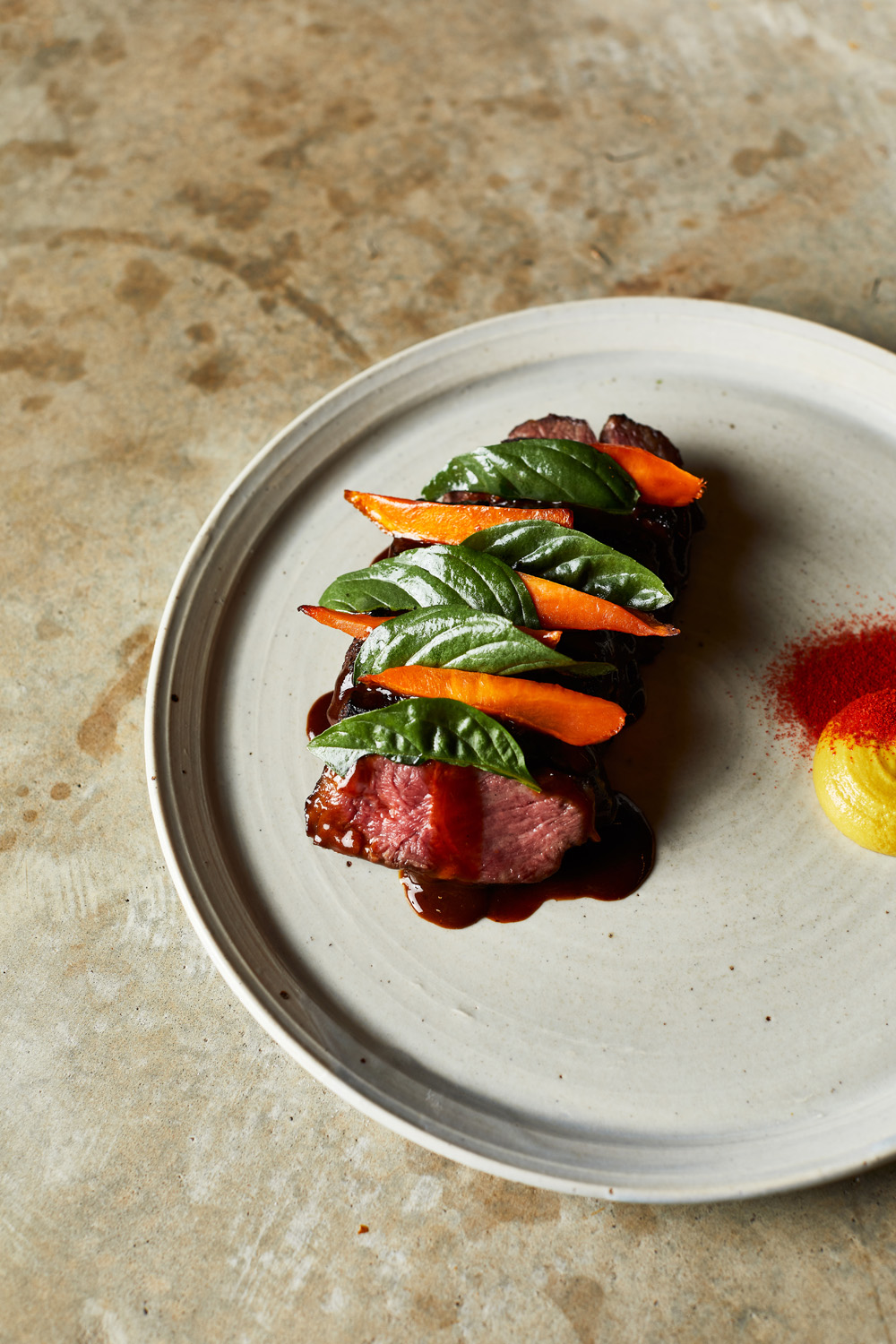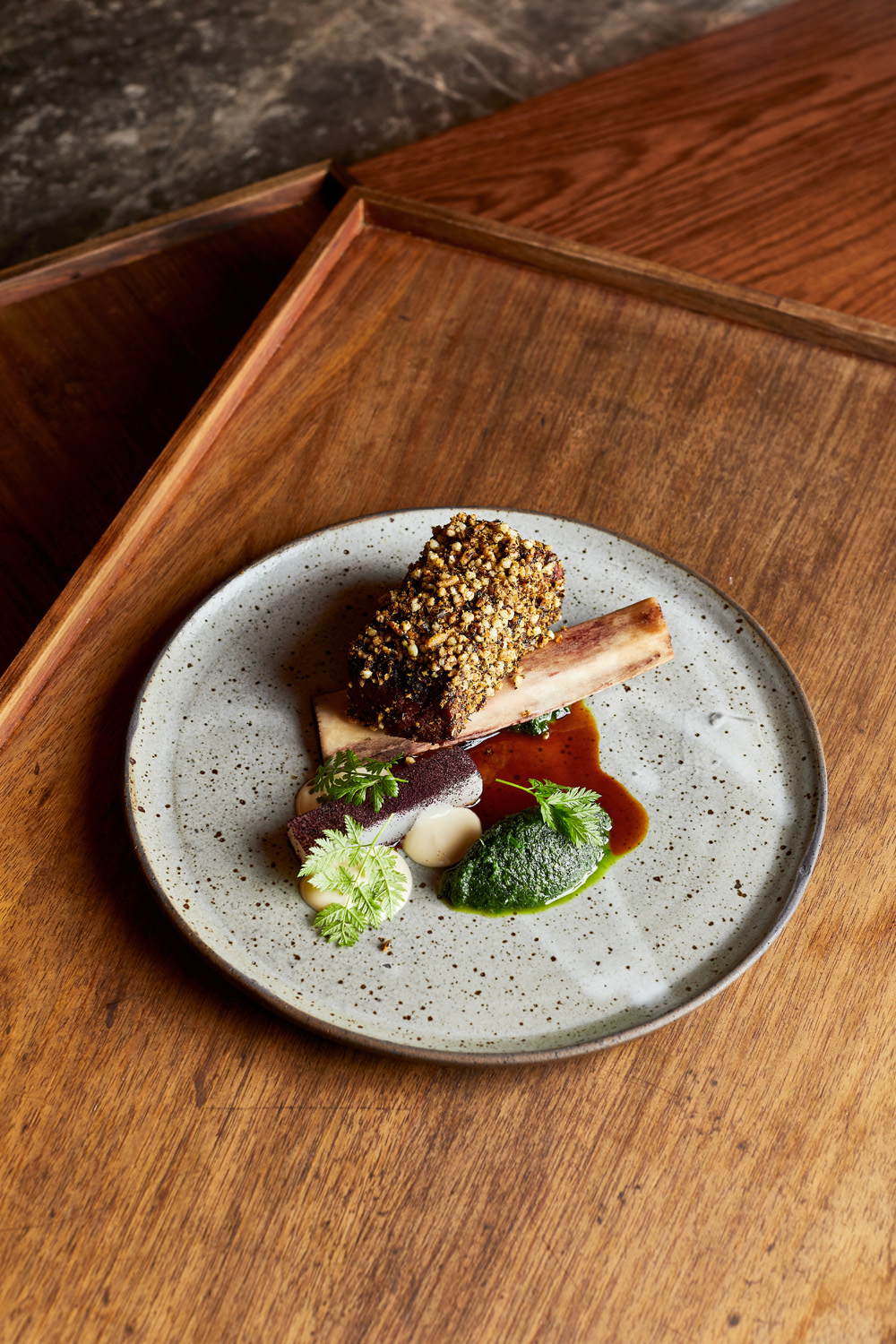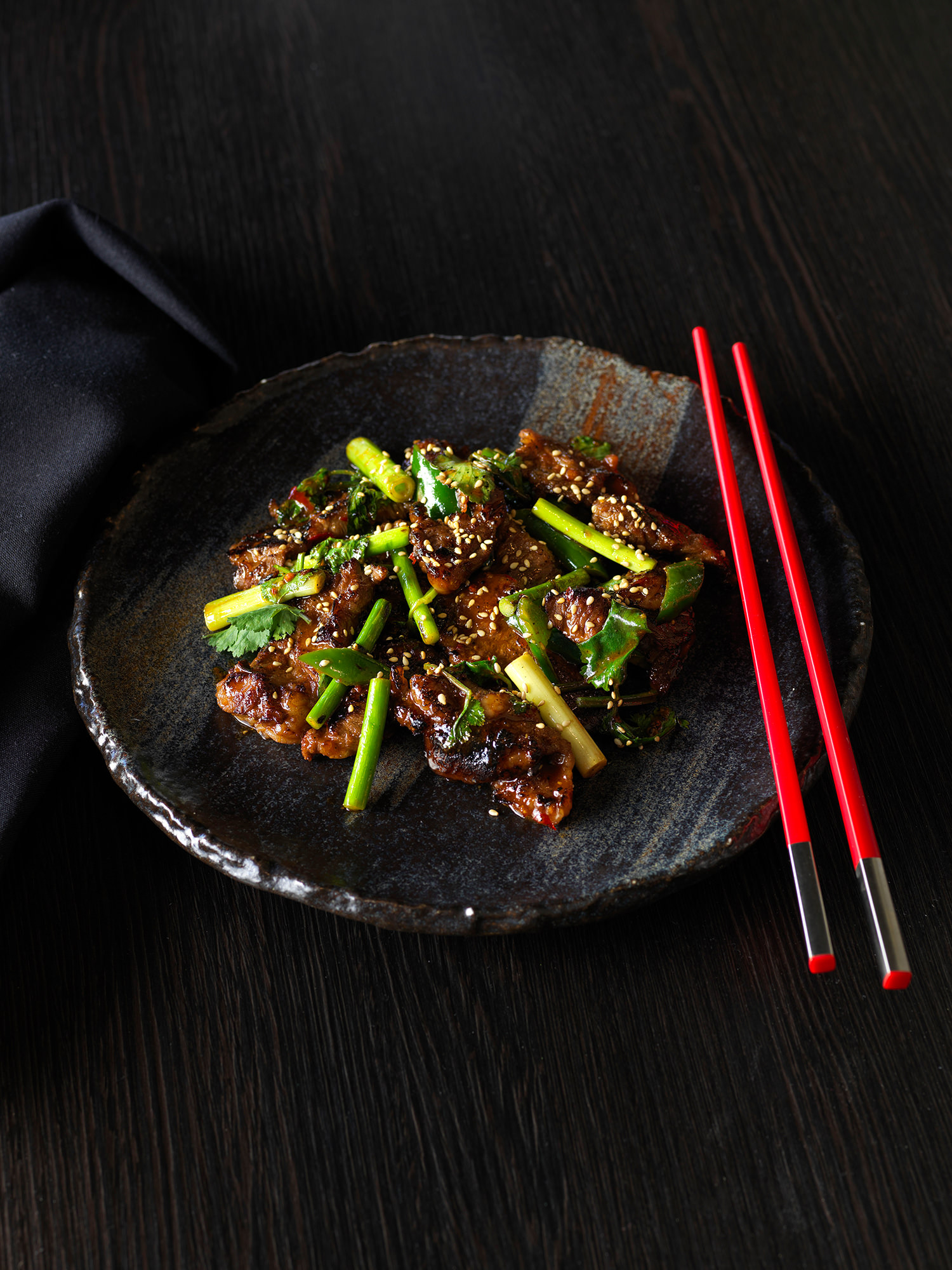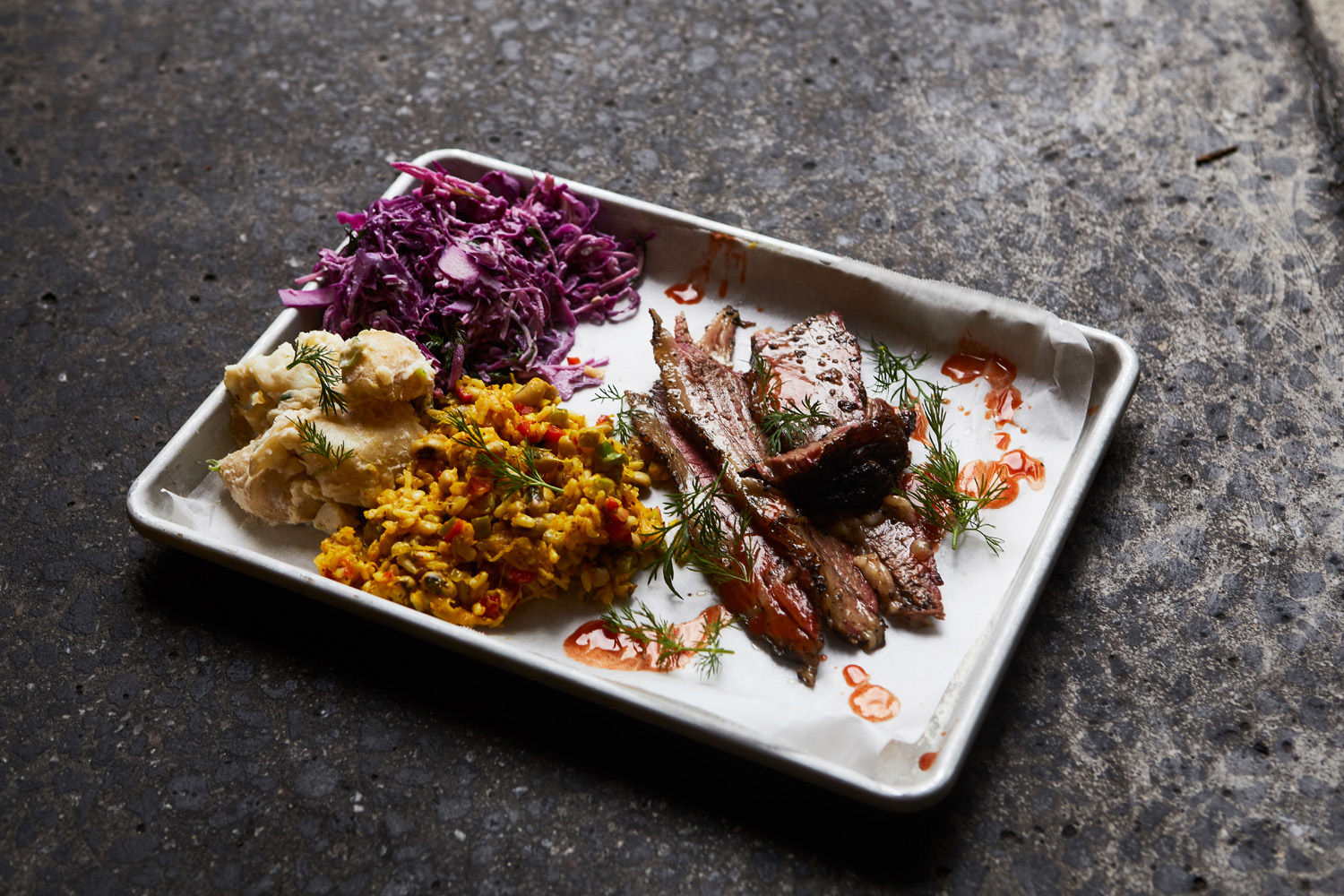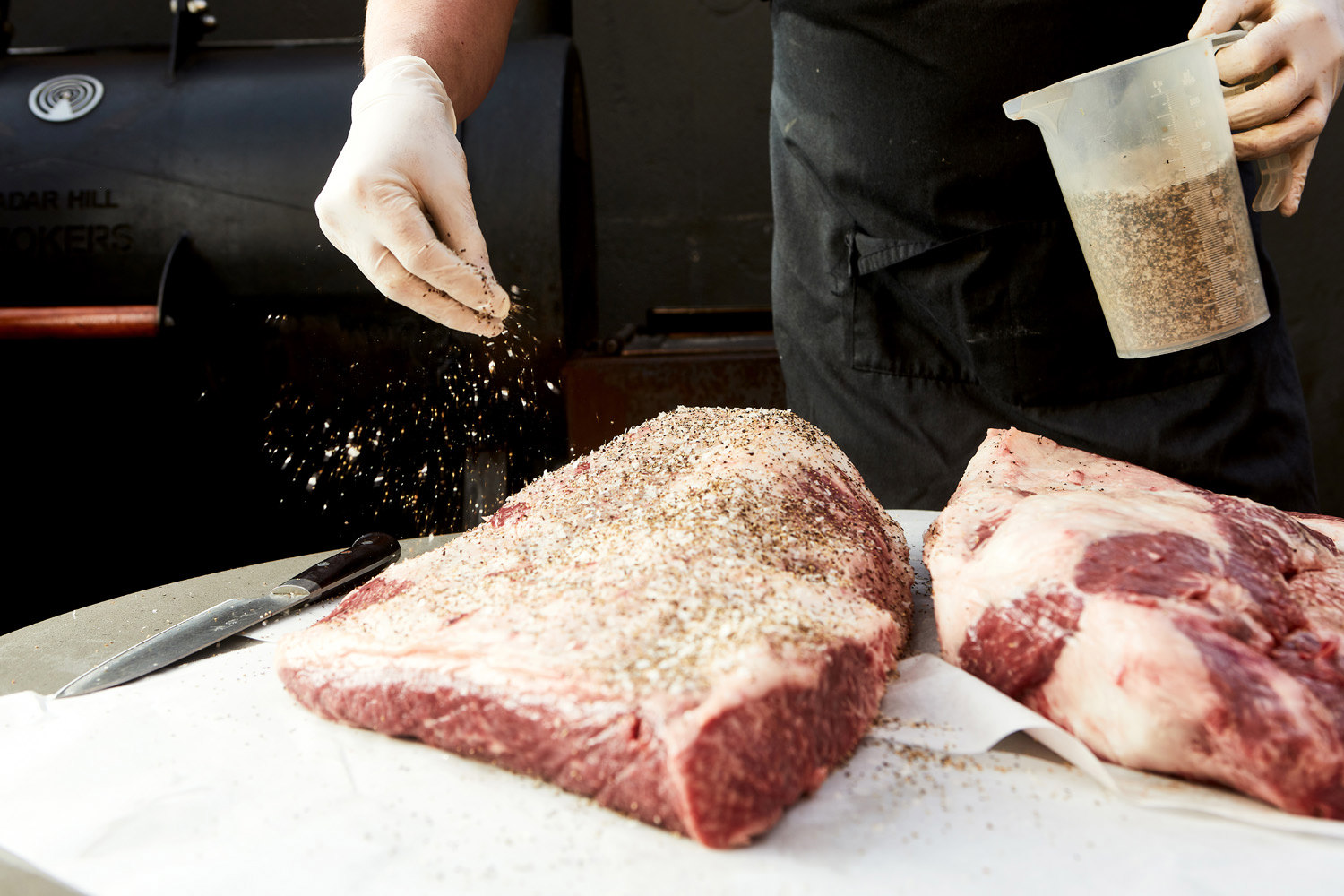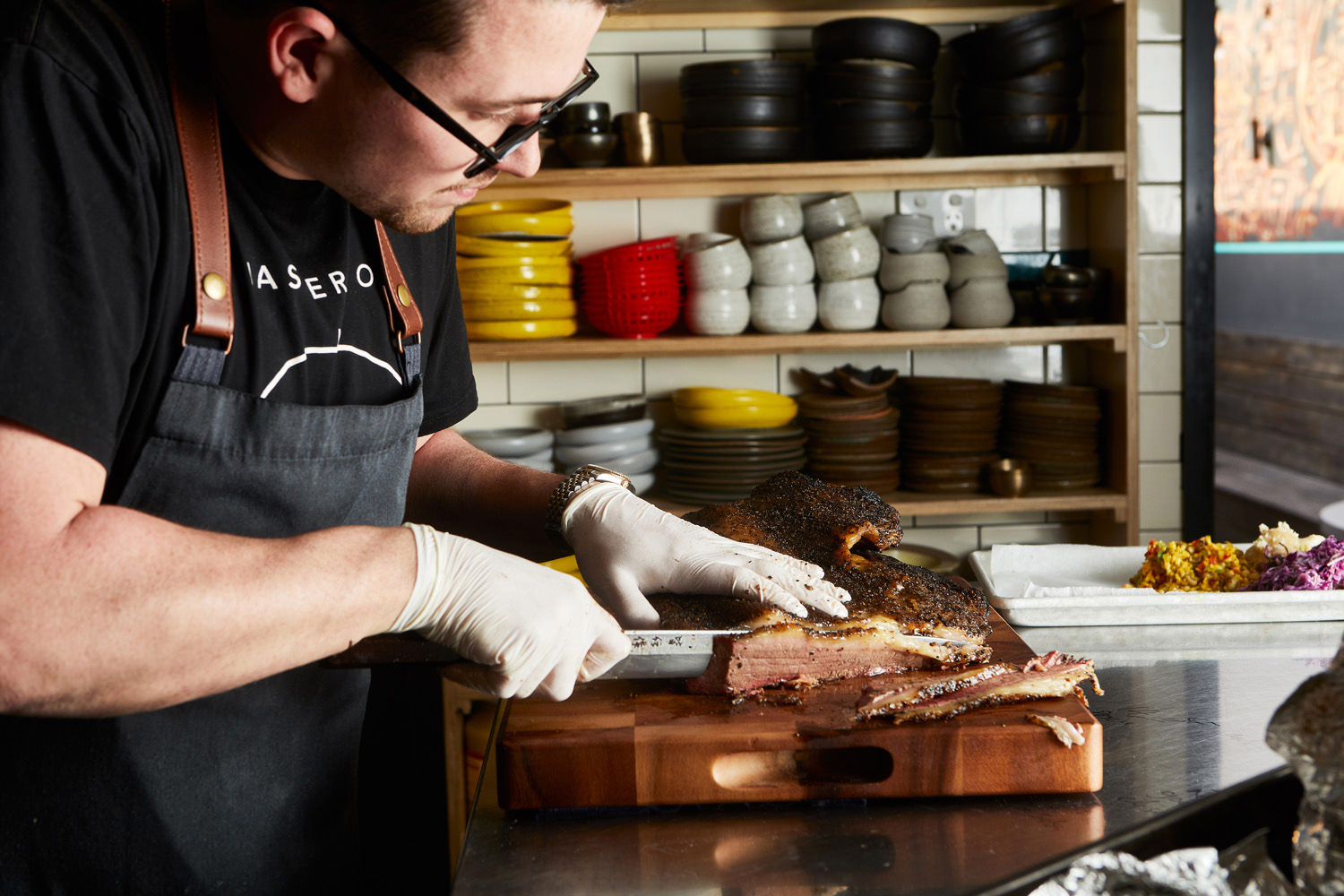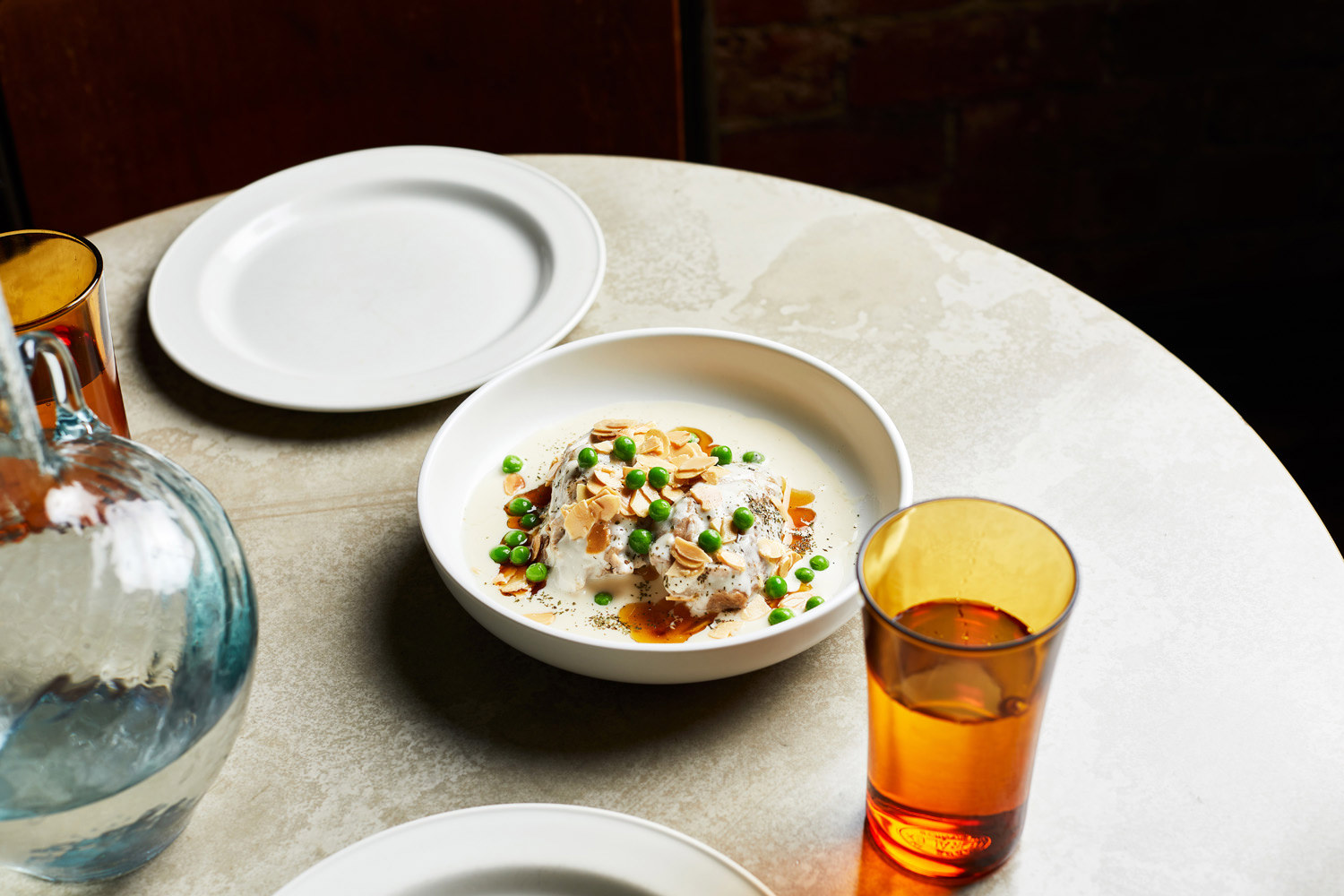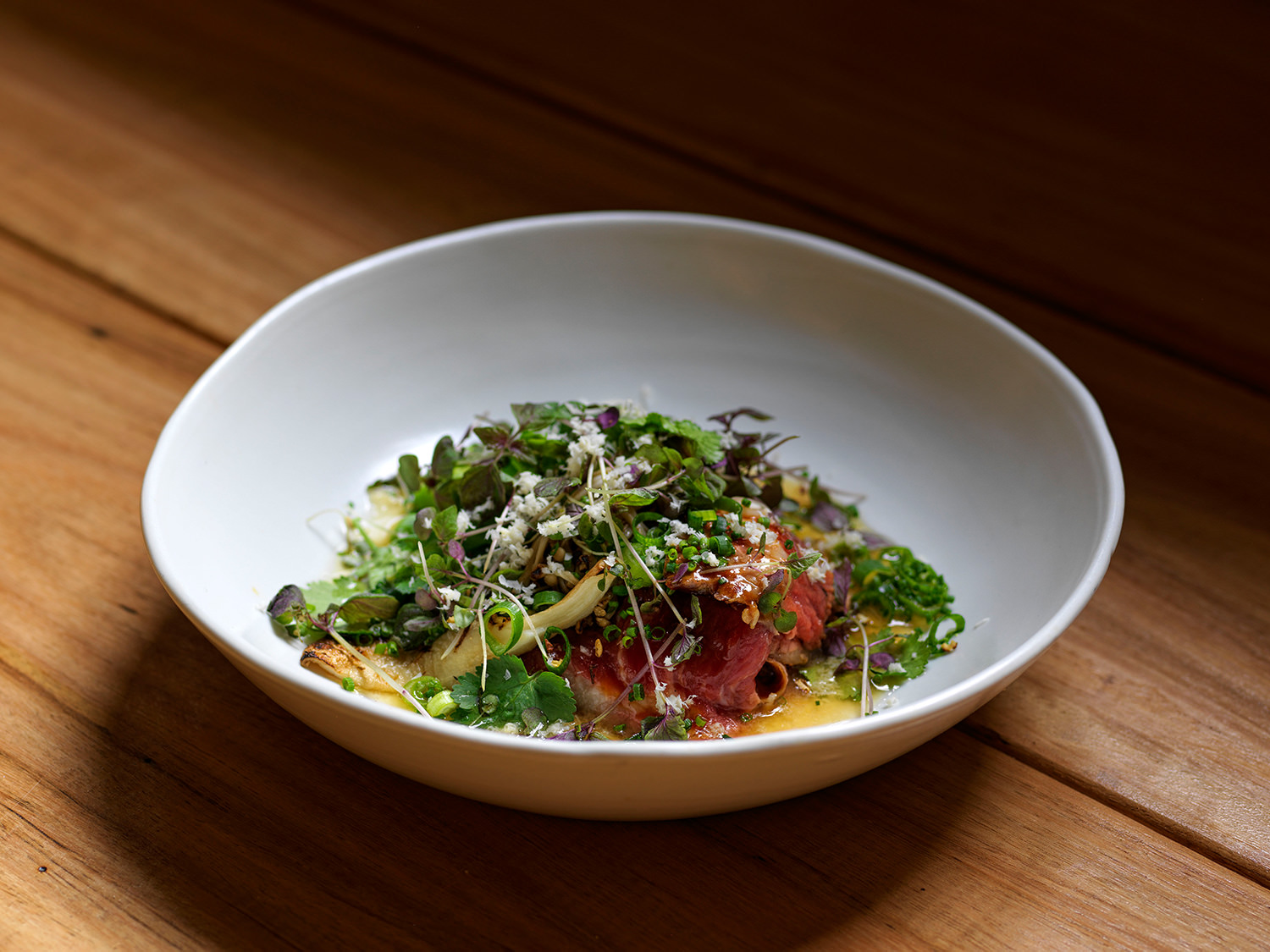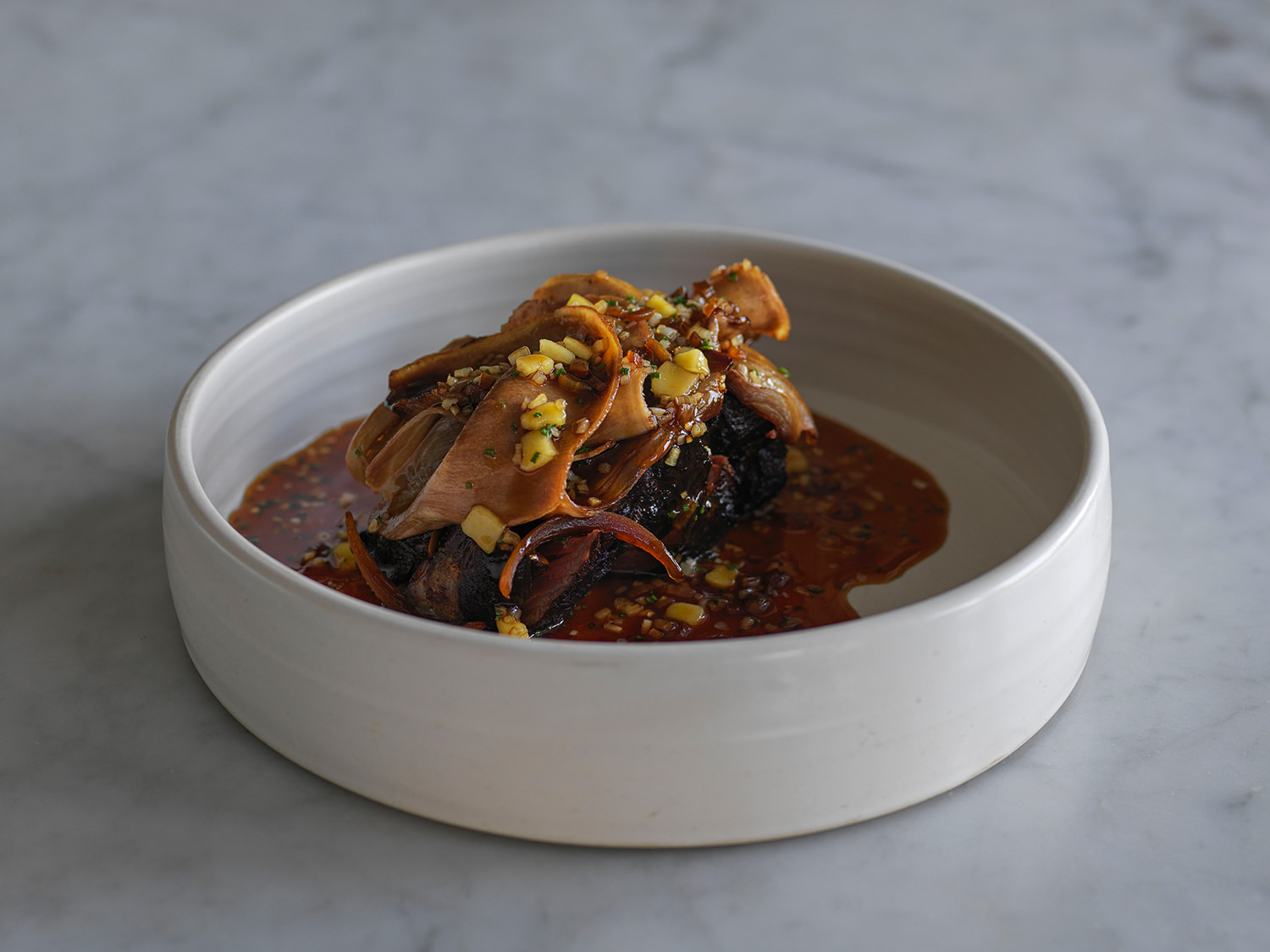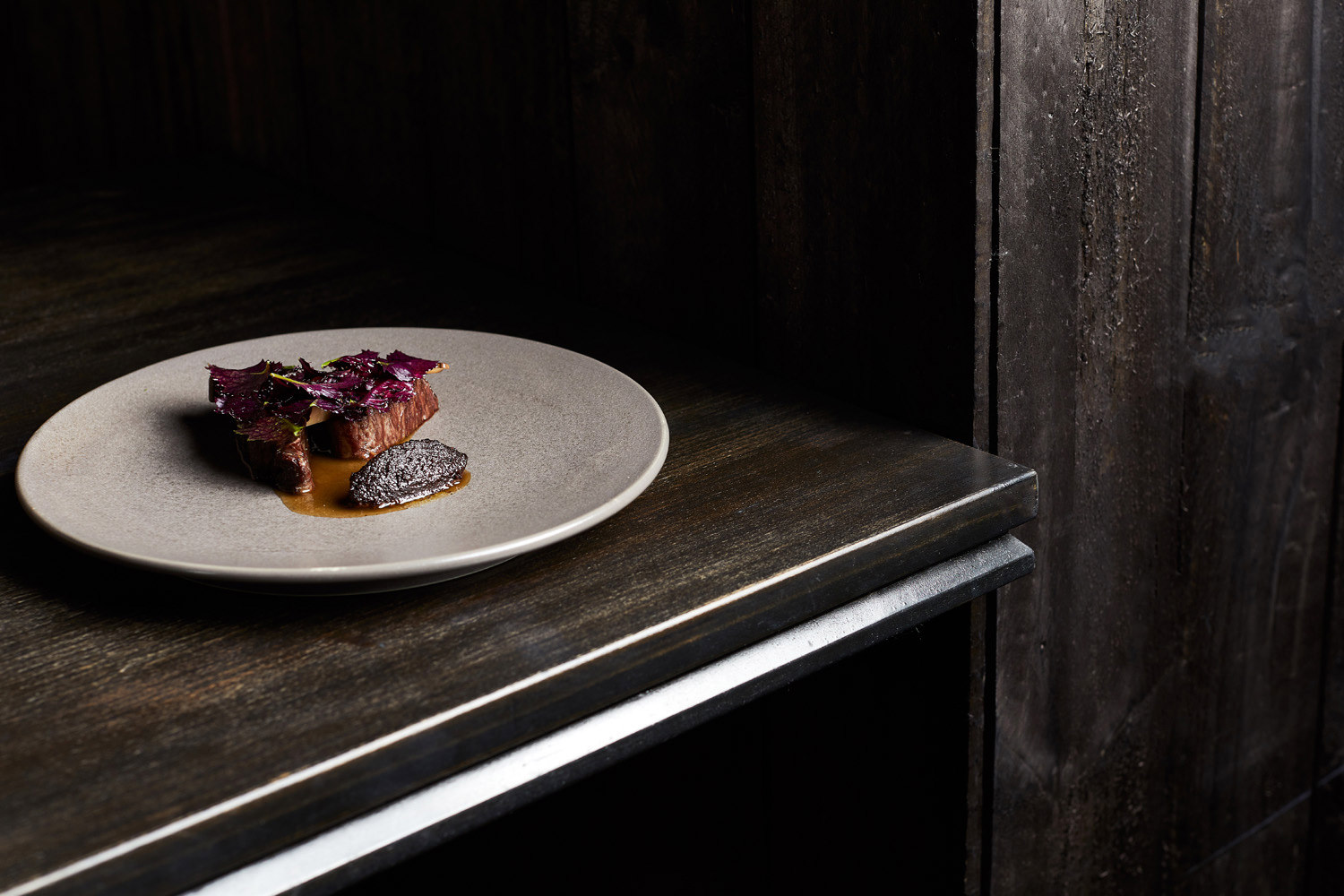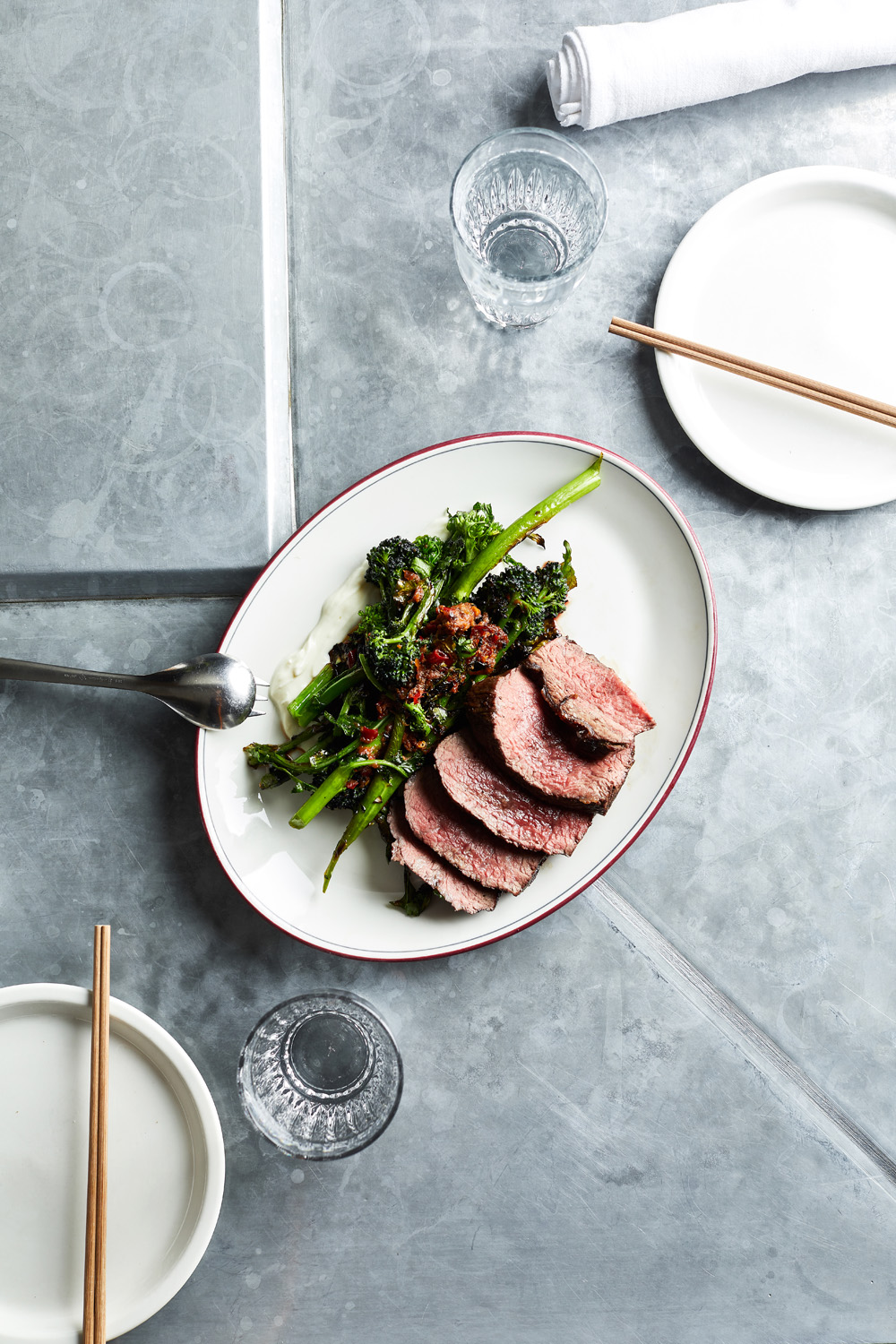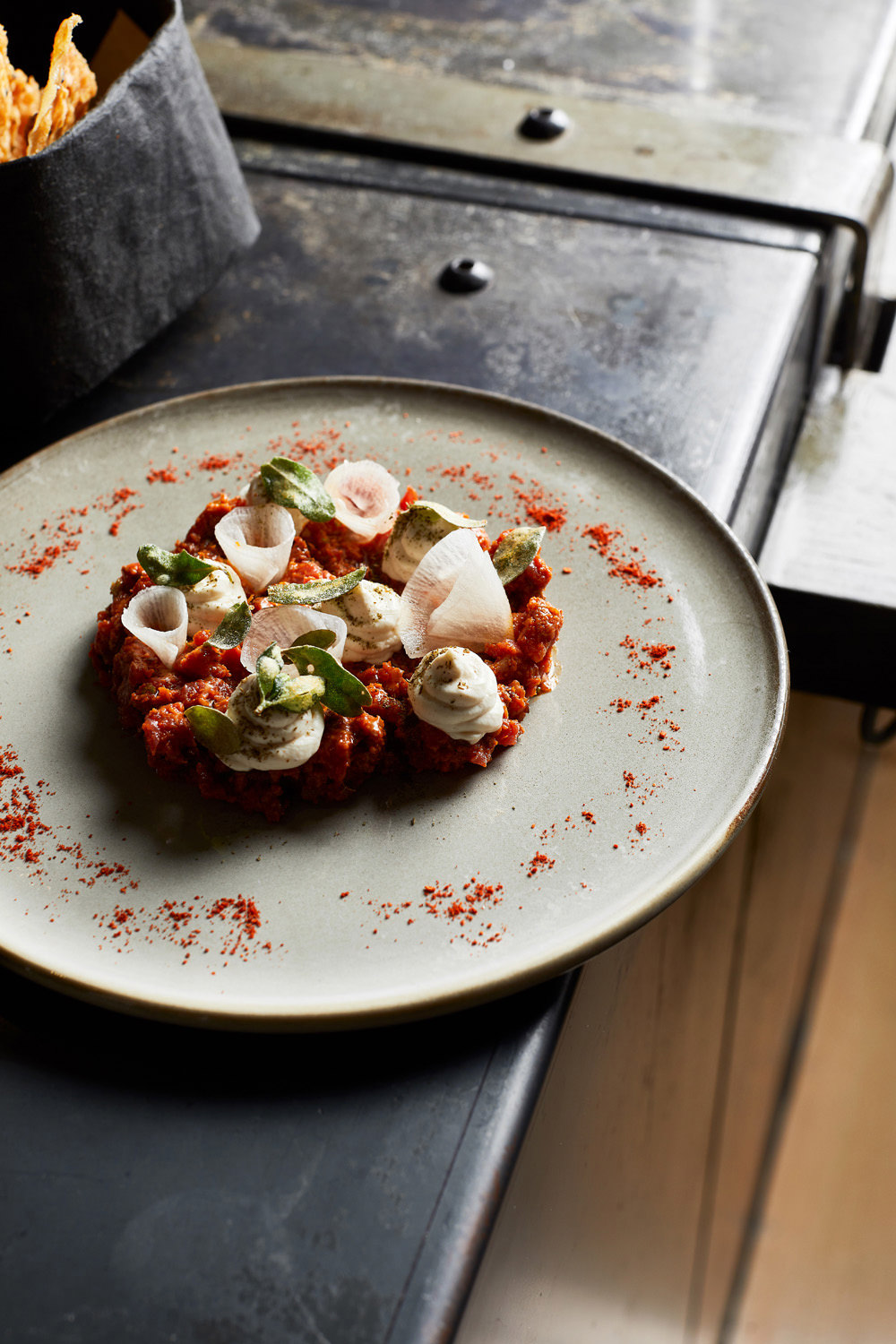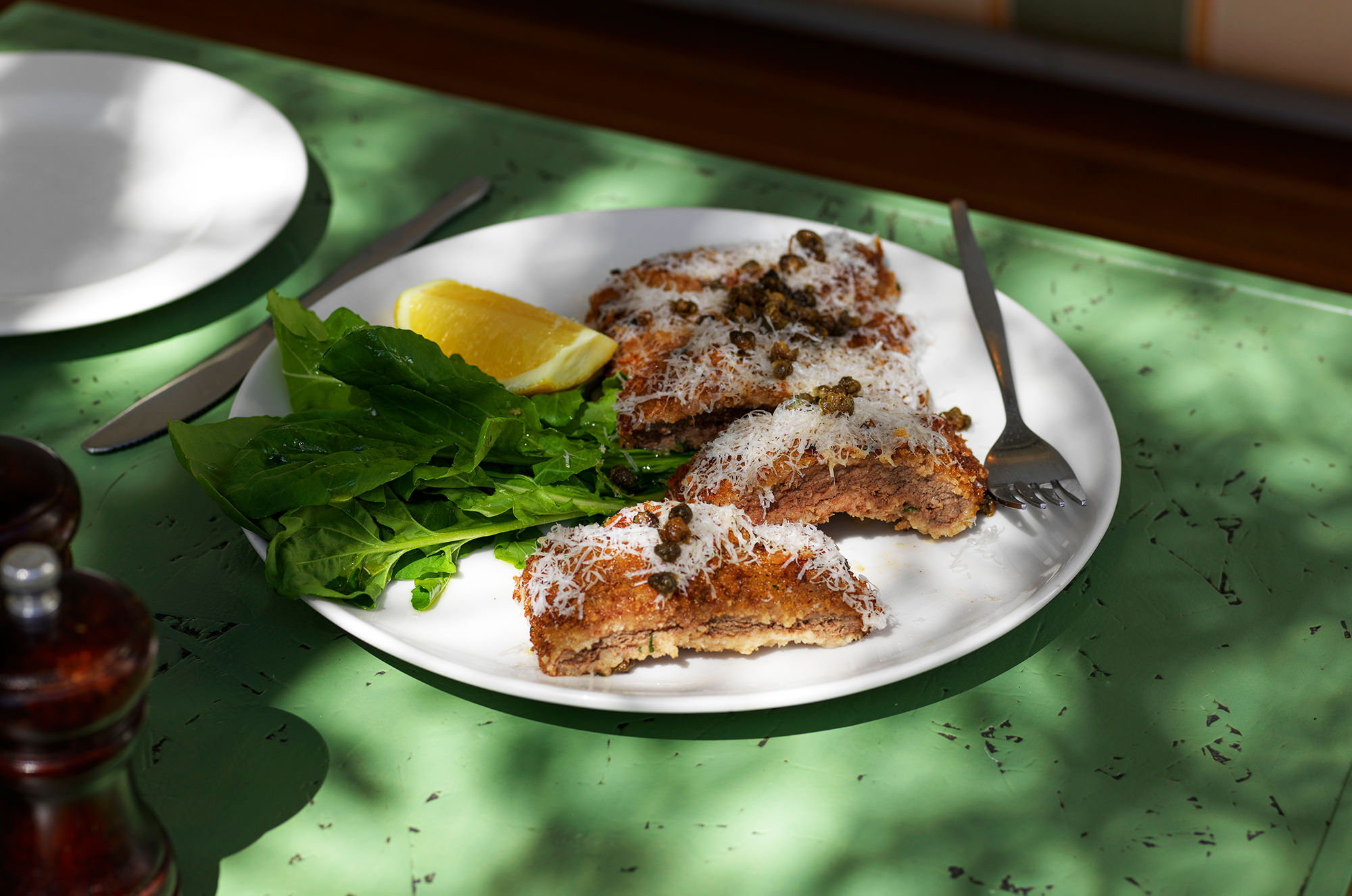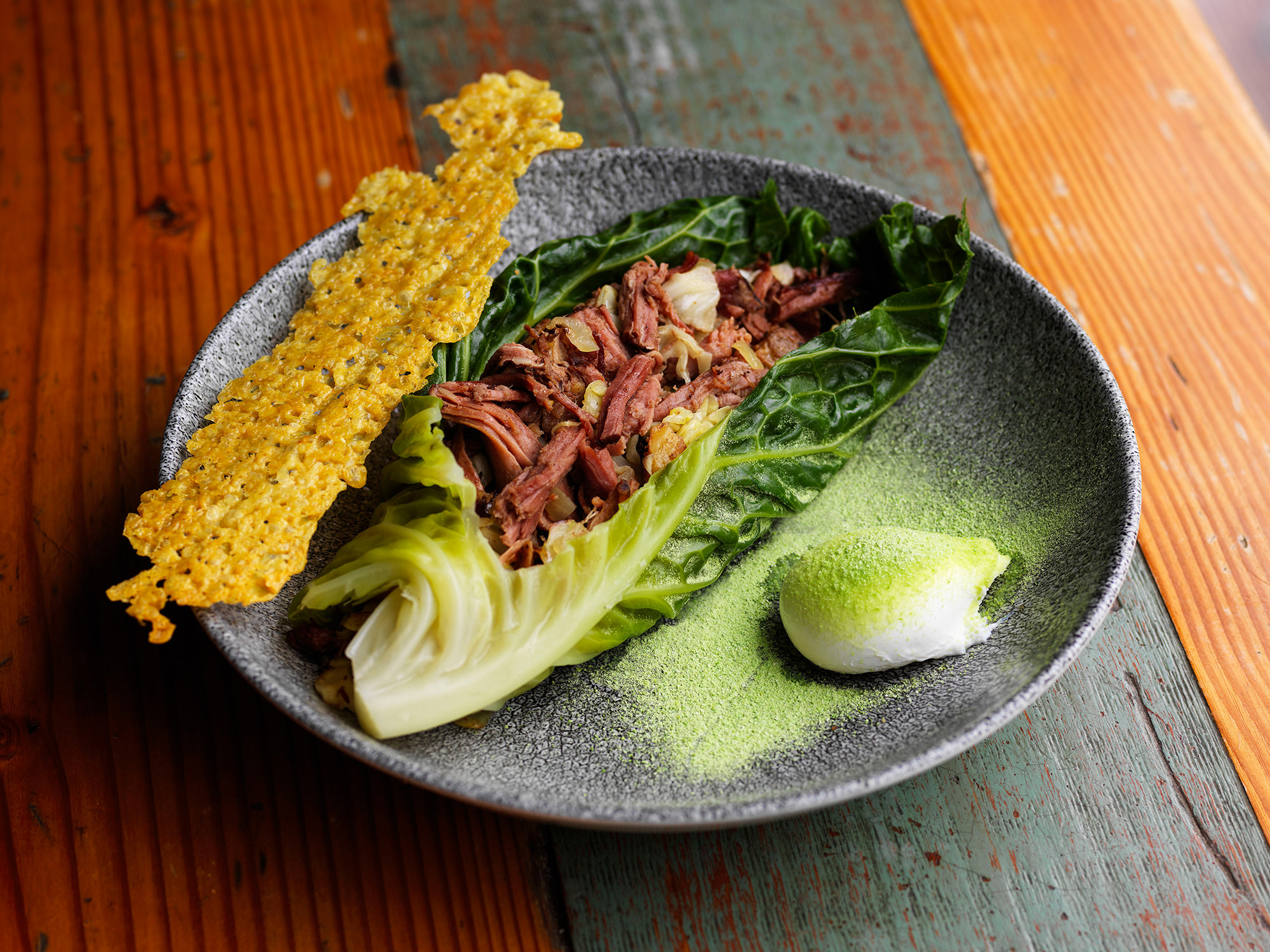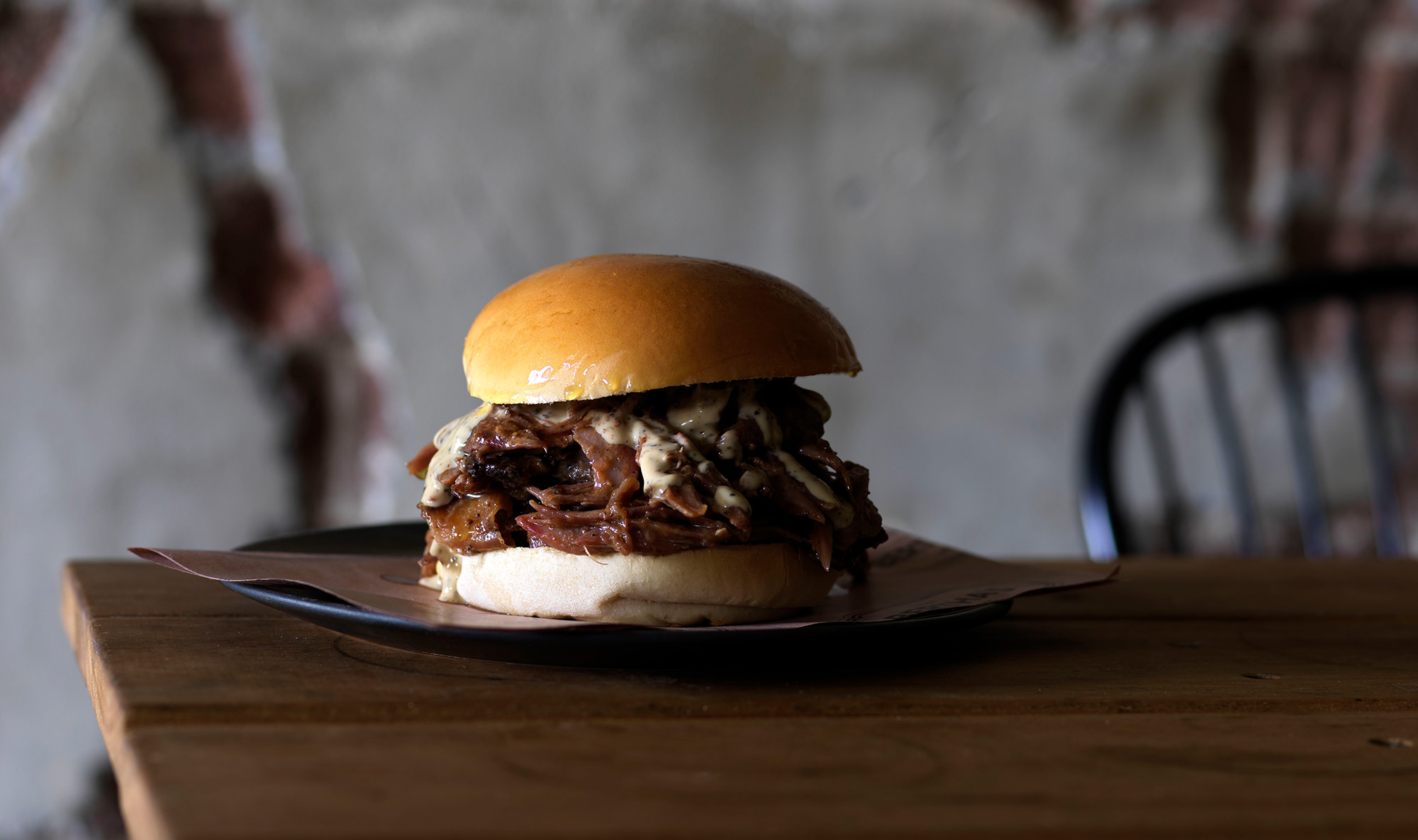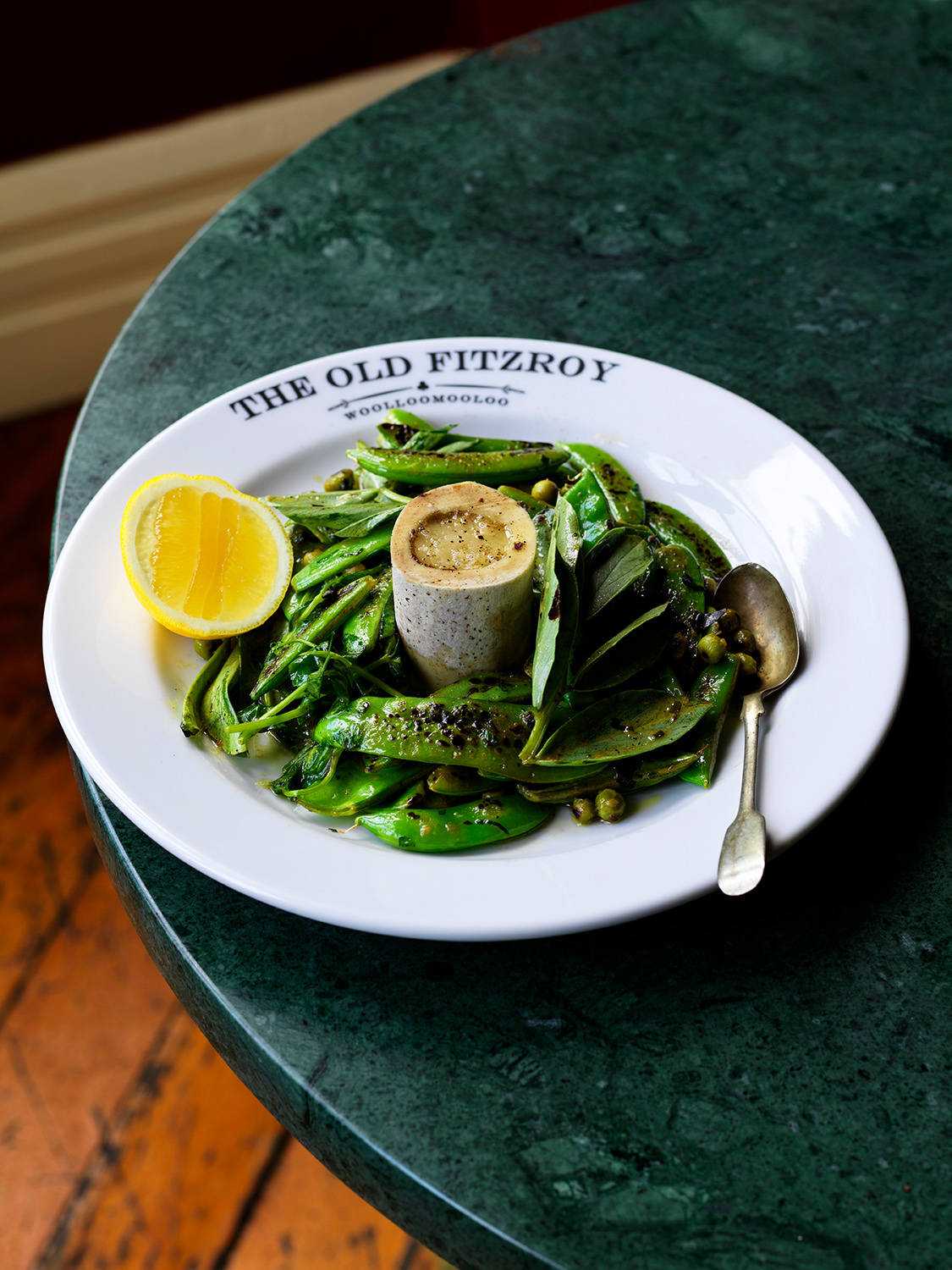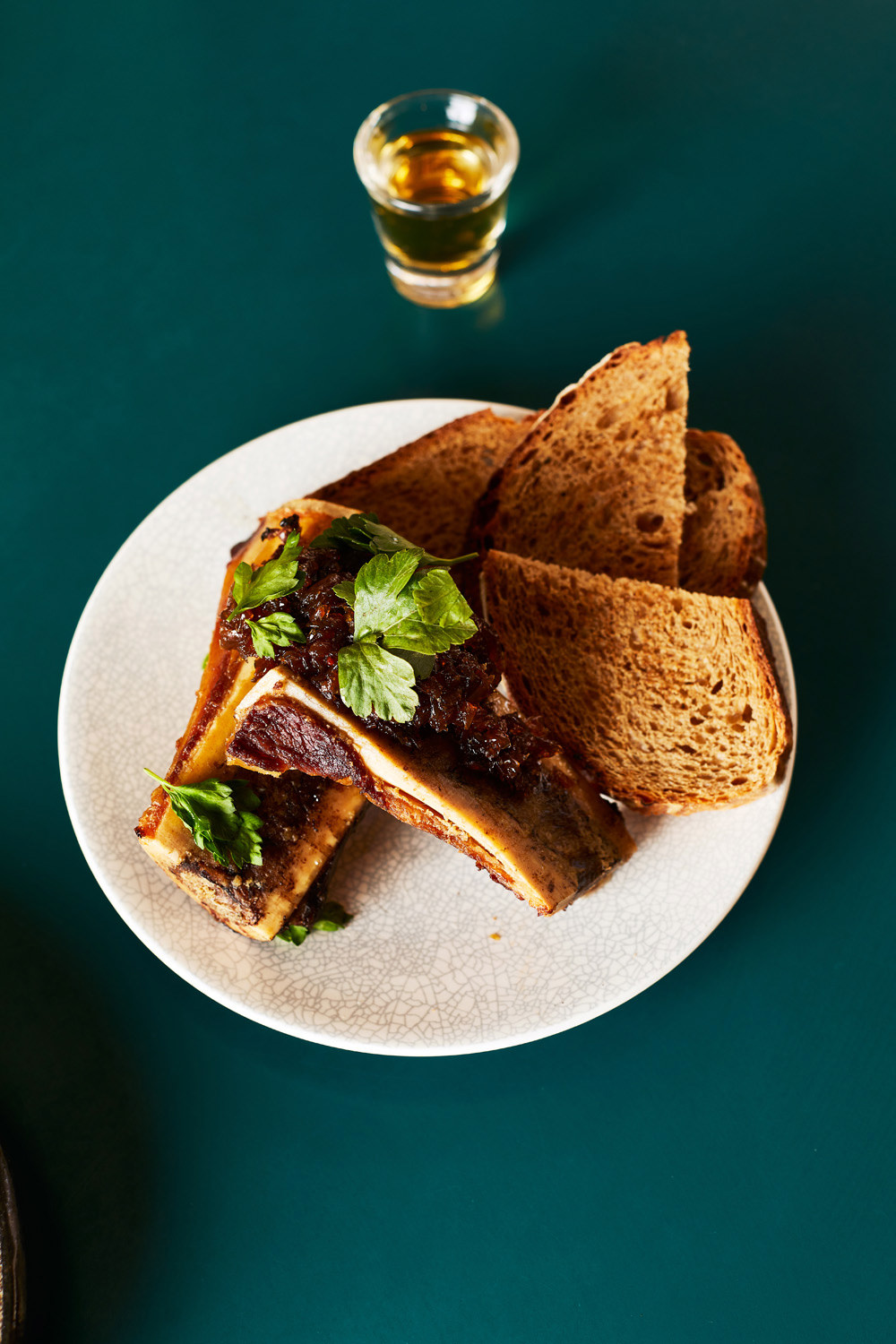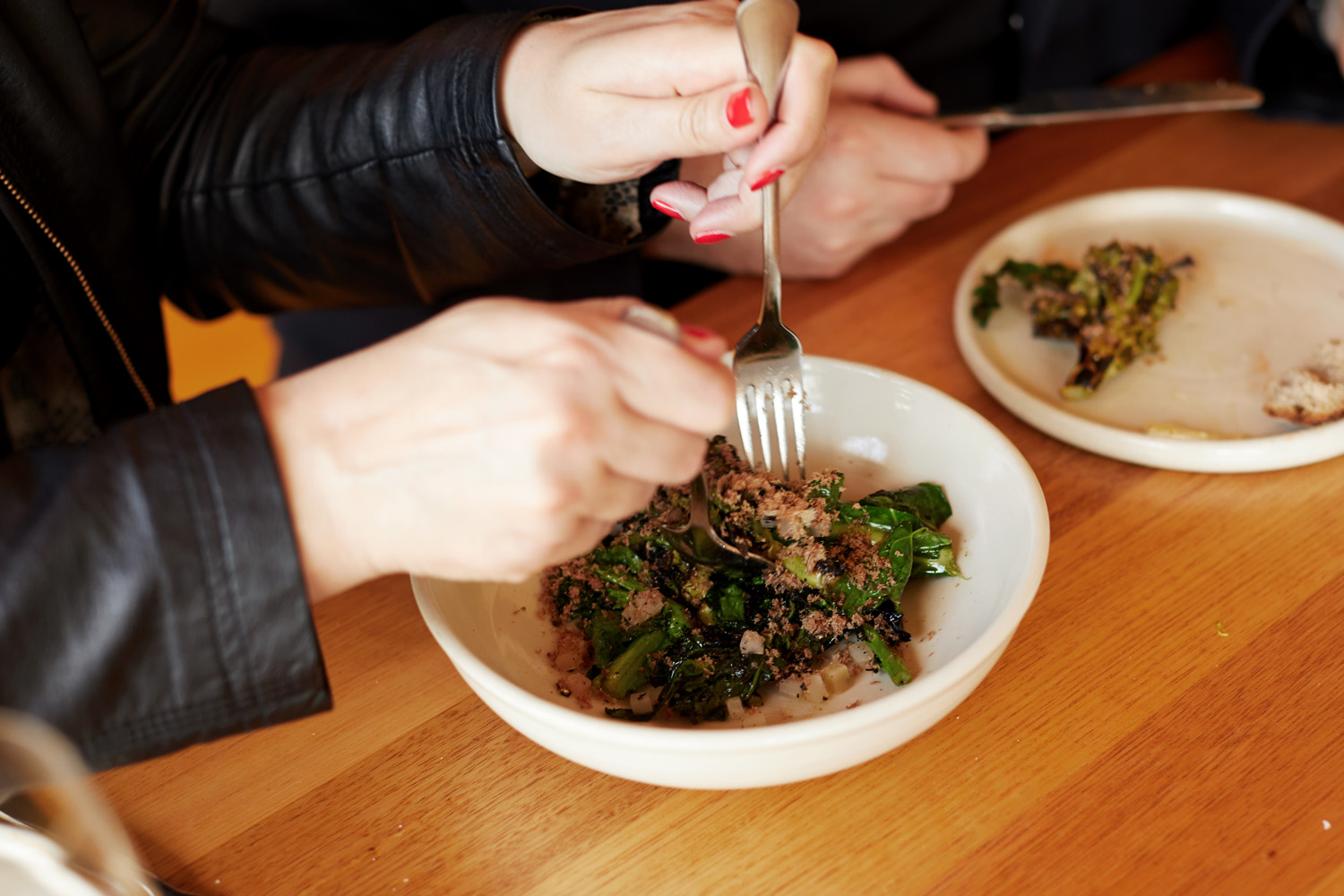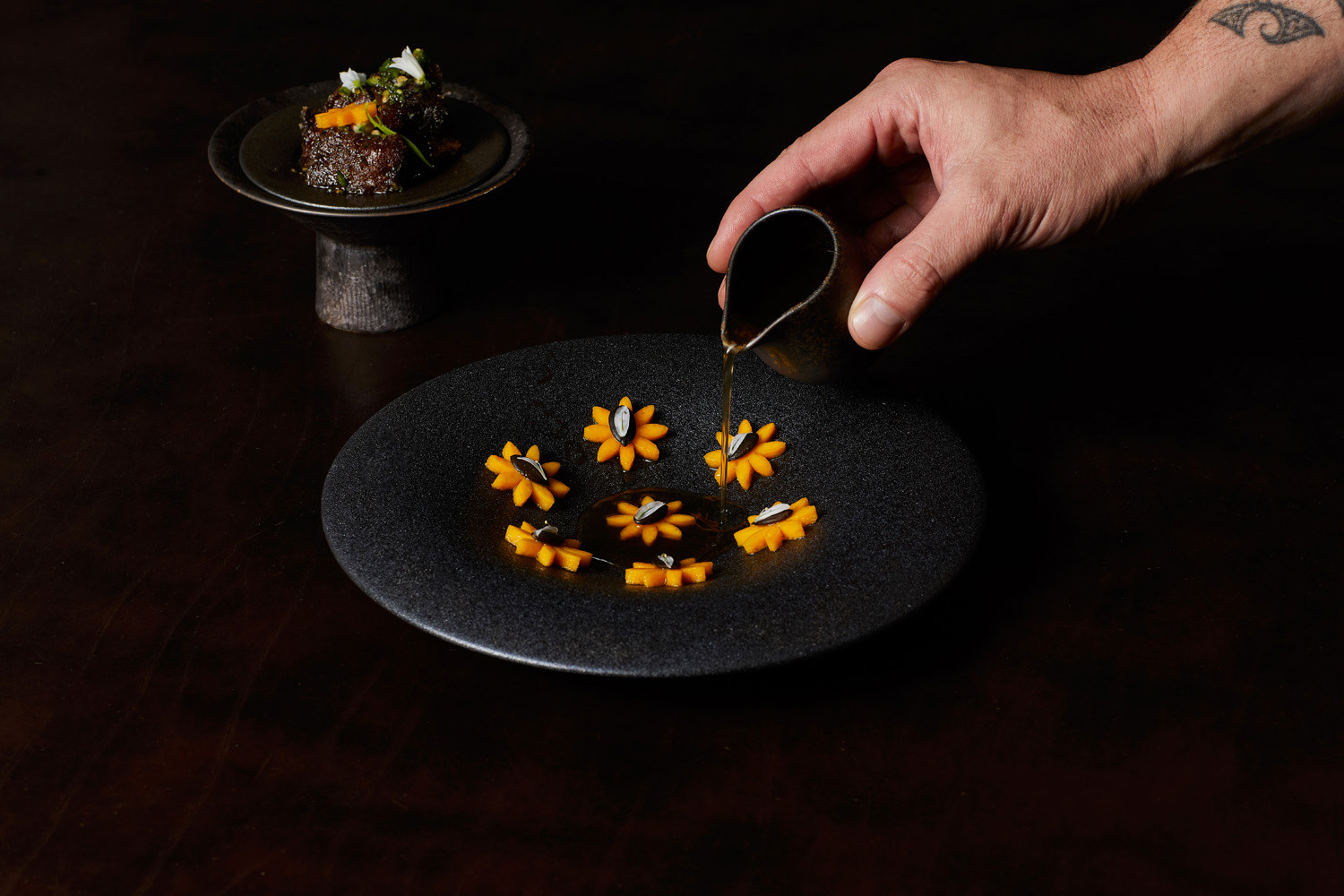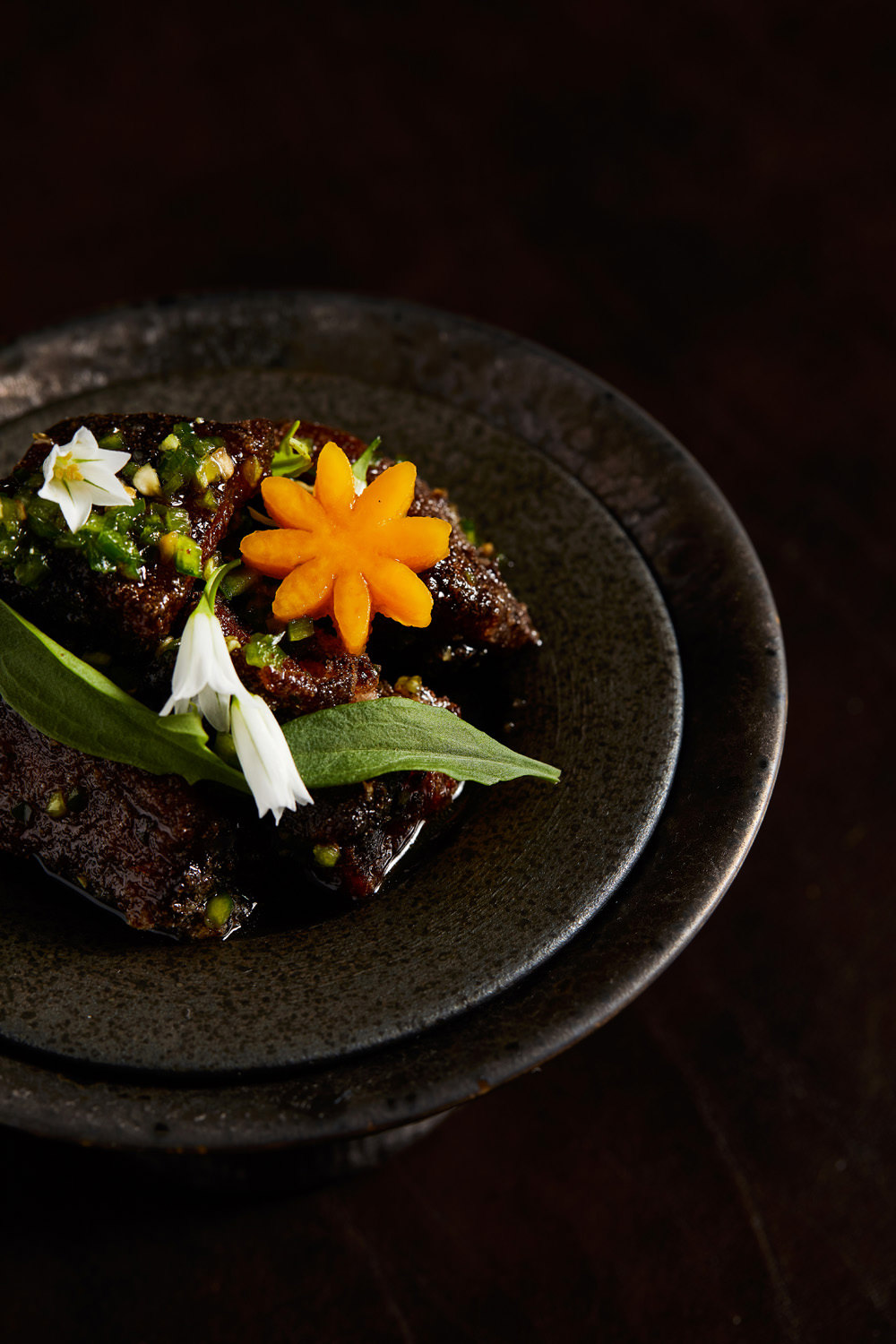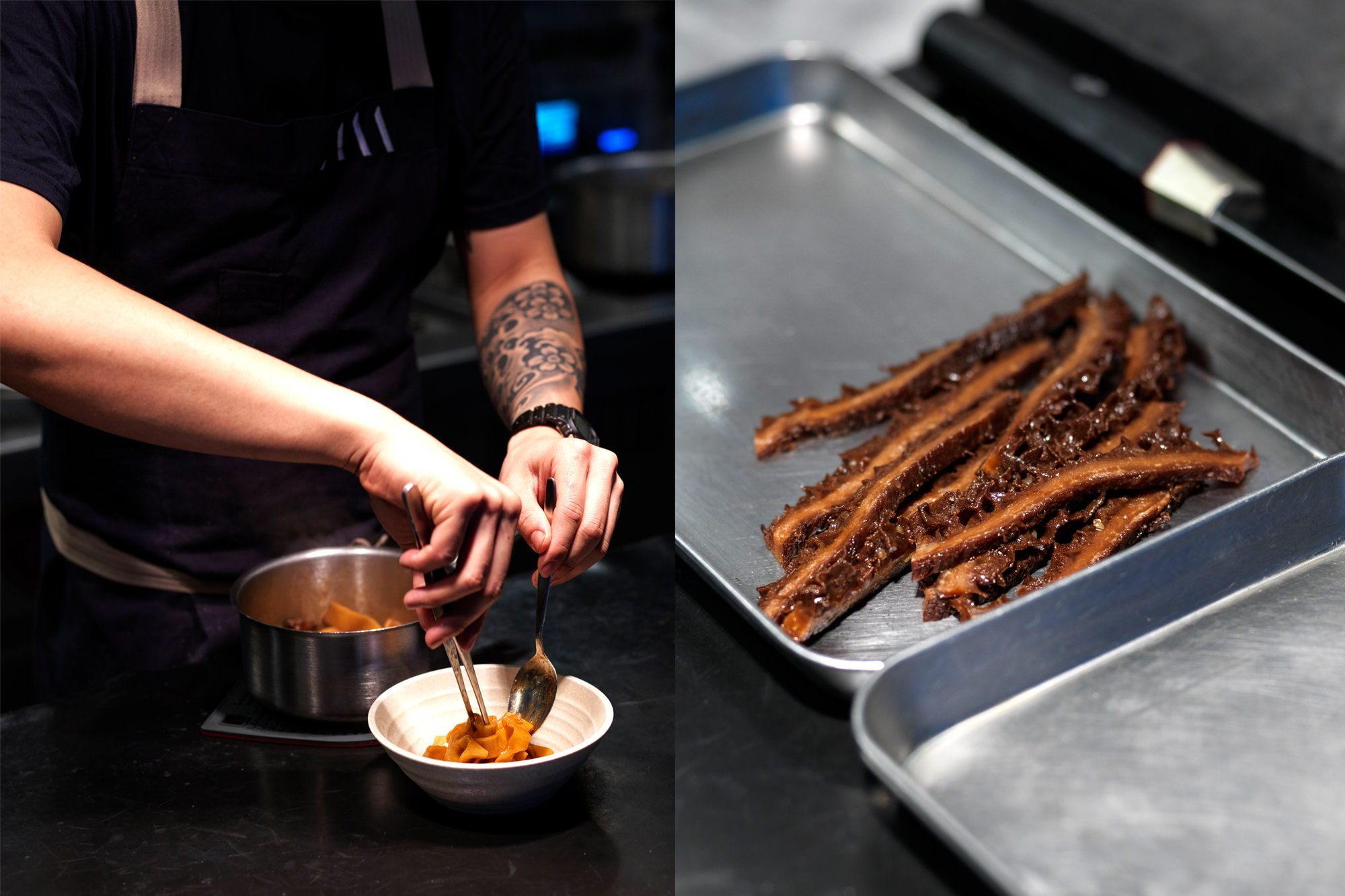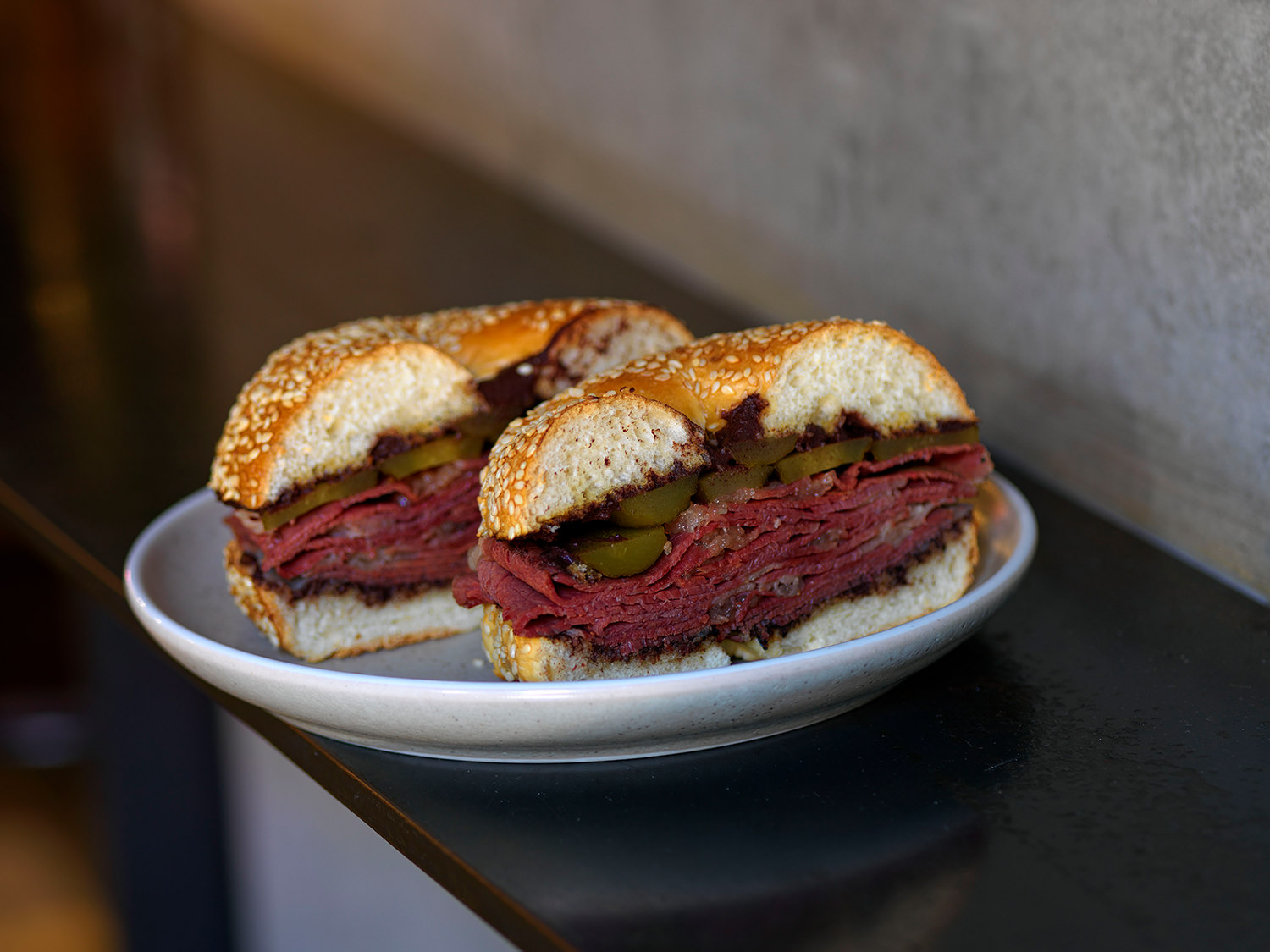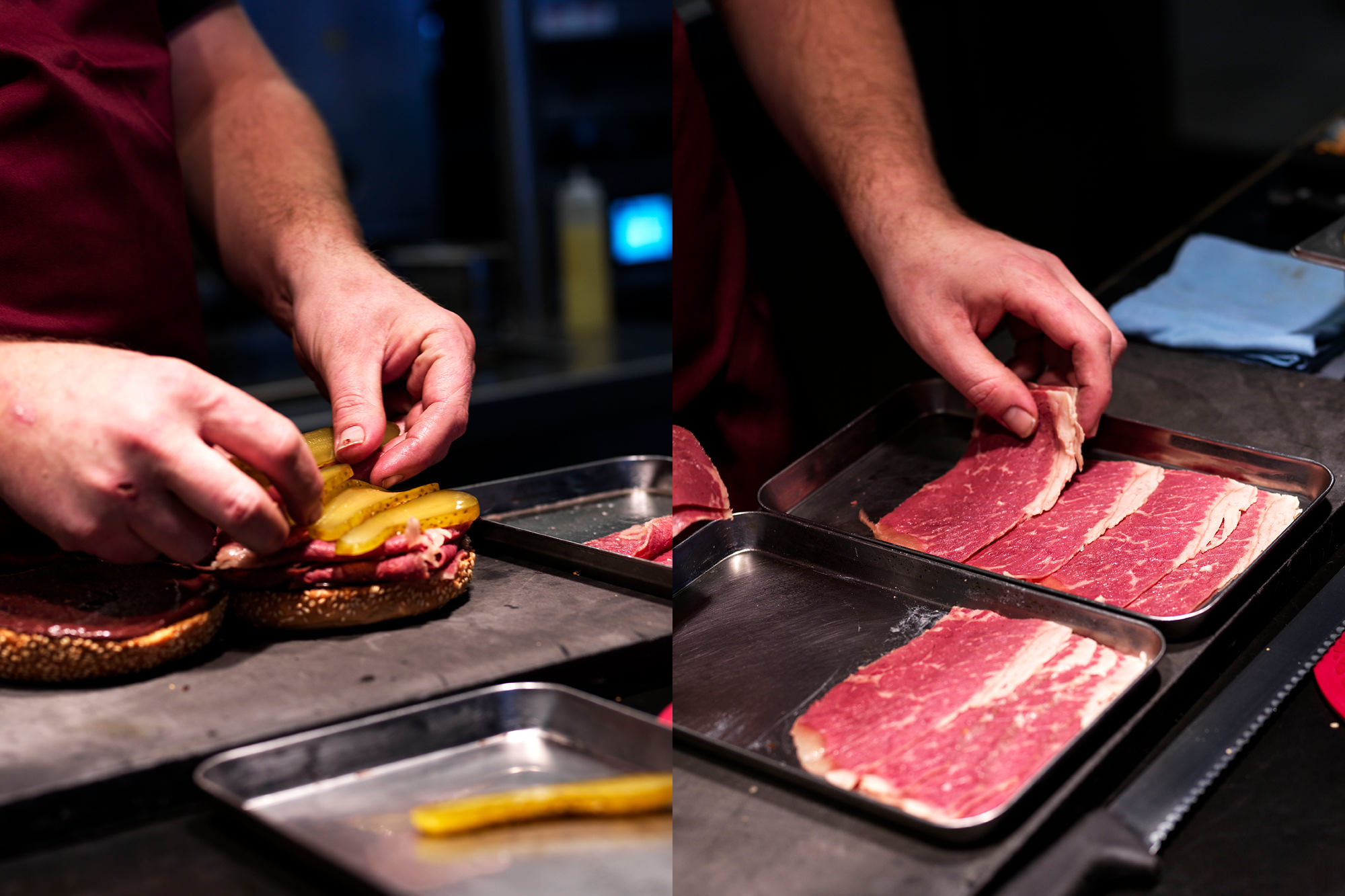Editors’
Letters

Welcome to issue eight of our seasonal e-magazine. I feel incredibly privileged to share with you the stories of Australian beef and lamb from paddock to plate – from our inspiring producers and formidable chef editors to the exceptional beef and lamb dishes on menus around the country and the world.
This issue is dedicated to beautiful beef and the abundance of opportunities when utilising the whole bountiful beef carcase. Common themes weaved throughout the issue shine a light on the prospects and possibilities when communication and collaboration occur through the supply chain.
In planning for this issue, our guest chef editor Clayton Wells from Automata and A1 Canteen in Sydney, expressed an interest in finding out why he can’t always get the cuts he wants when he wants them and so we journey into the Australian beef supply chain for answers. What we find, which I think is more important than answers, are opportunities. With more open communication between producer, processor and customer and a willingness to action change – those opportunities are quite literally endless. It all starts with a conversation. So what do you have to say?
Our feature story on the Grand Hyatt Singapore’s Natural Fall program shows how things can be done differently – all it takes is an idea and an appetite to make it work. Now importing nine full Australian beef carcases every three weeks, including bones and offal, this story looks at a different procurement model for beef and the swag of benefits that come with it. This incredible story sets a benchmark for what is possible when passionate chefs collaborate with a proactive processor. It rewards producers for the exceptional work they do and provides customers with better quality, better value and a greater range of beef cuts on menu. Did we mention one price per kilo for beef?
This issue is literally packed from end to end – or more pertinently from tongue to tail – with ideas and inspiration for utilising all parts of the beef carcase. Our On the Menu section is an ode to the beef carcase with dishes utilising non-loin cuts from the tongue to the tail and everything in between. It’s inspiring to see so many chefs exploring life beyond the loin, getting creative with cuts and educating and engaging diners with the possibilities of Australian beef in the process.
We are all busy and sometimes convenience trumps creativity but how do we move forward if we don’t challenge the status quo? In this issue, we encourage you to think a little differently, collaborate and communicate more openly and create your own opportunities for change.
Don’t look back – you’re not going that way. The future is now and it’s bright. How are you going to shine?
Mary-Jane Morse
Meat & Livestock Australia
[email protected]
@_raremedium
When MJ and I started brainstorming, I wanted to understand why we chefs have issues obtaining less popular cuts on a regular basis considering the size of the beef industry here in Australia. Where does all the offal go? I have always wanted to be able to serve cuts like beef heart & veal sweetbreads to my customers, but I always end up at a roadblock when it comes to consistency in supply.
We headed up to Casino, NSW to the Northern Co-operative Meat Company (NCMC) where we met with Mark Manning and took a tour of their farms and processing facilities. It was inspiring to see the co-operative model working so well, especially in times of drought and seeing how they manage the land to still produce great consistent pasture-raised beef. Part of our conversations led us to discuss my issues as a chef with supply and I soon realised it really is just about establishing a relationship with people closer to the product.
A few weeks later we headed down to Tassie, which is one of my favourite spots, to basically try and eat every beef dish in the state. It started with a beef pie, then a bunch of excellent meals and good times and ended with…more pies.
I hope you enjoy this issue as much as we have enjoyed being part of it, I hope this opens up more conversations and opportunities for us all when it comes to our wonderful Aussie beef.
Love your work MJ & Macca.
Clayton Wells
Automata & A1 Canteen
@c_j_wells
@automata_syd
@a1canteen
Copyright: this publication is published by Meat & Livestock Australia Limited ABN 39 081 678 364 (MLA).


